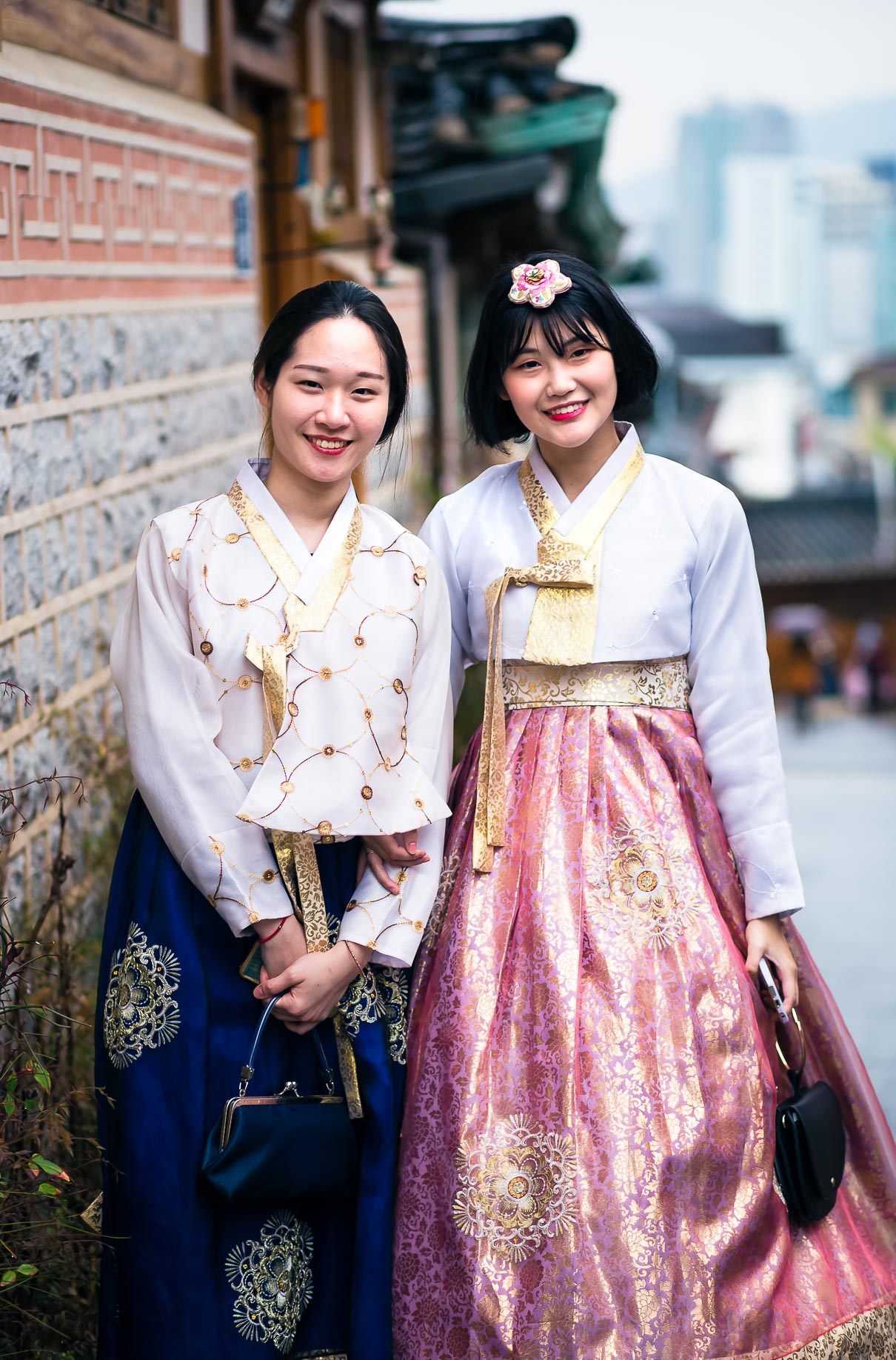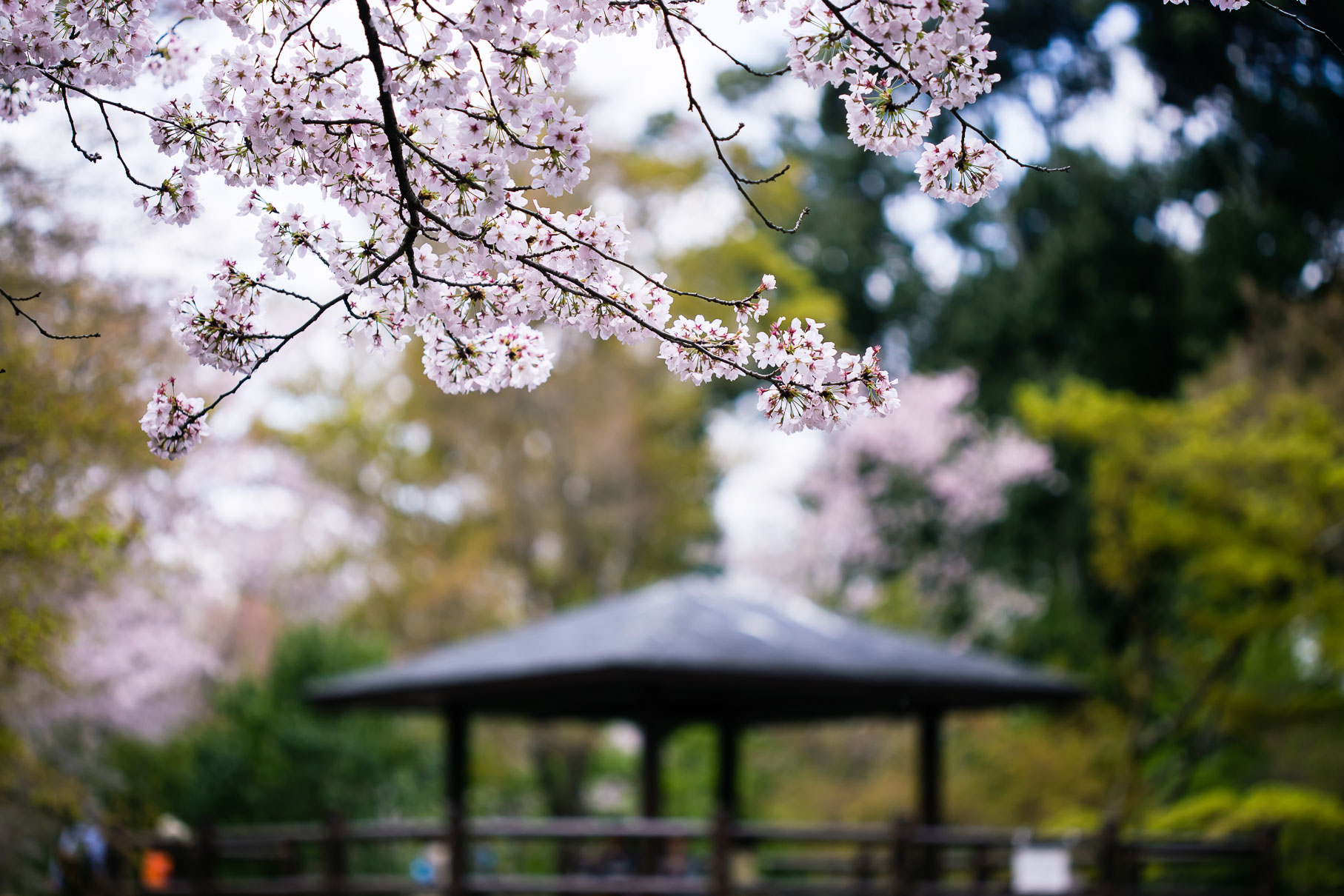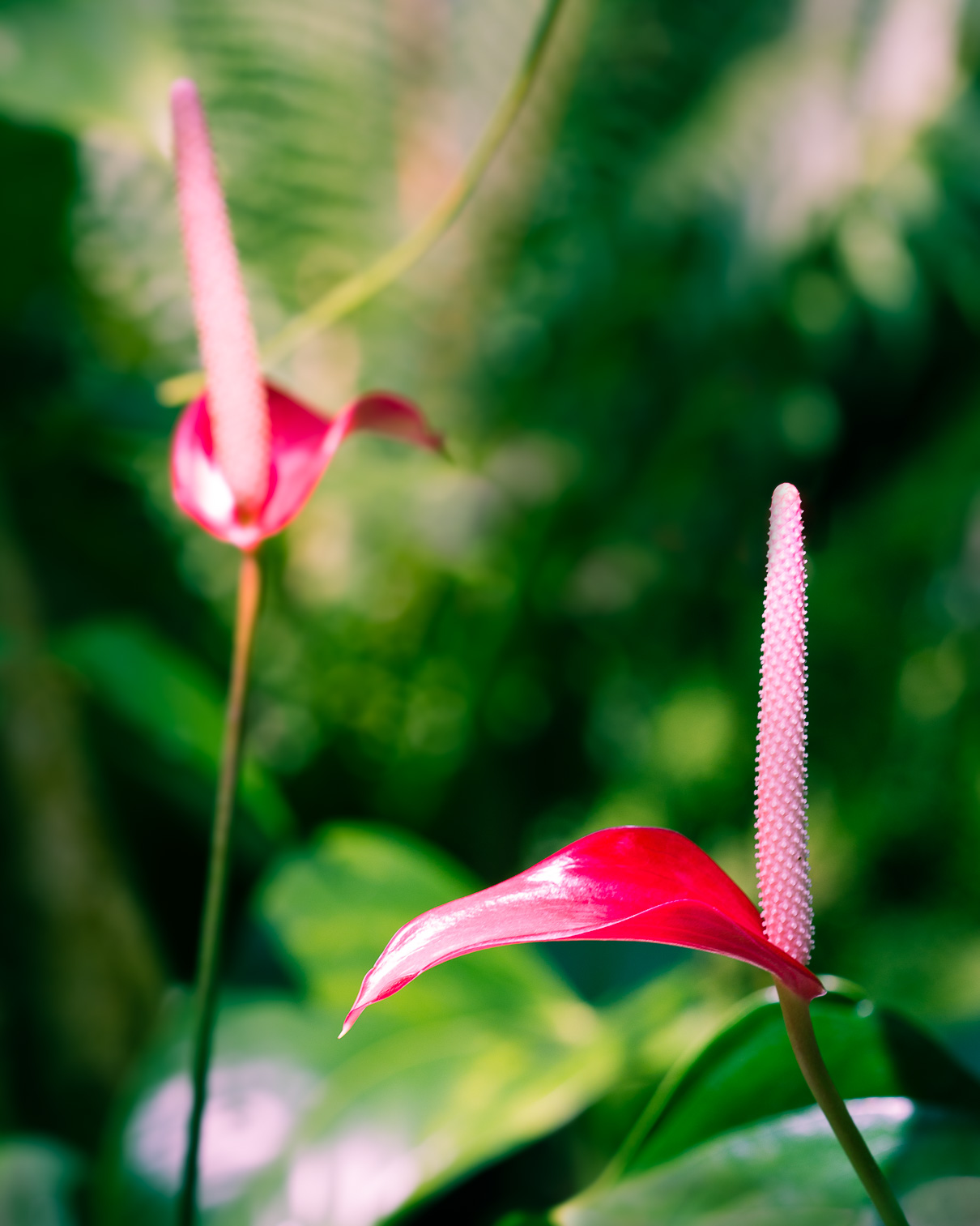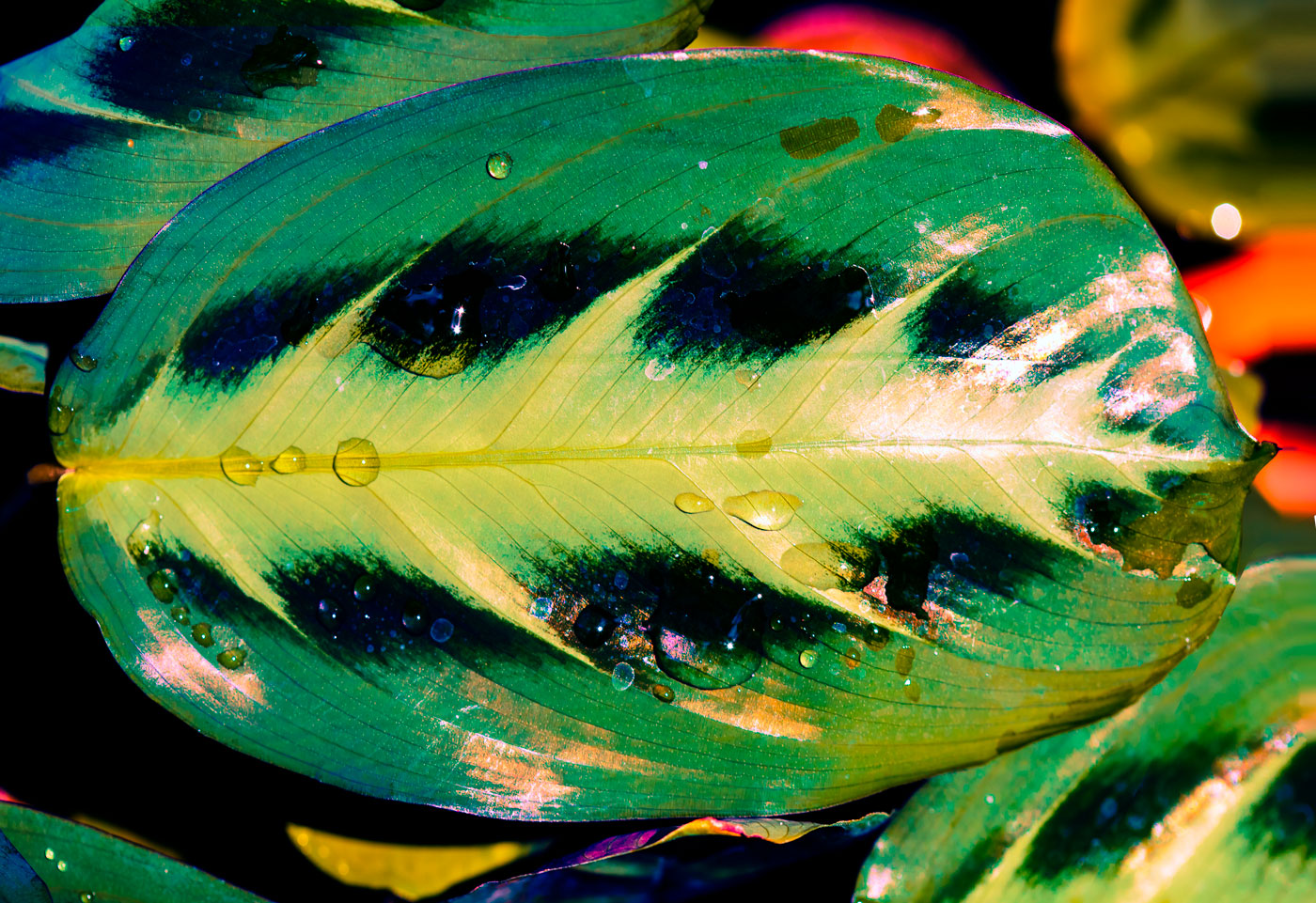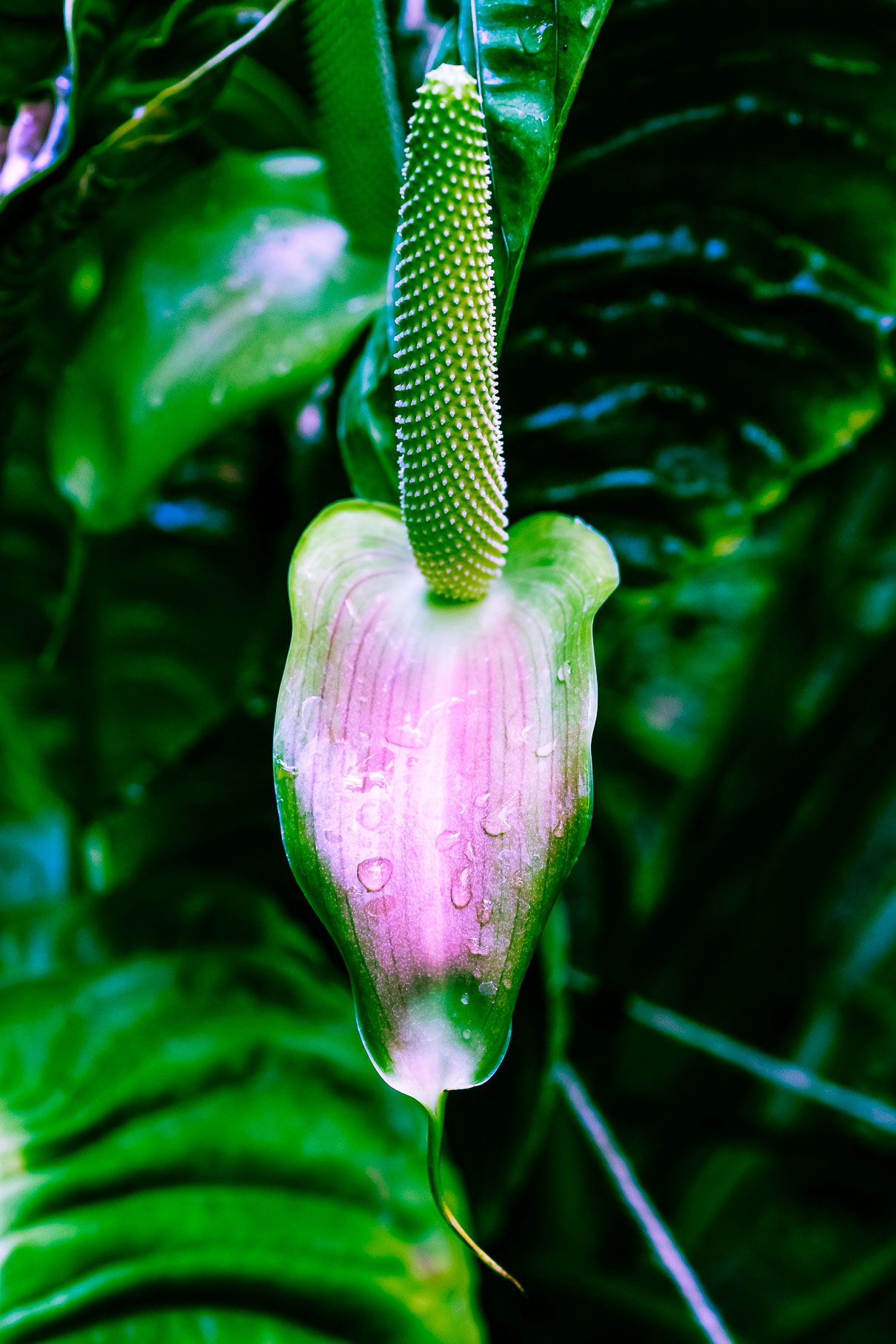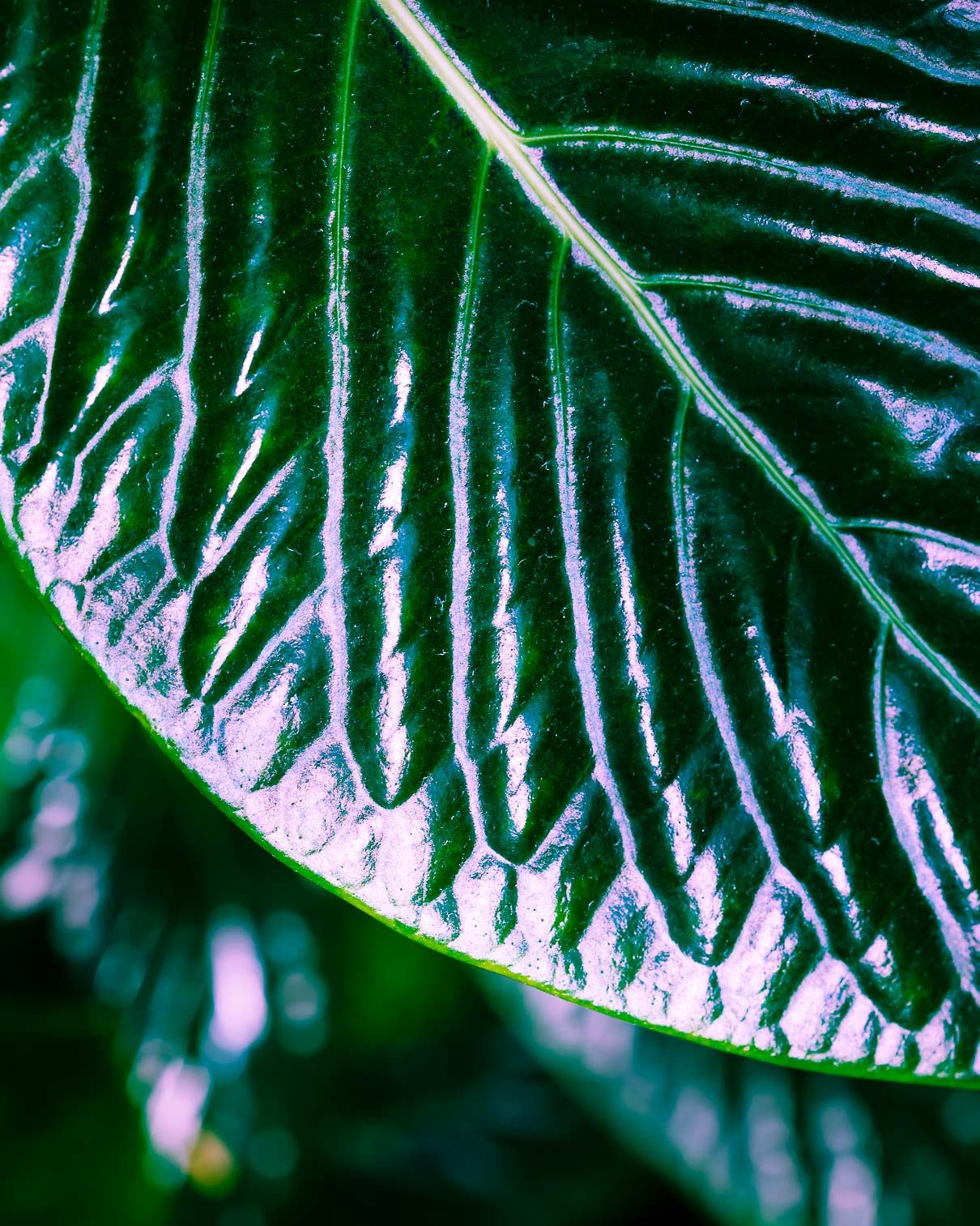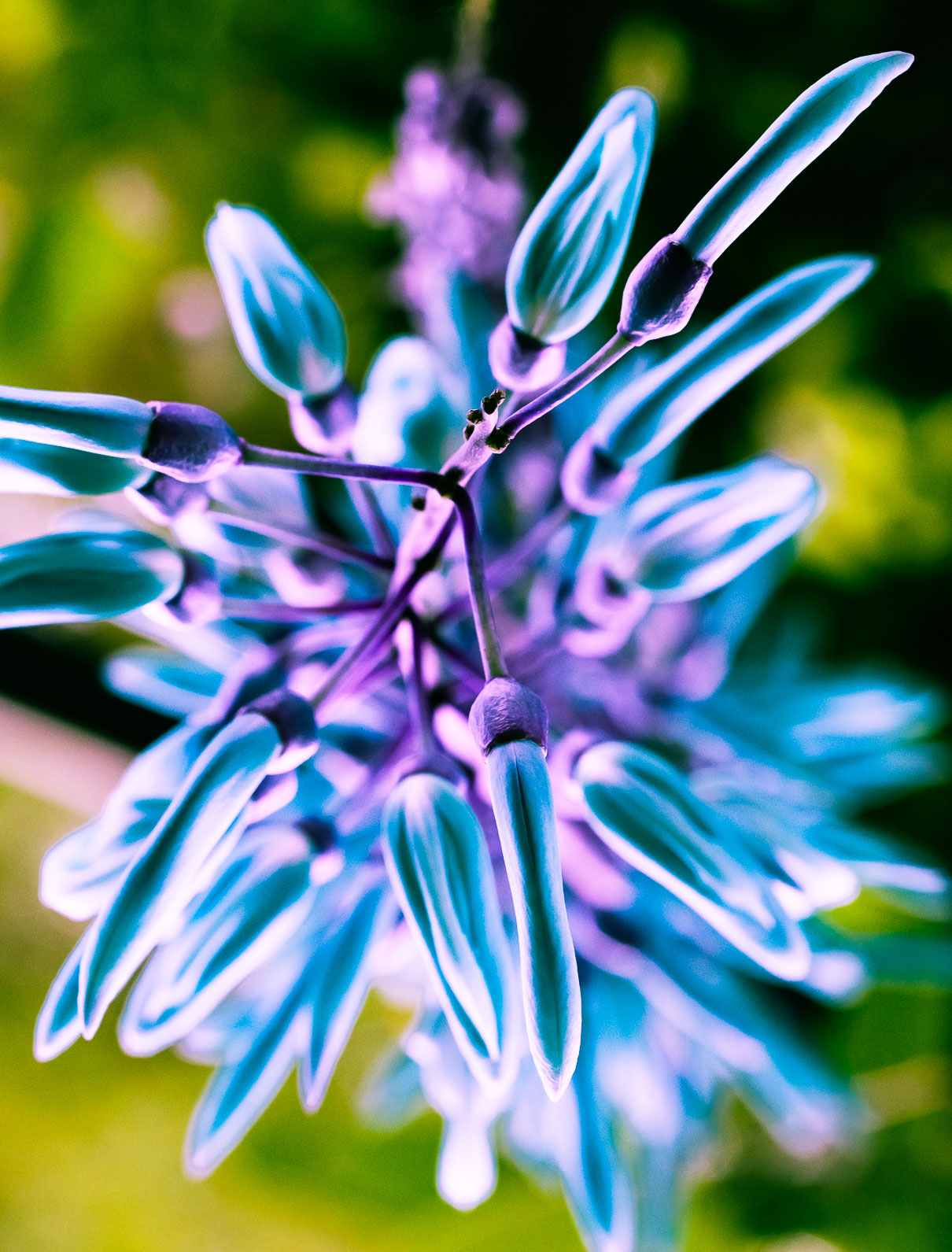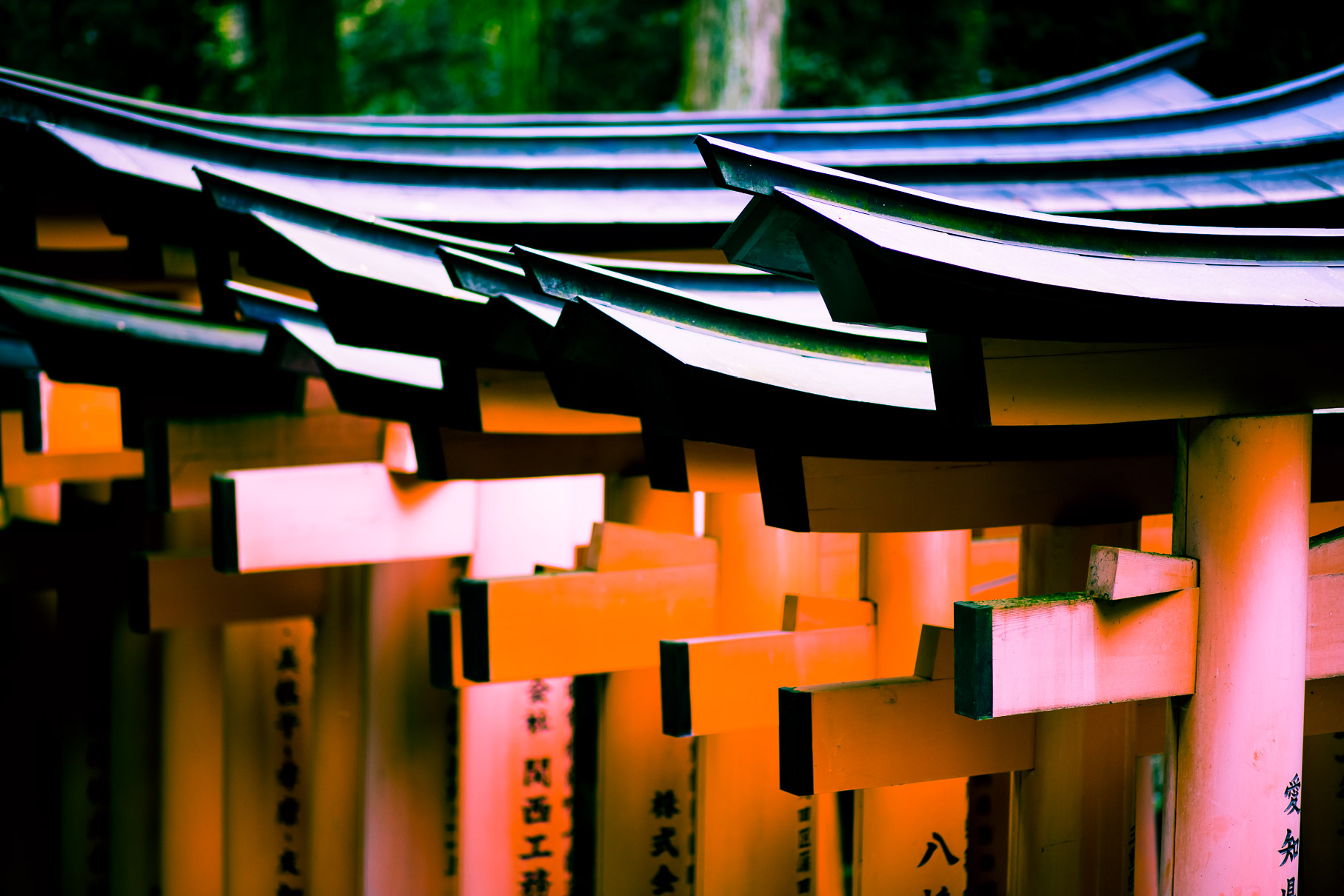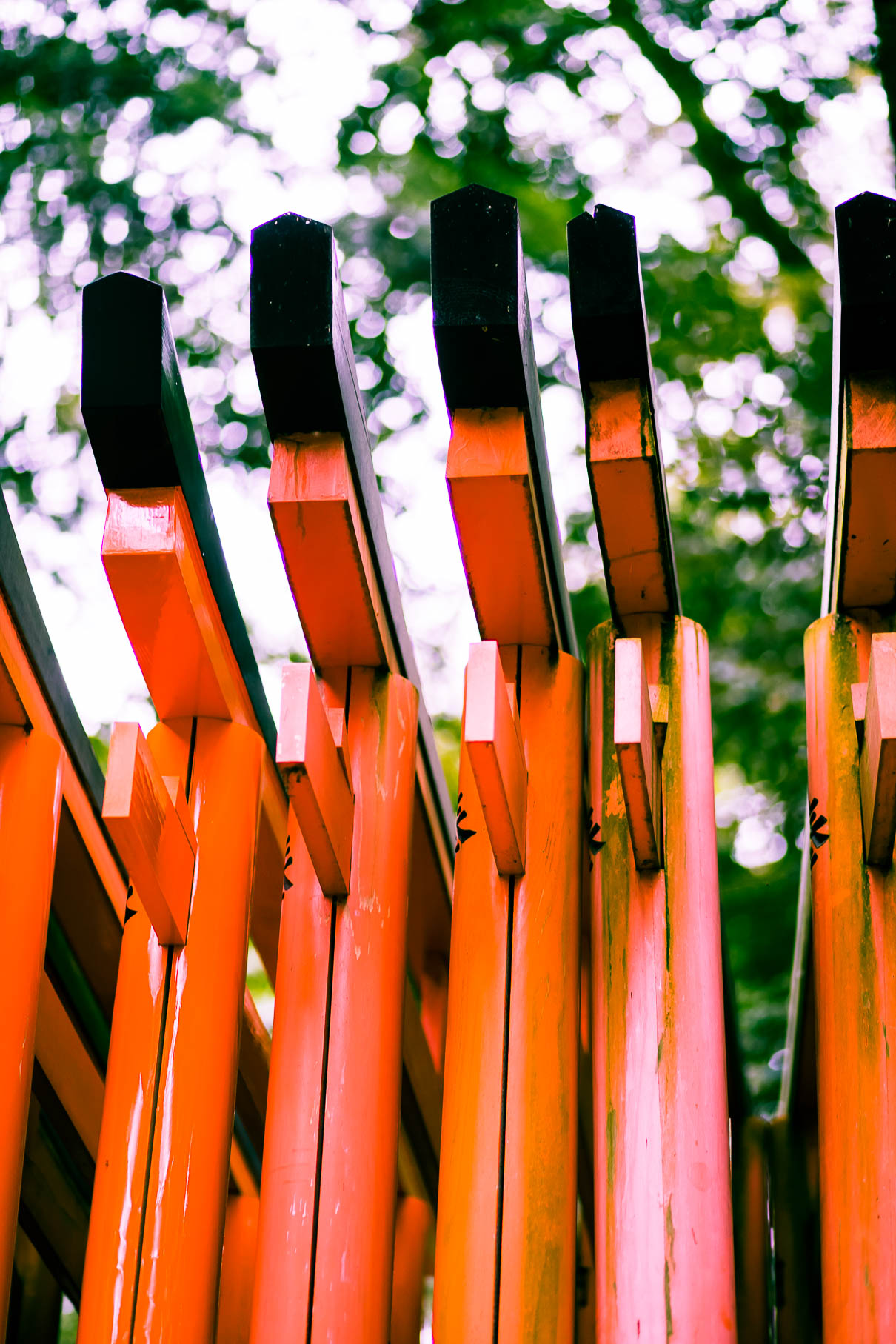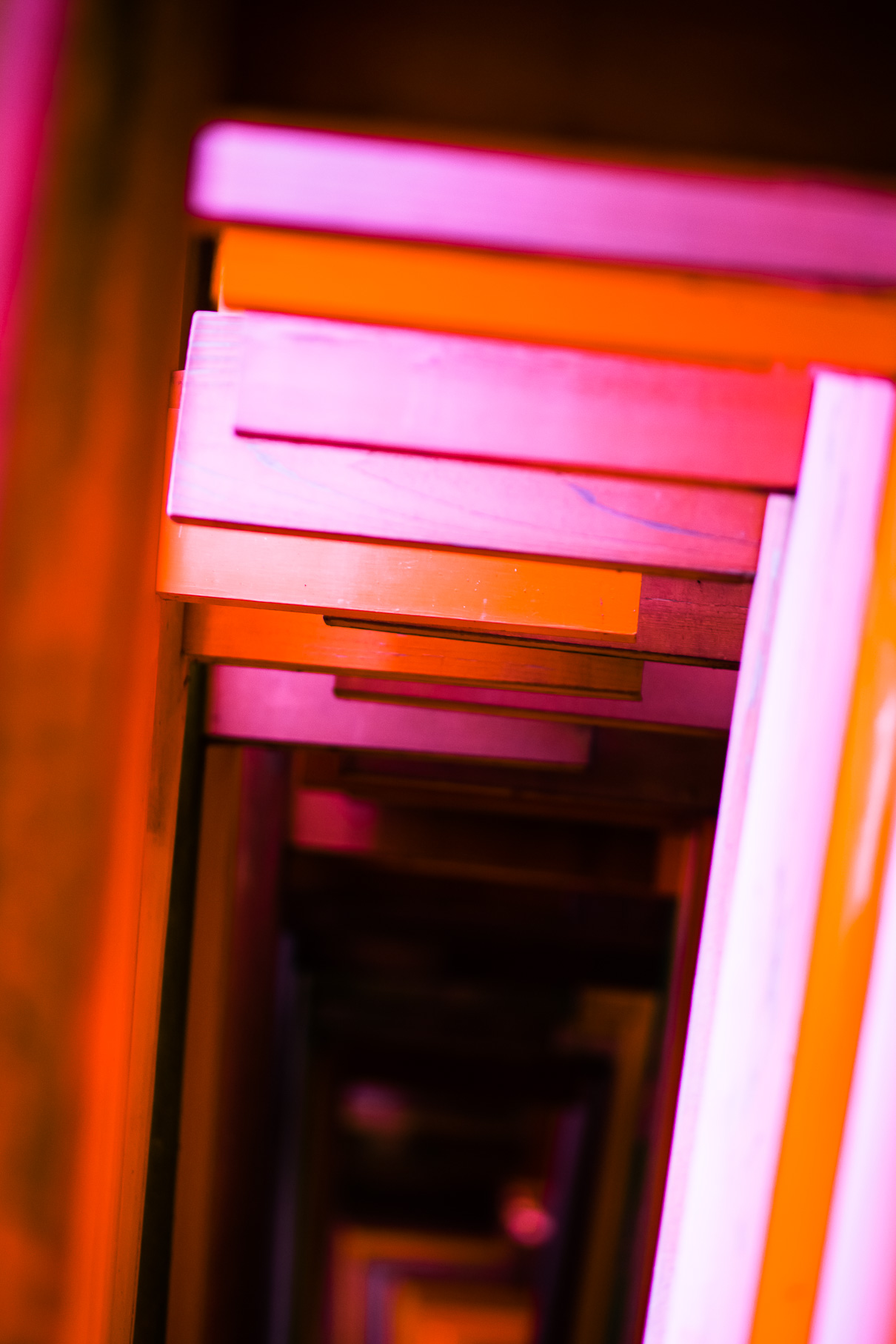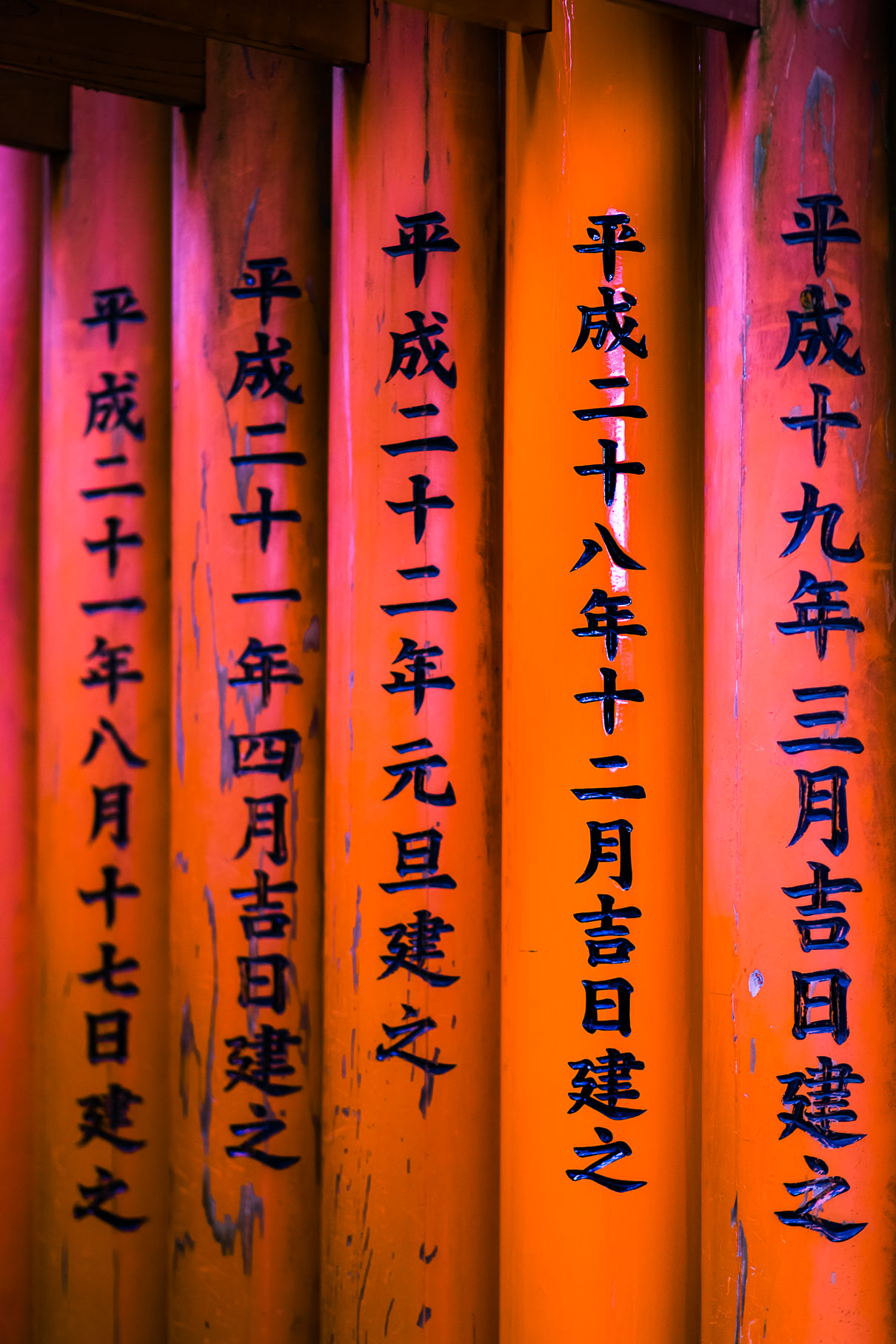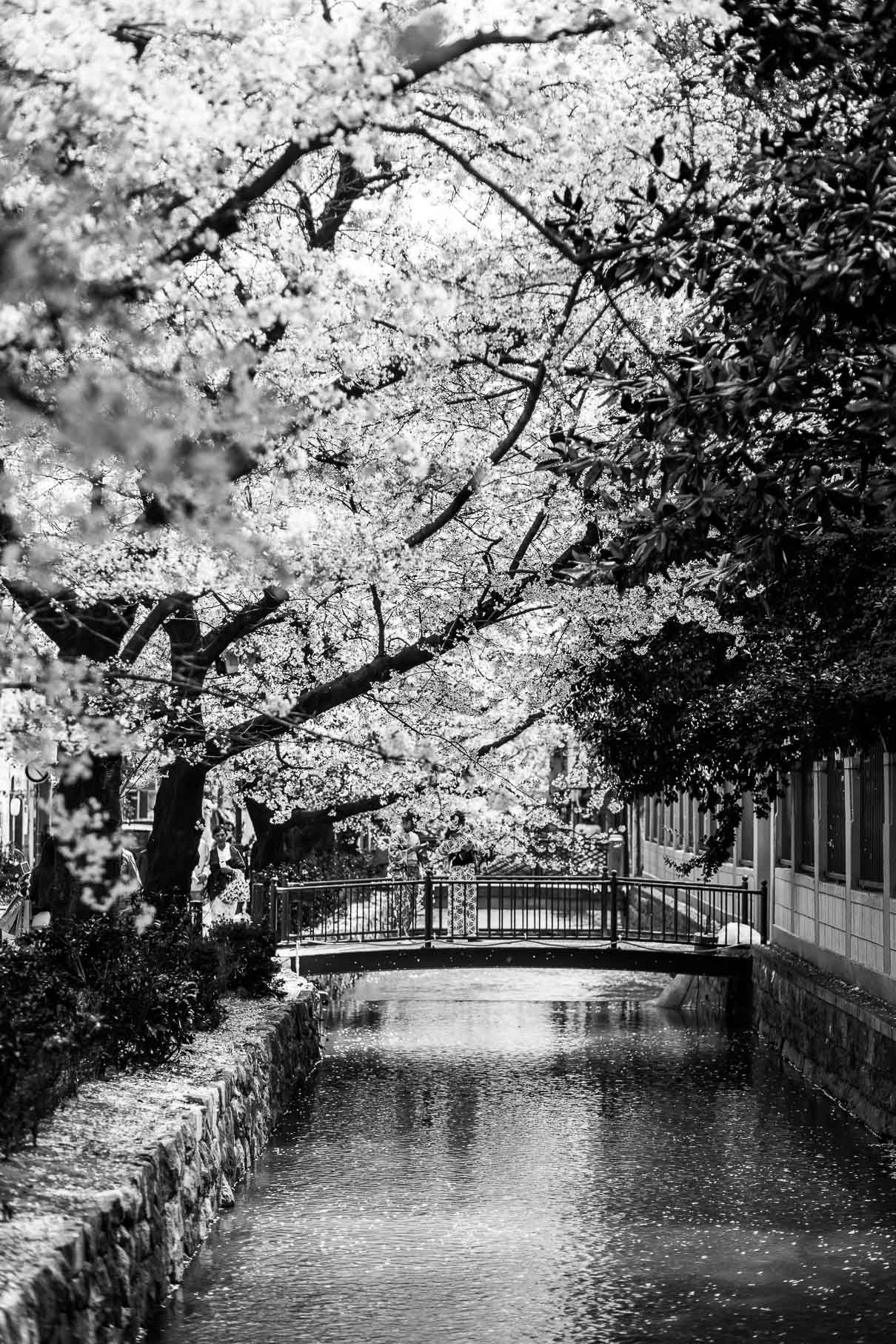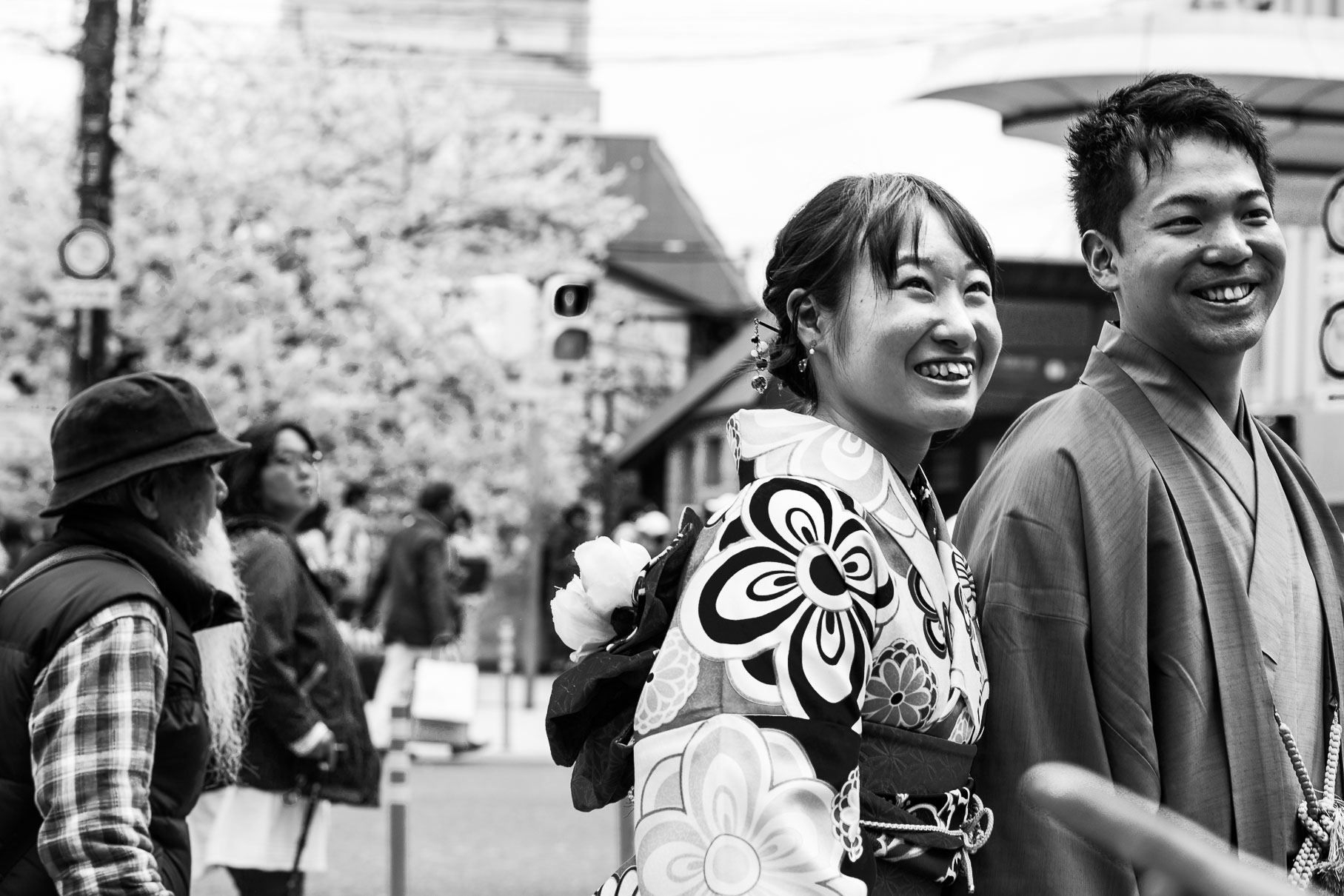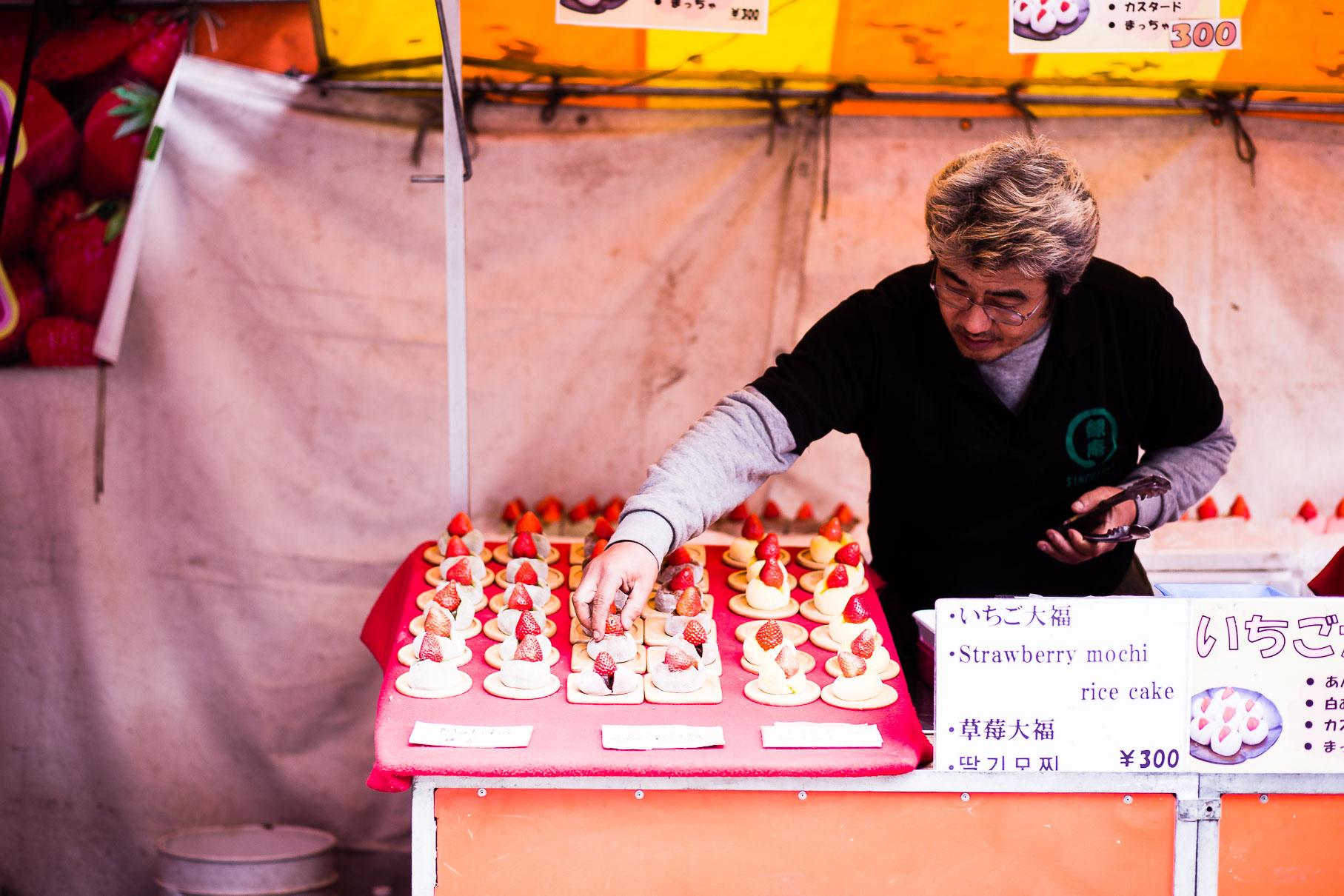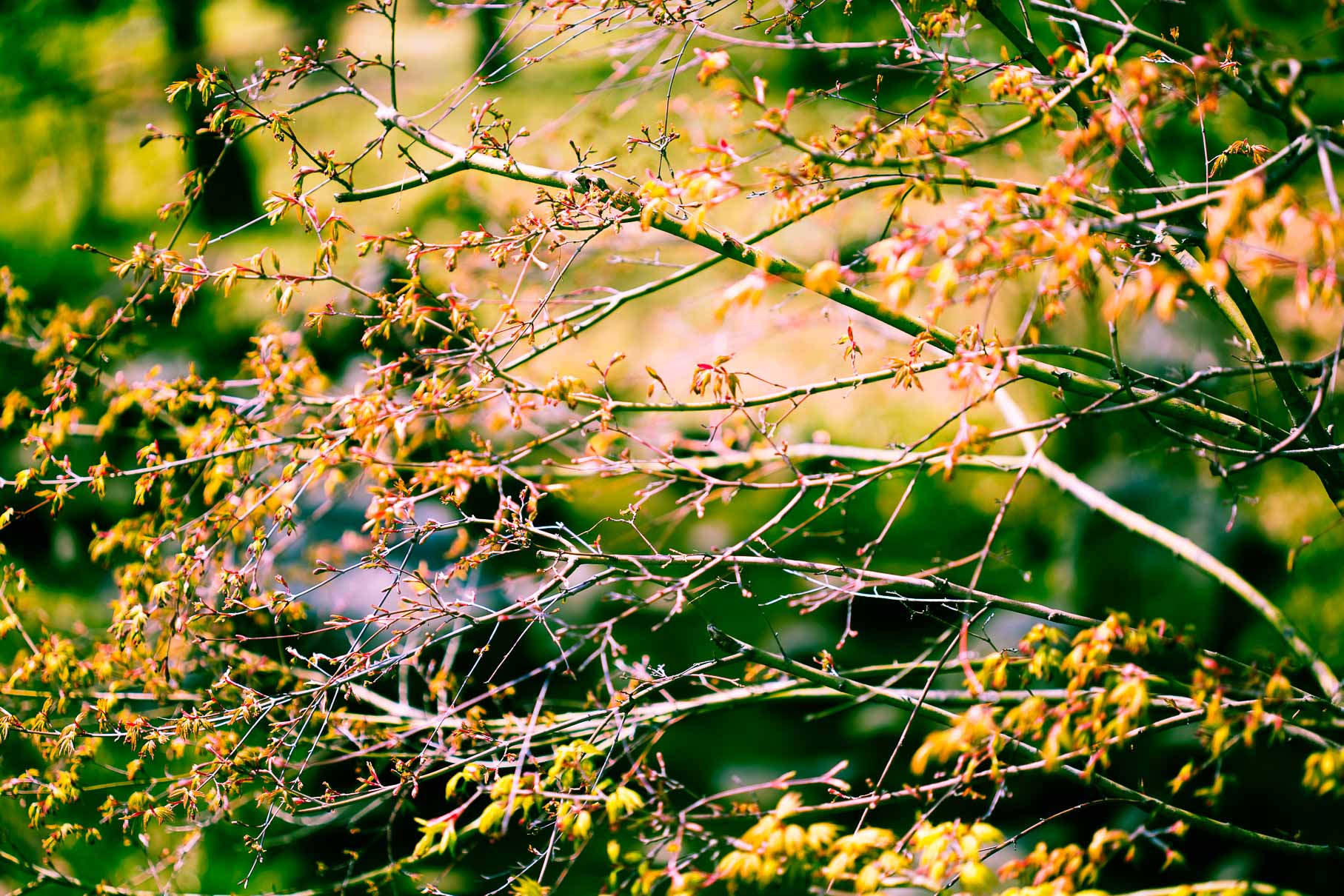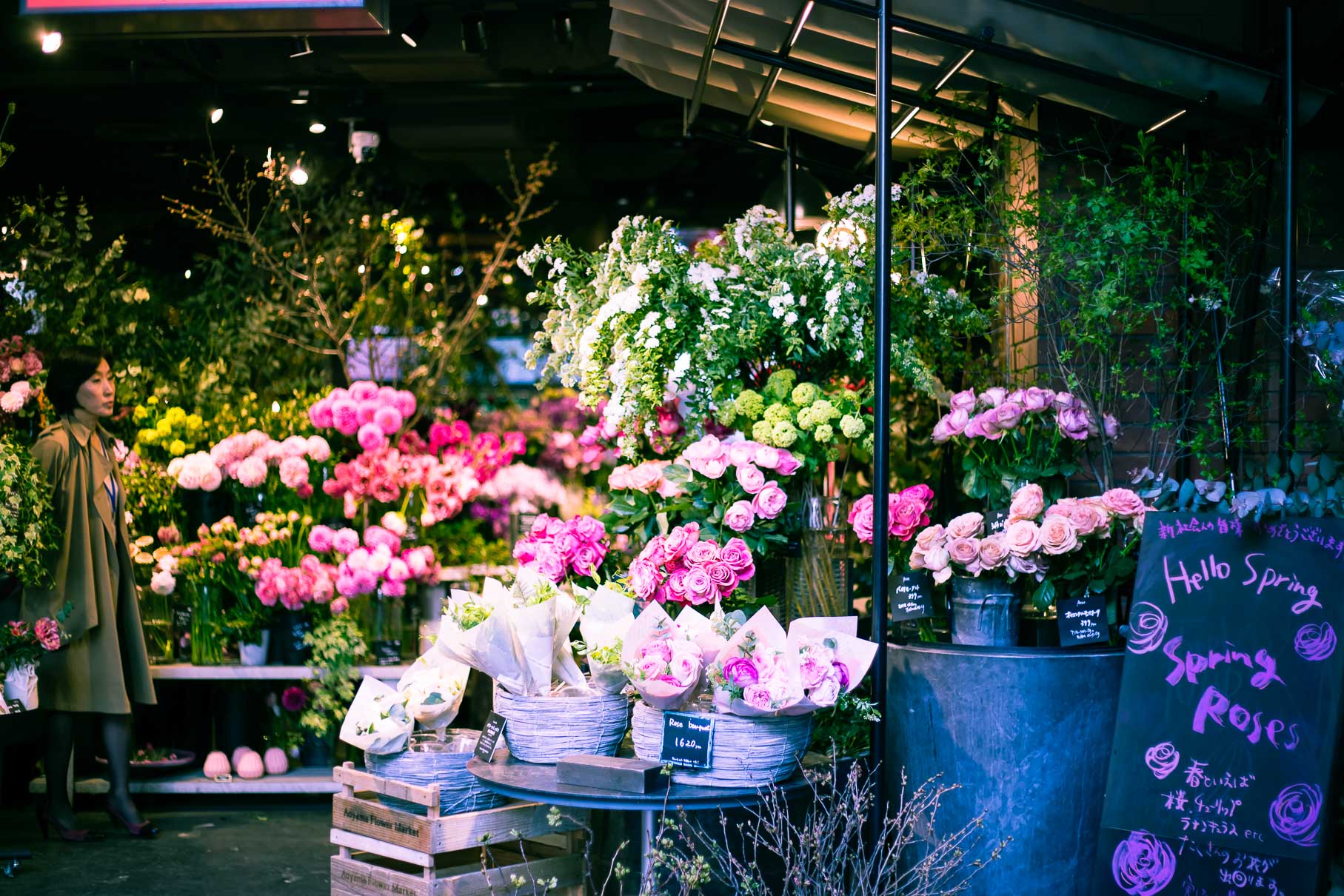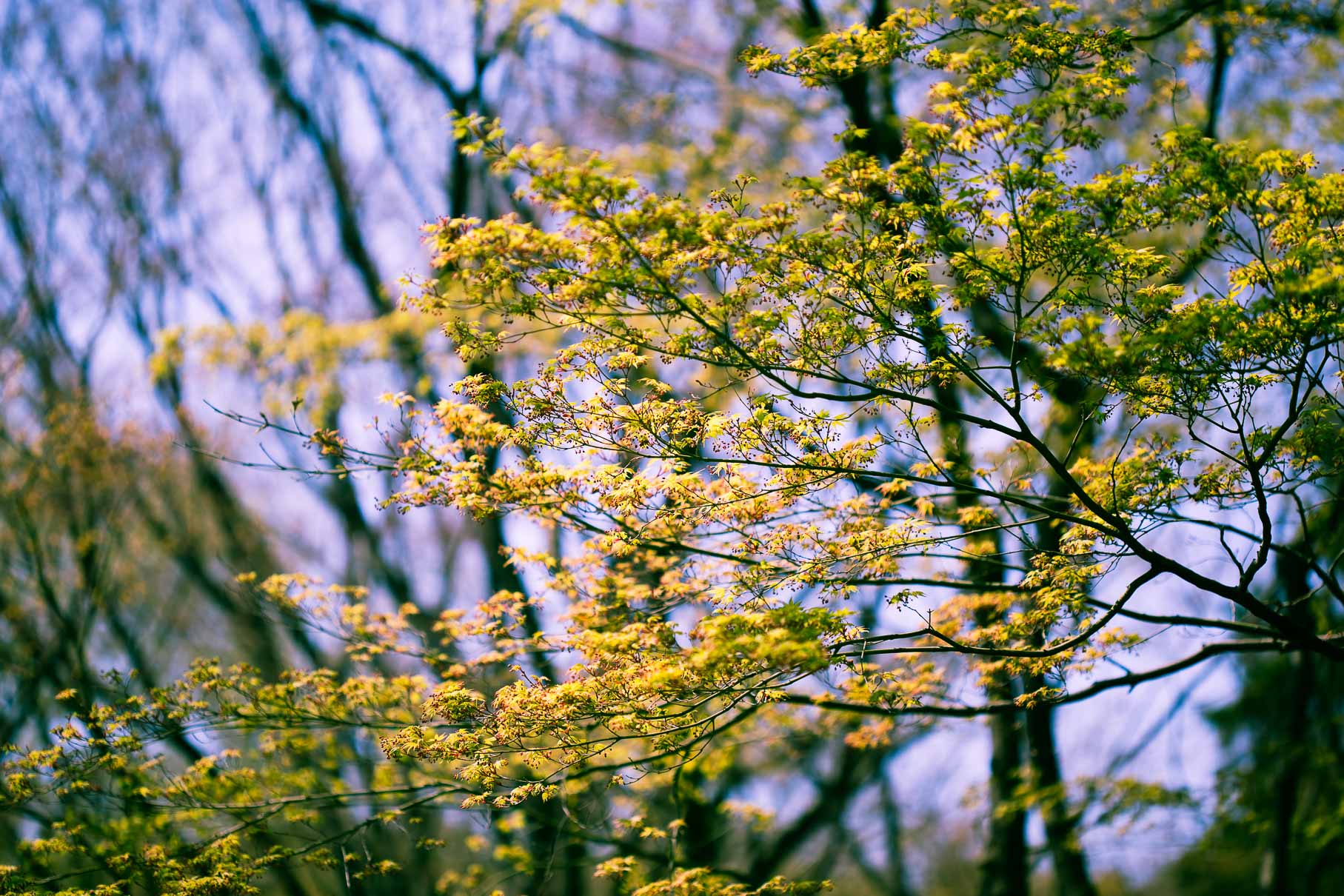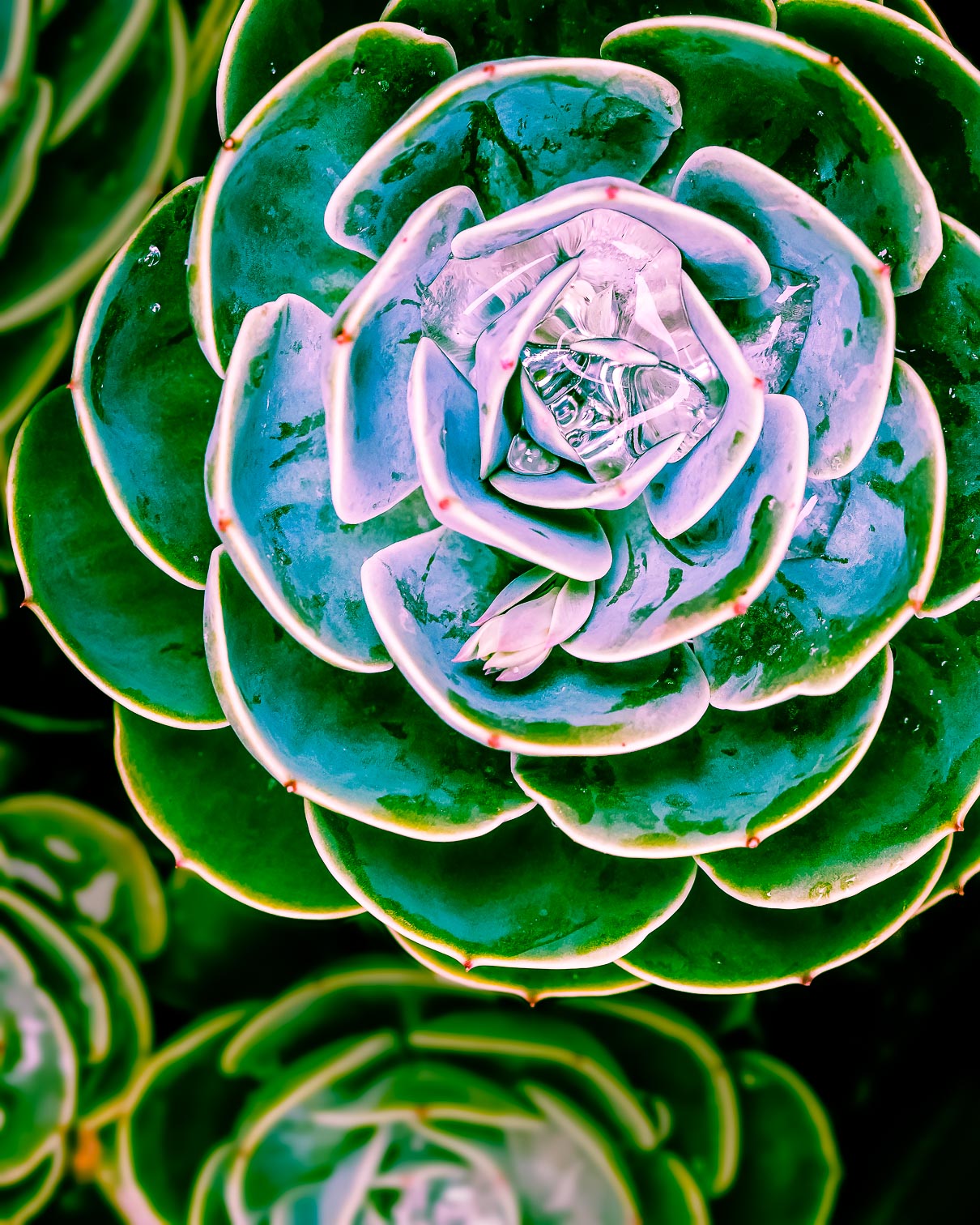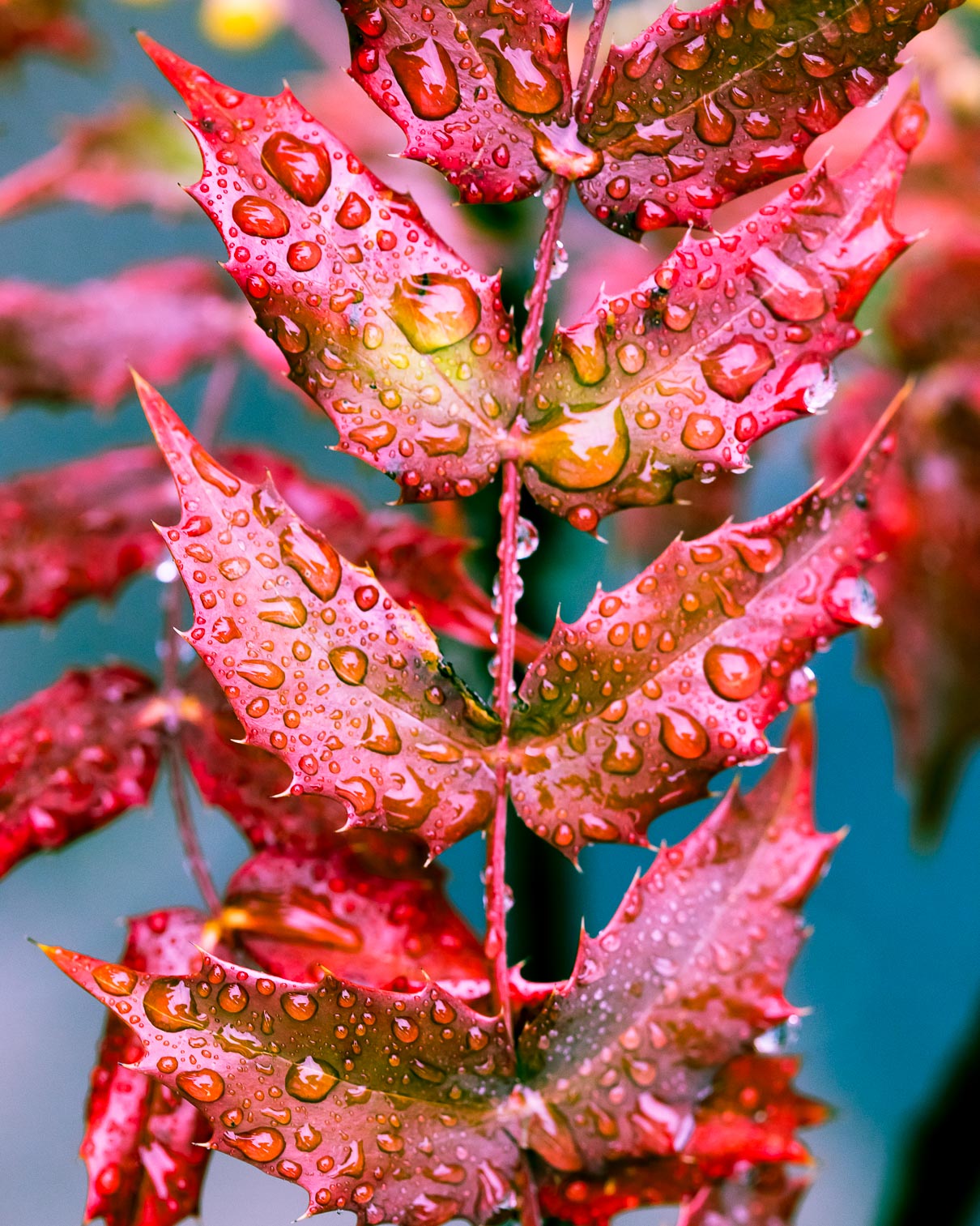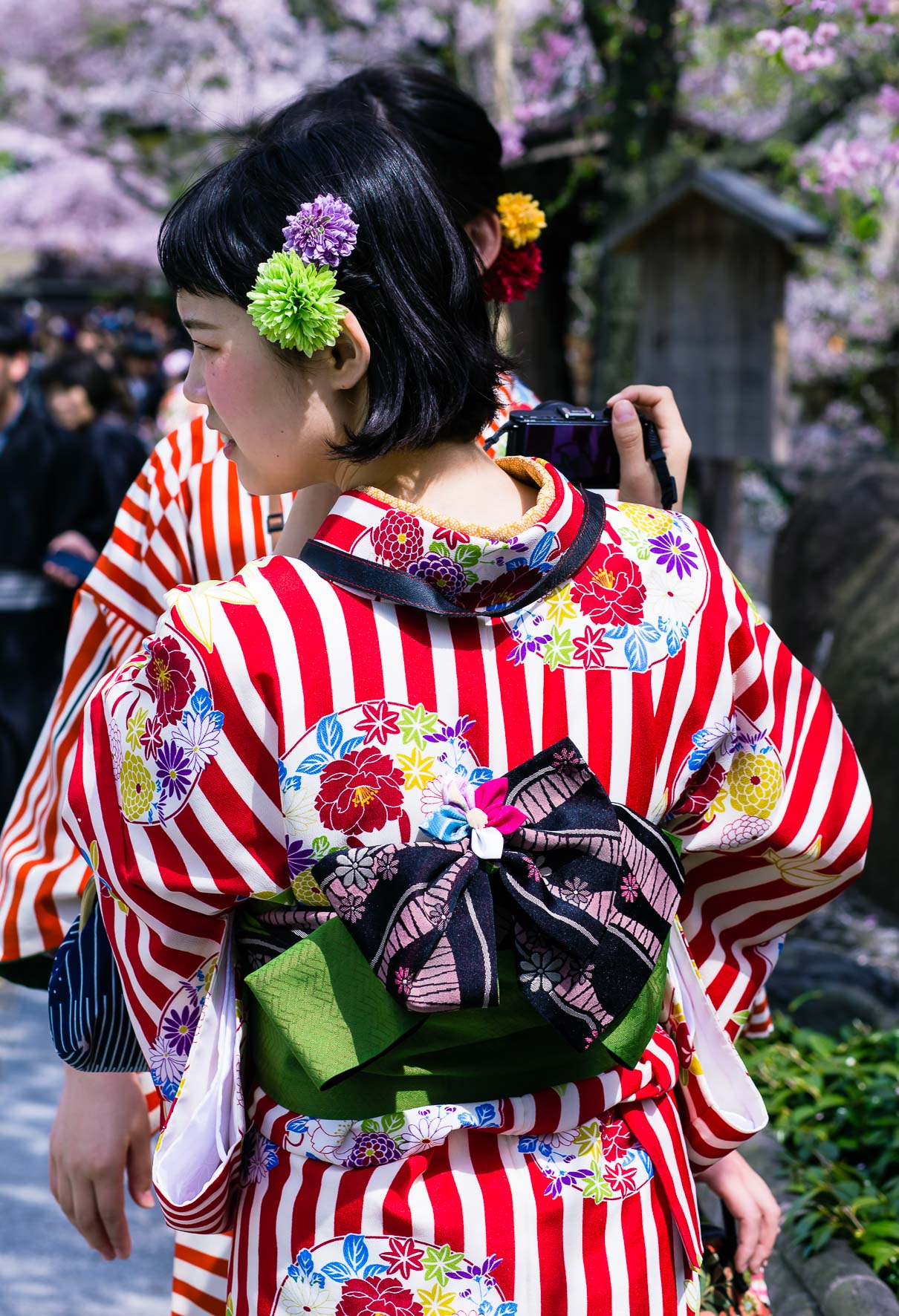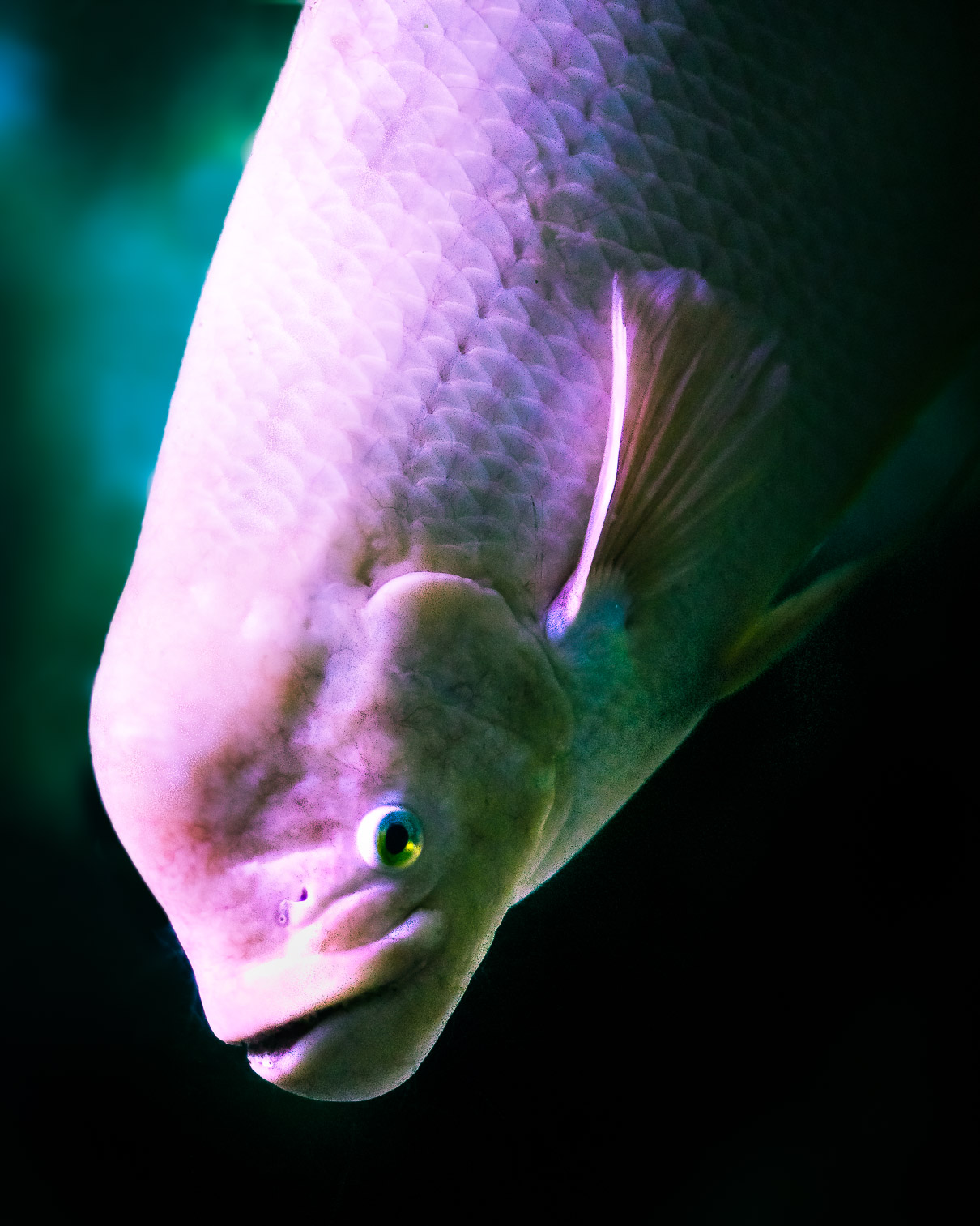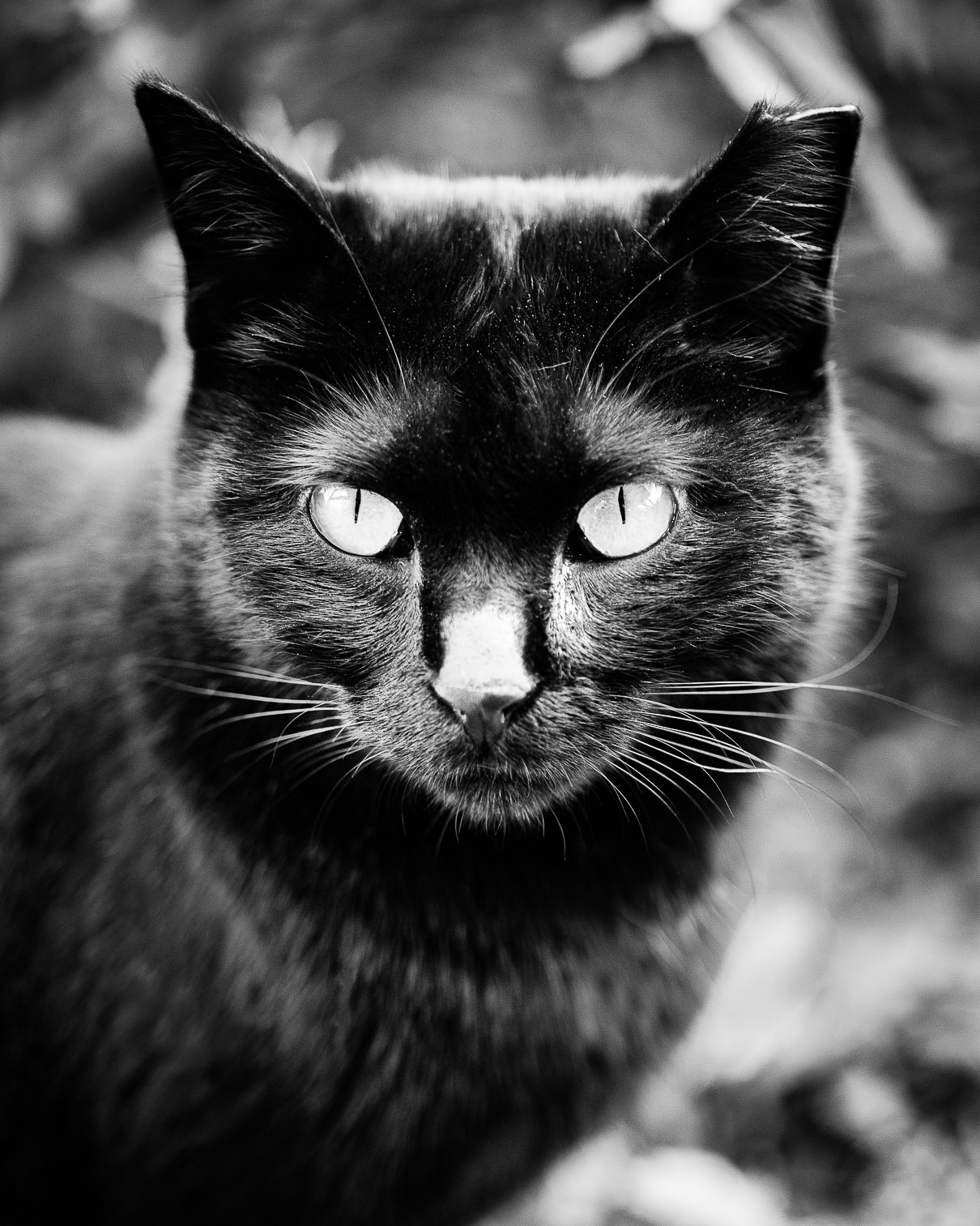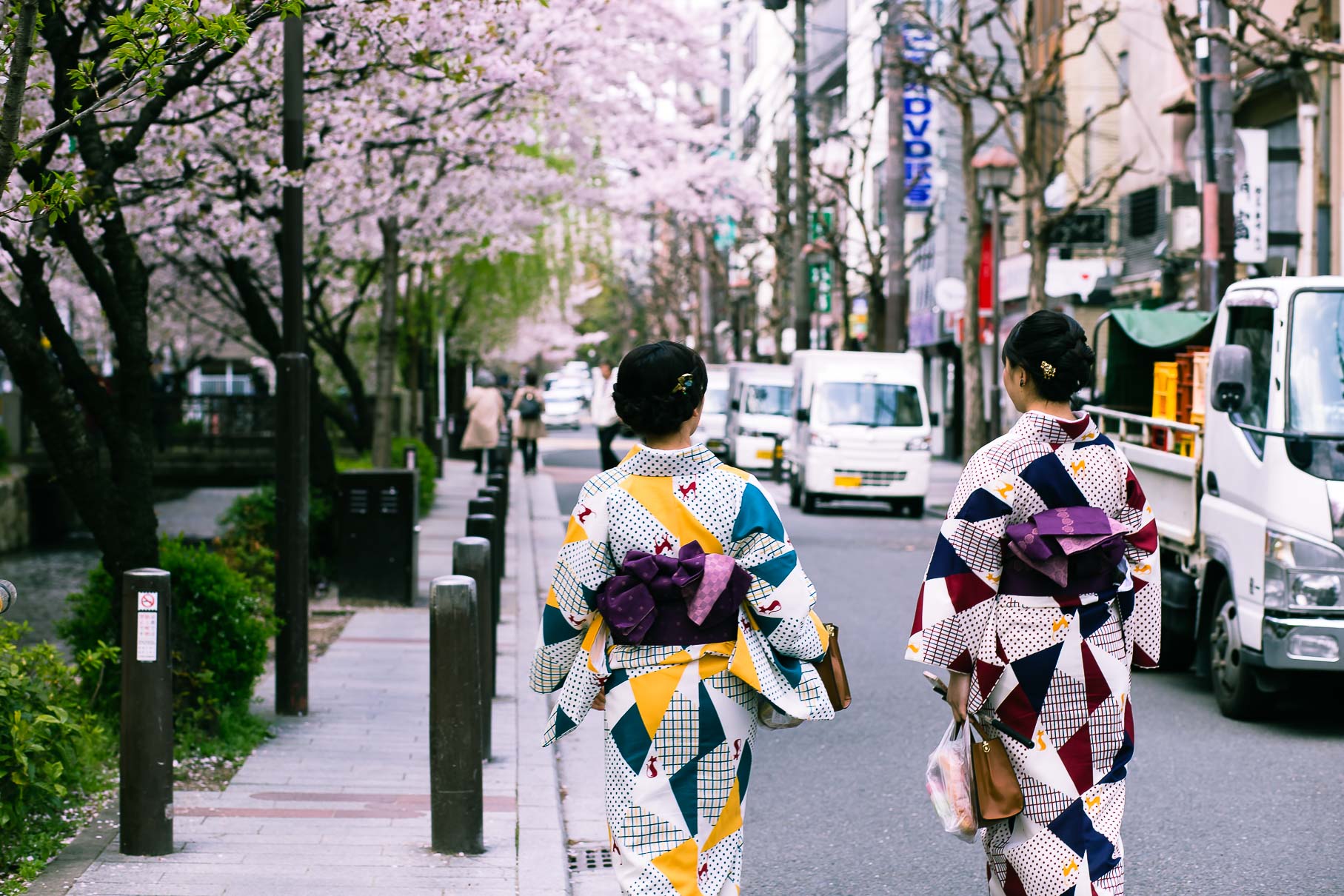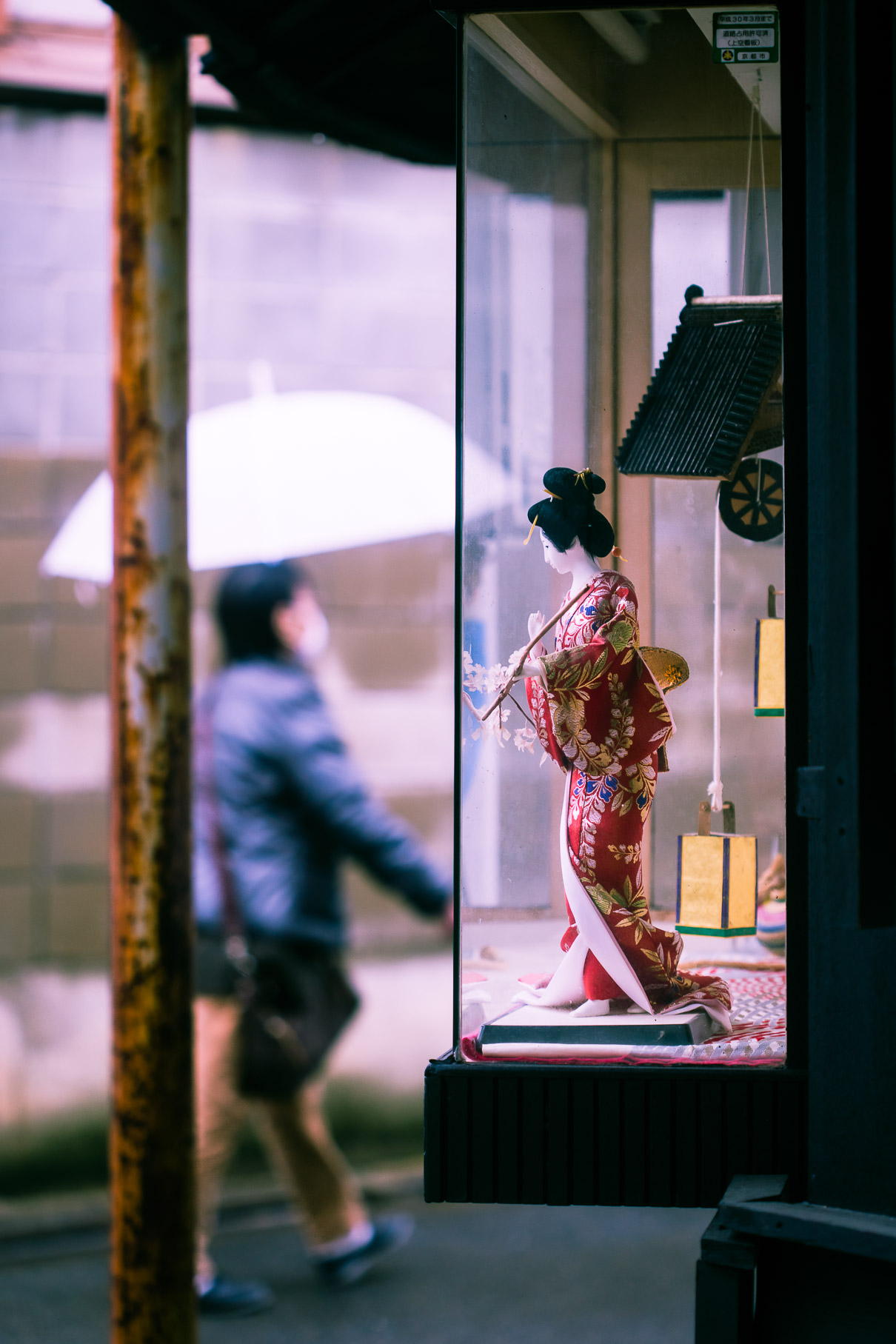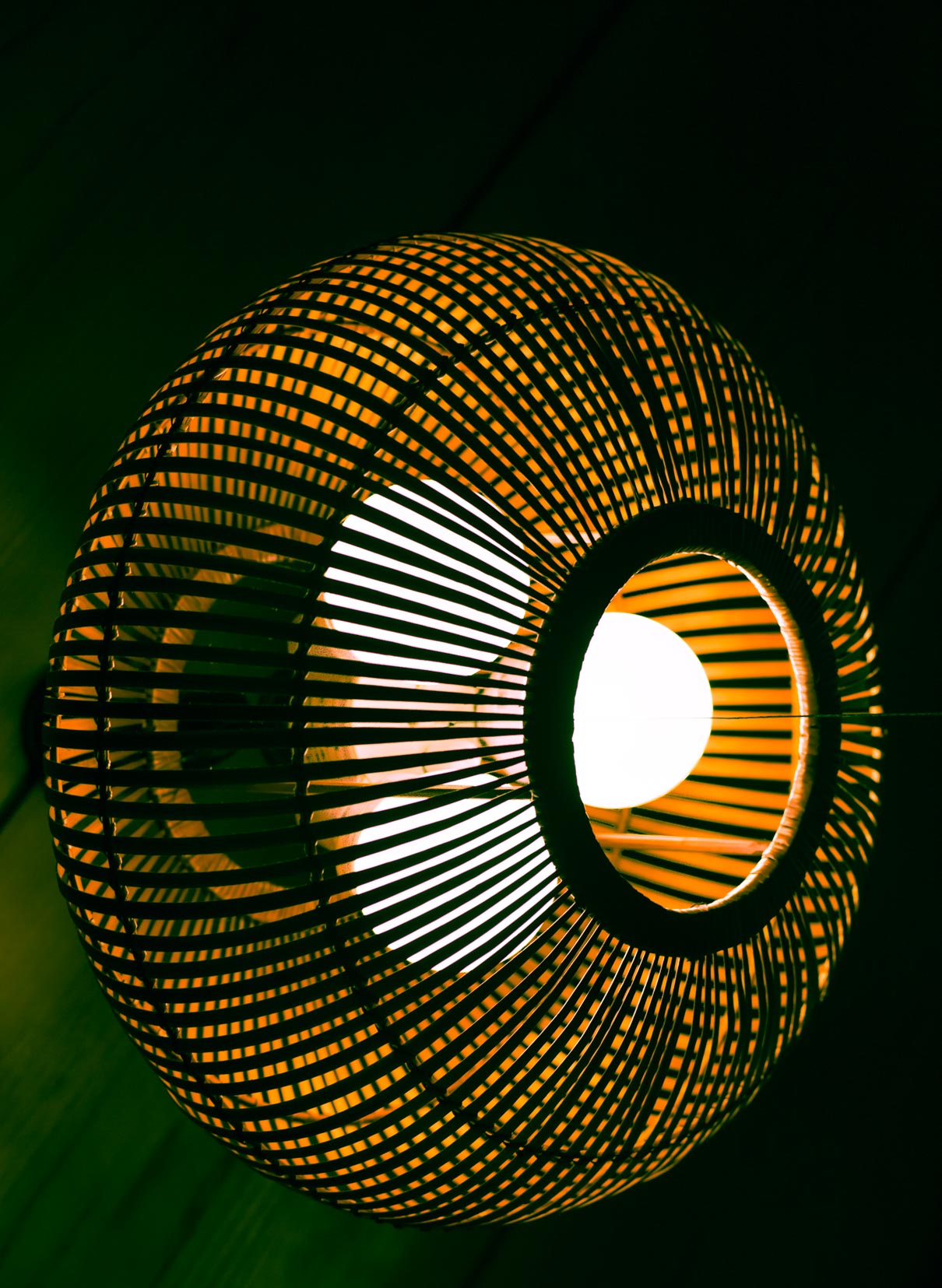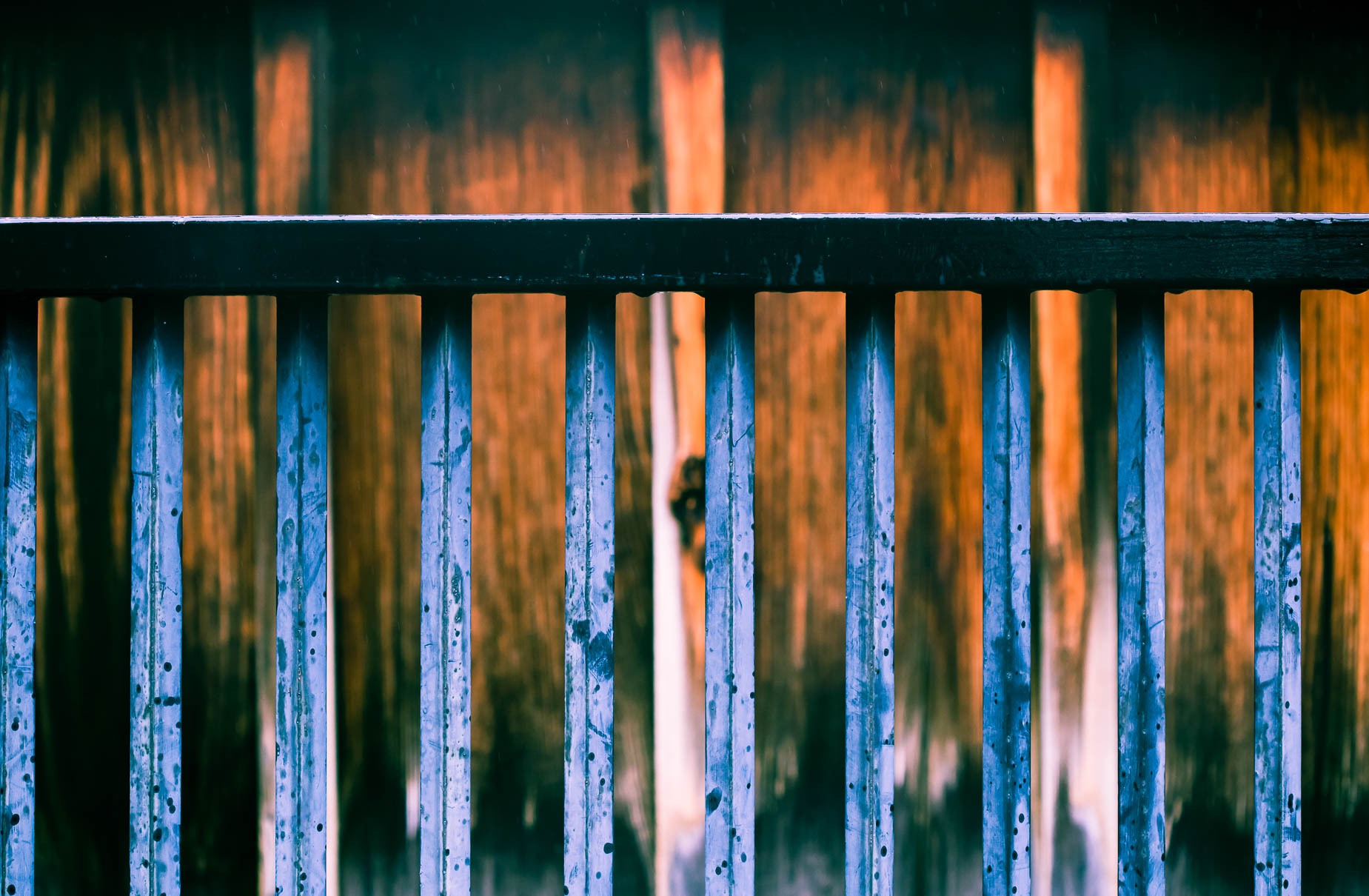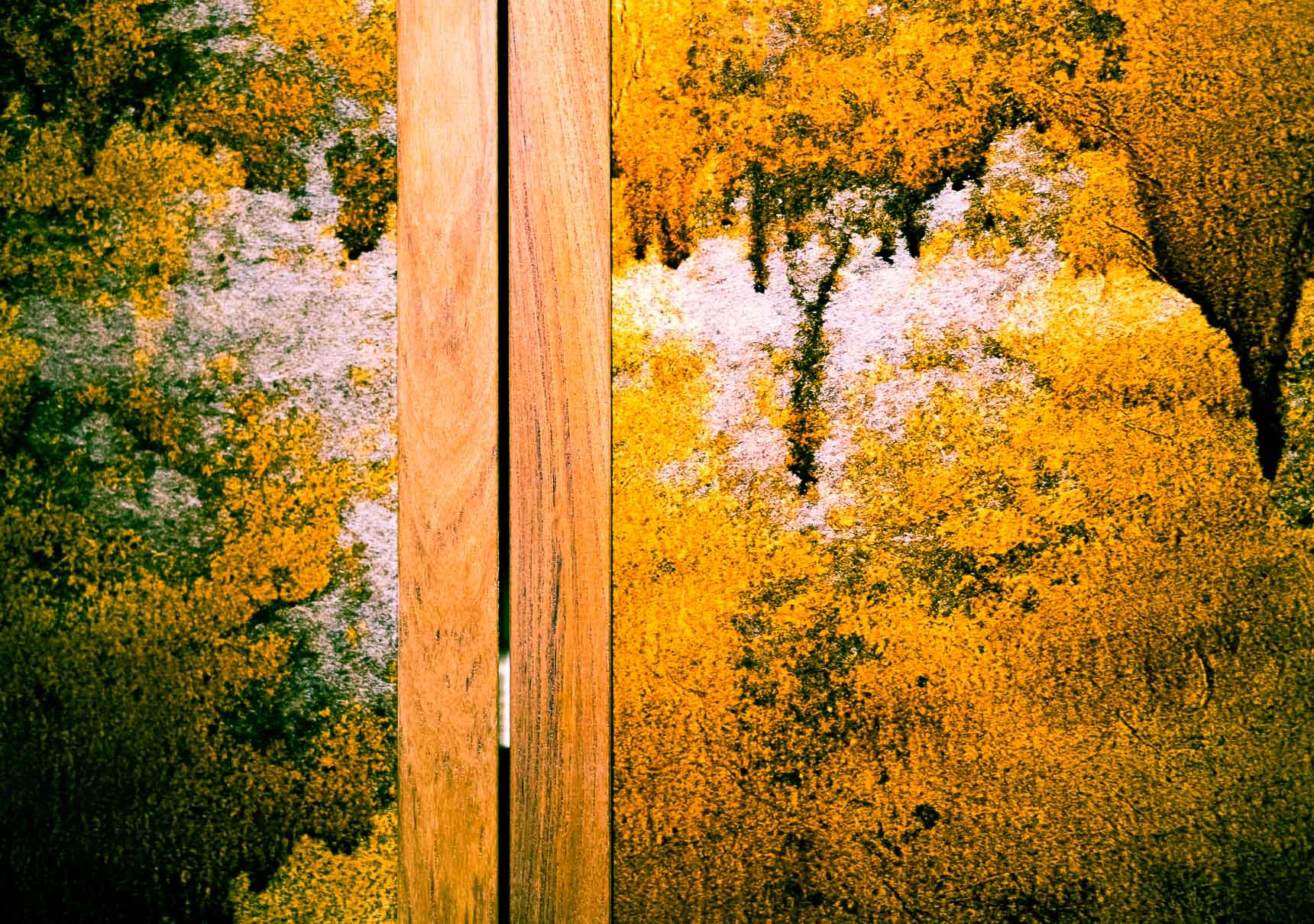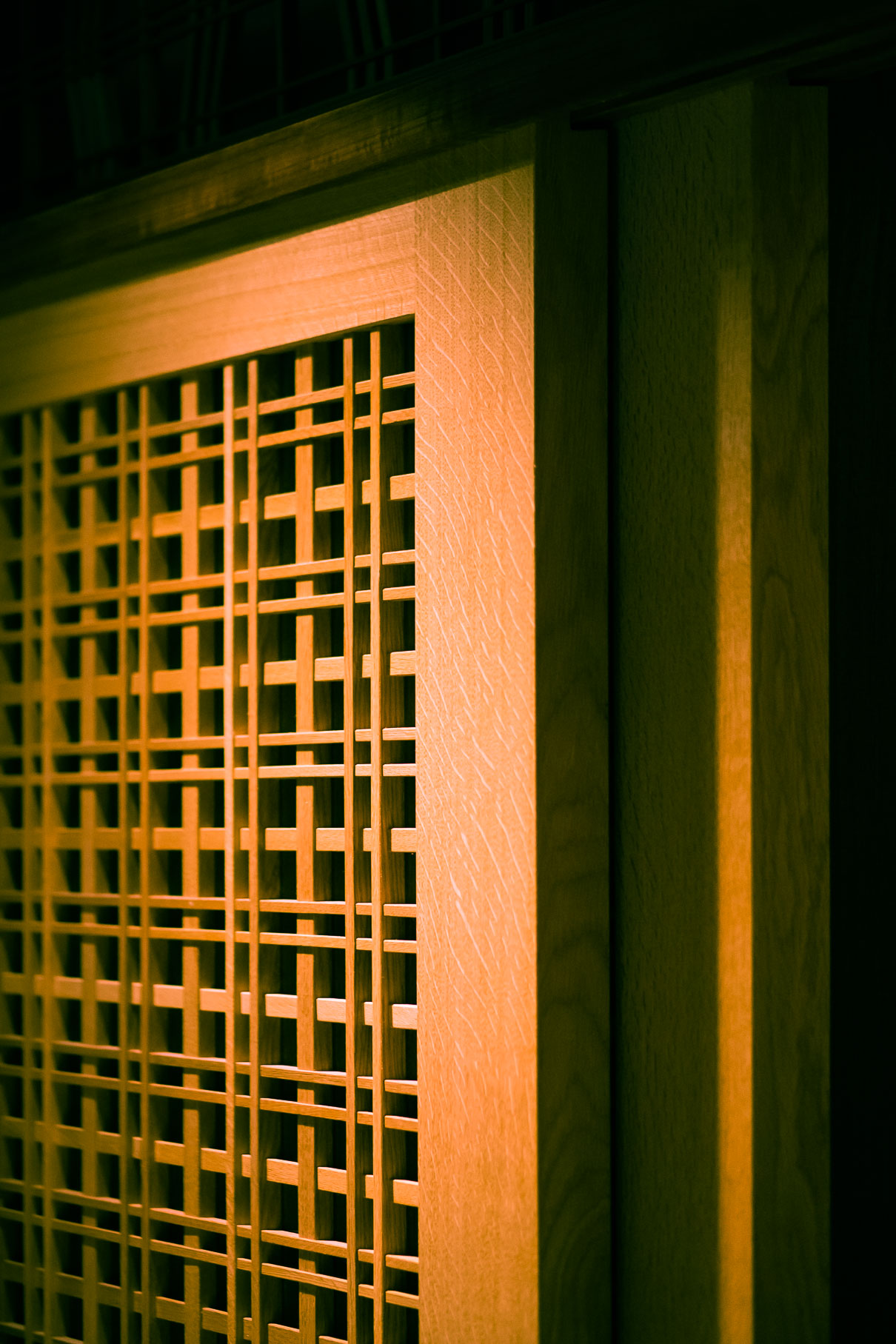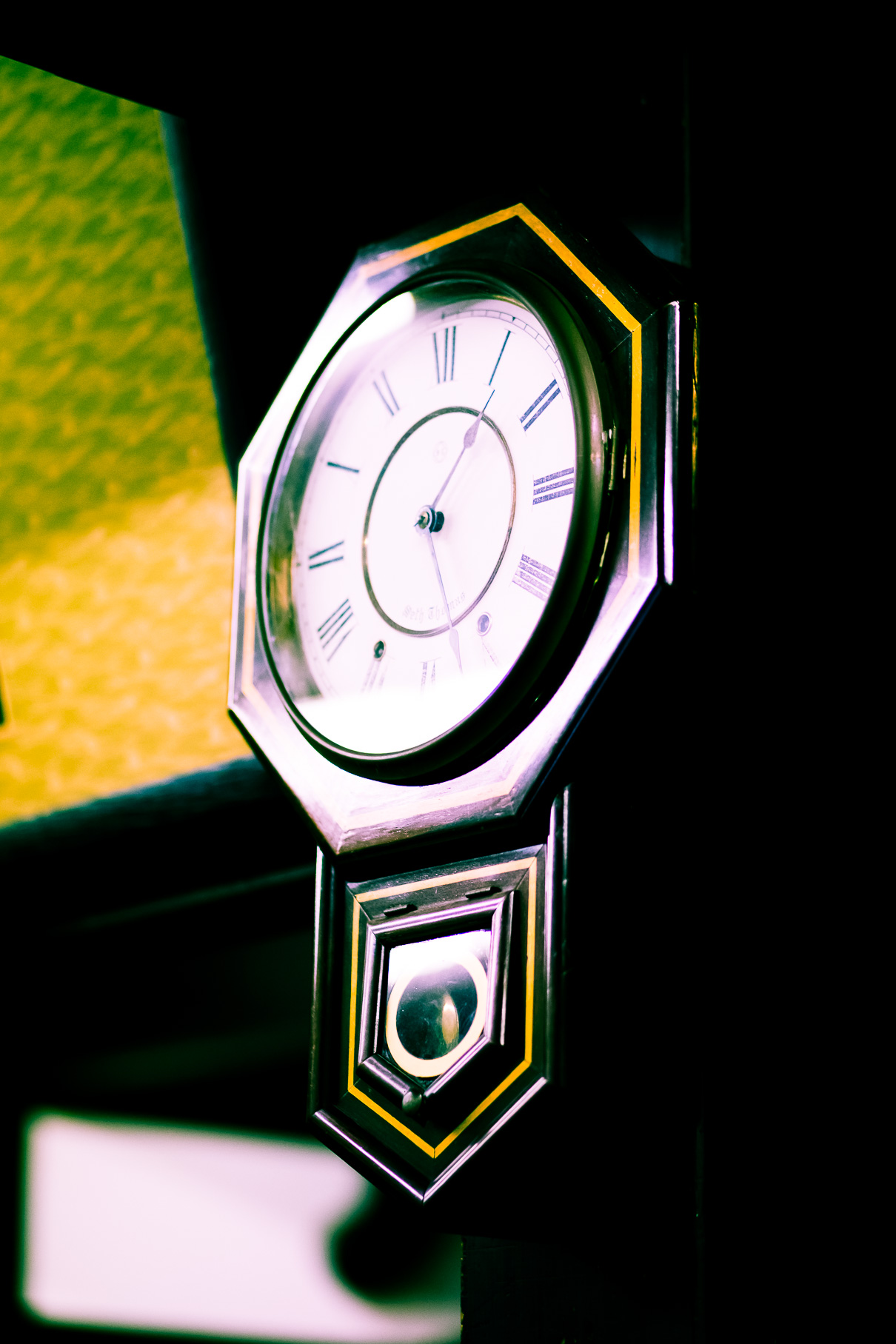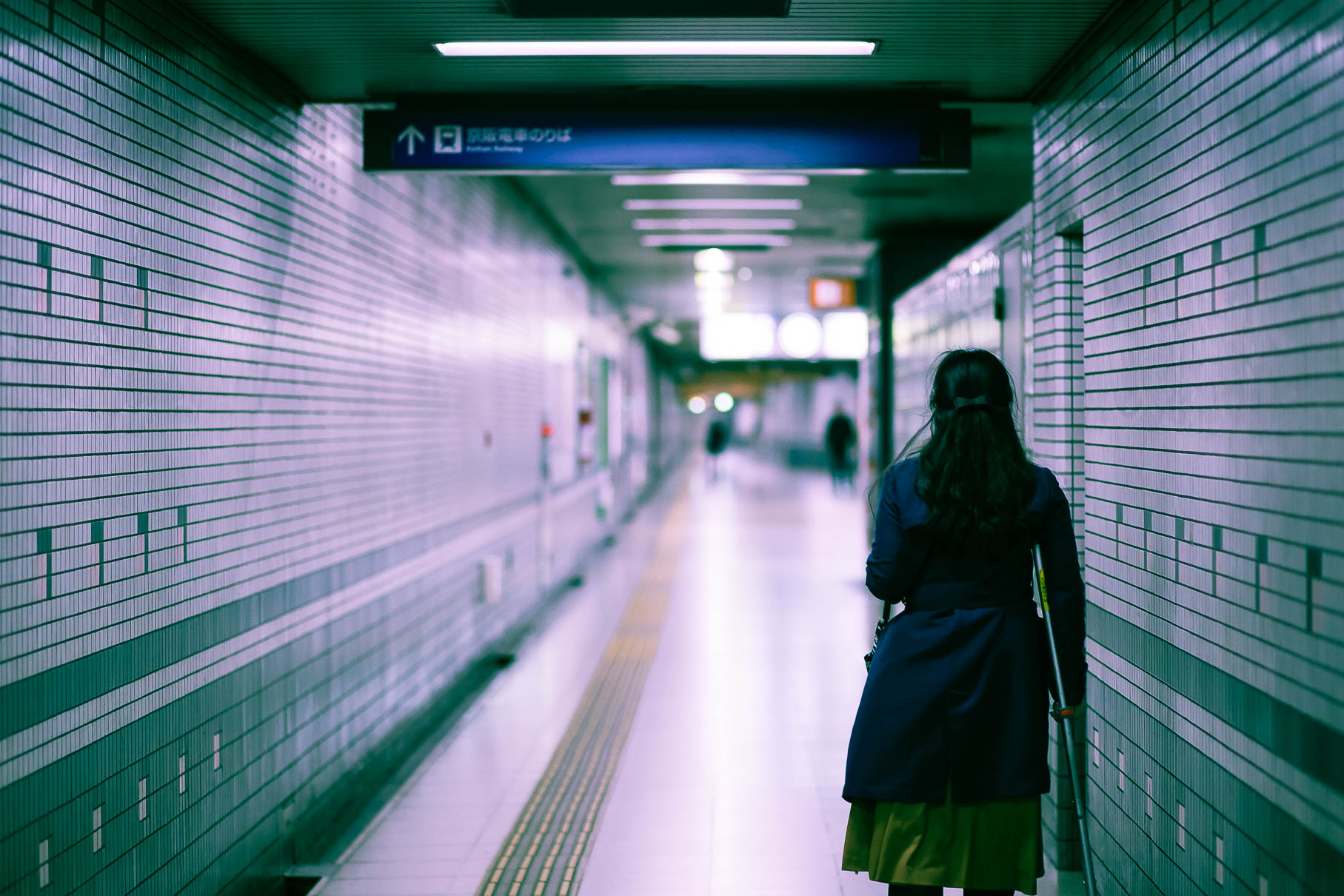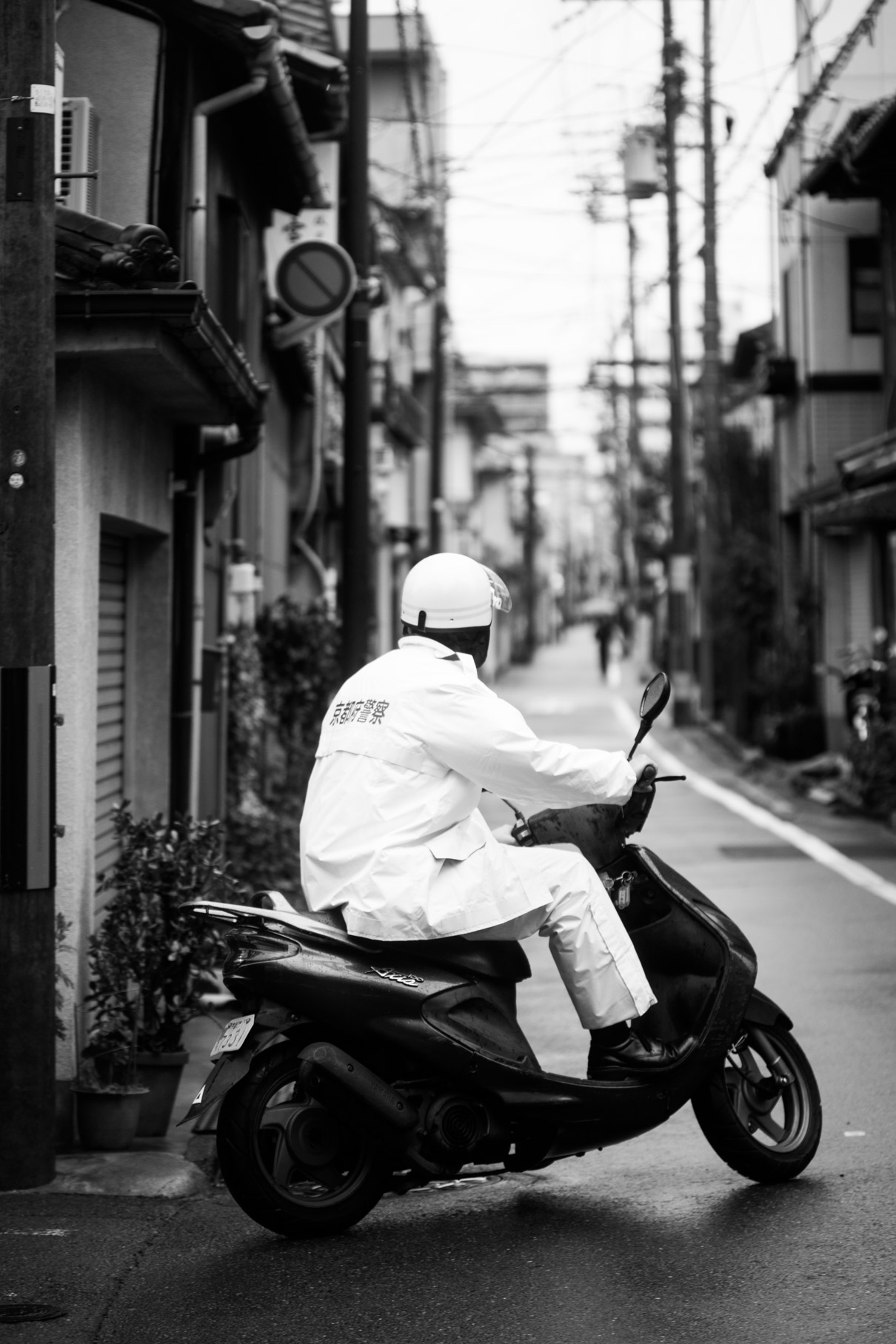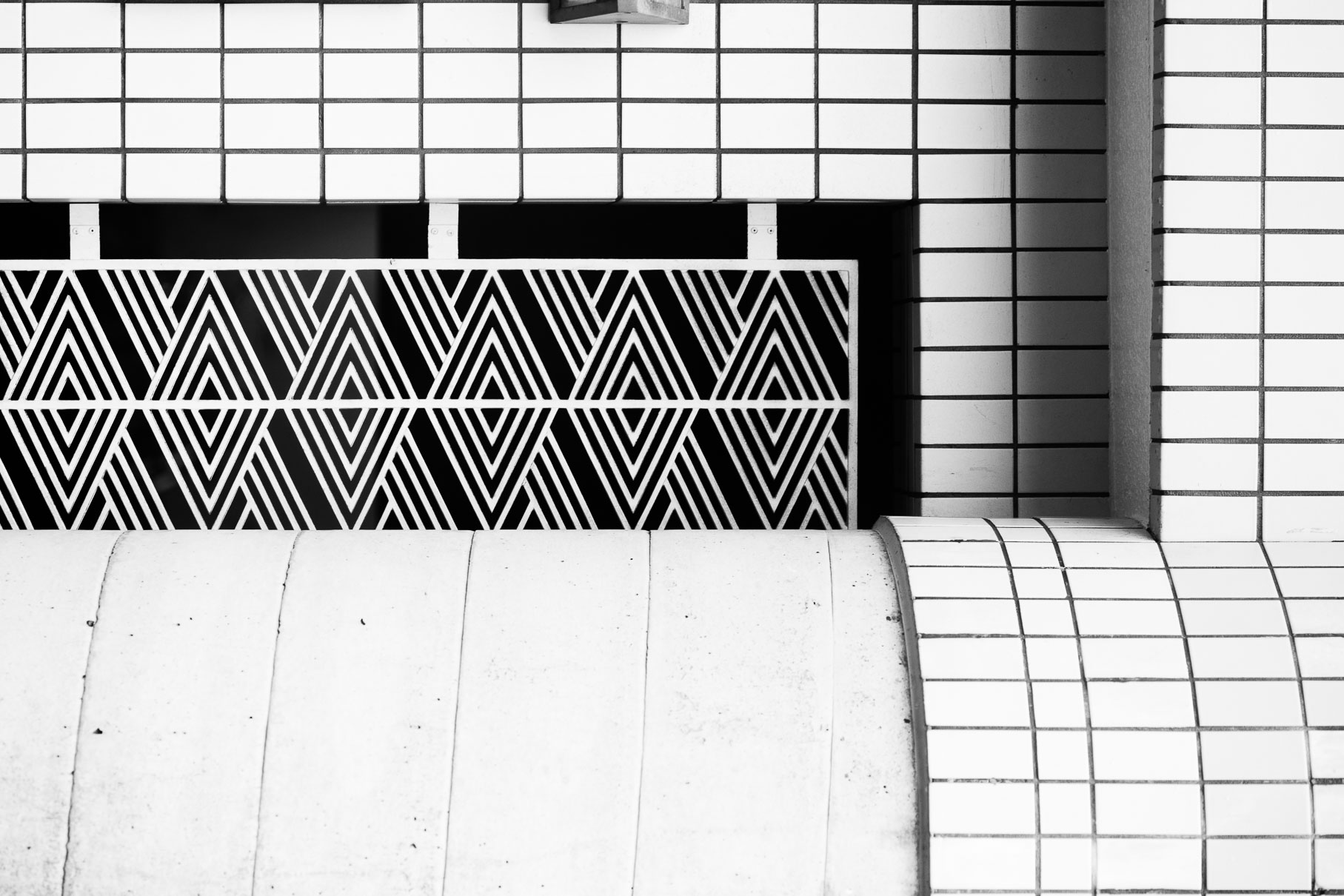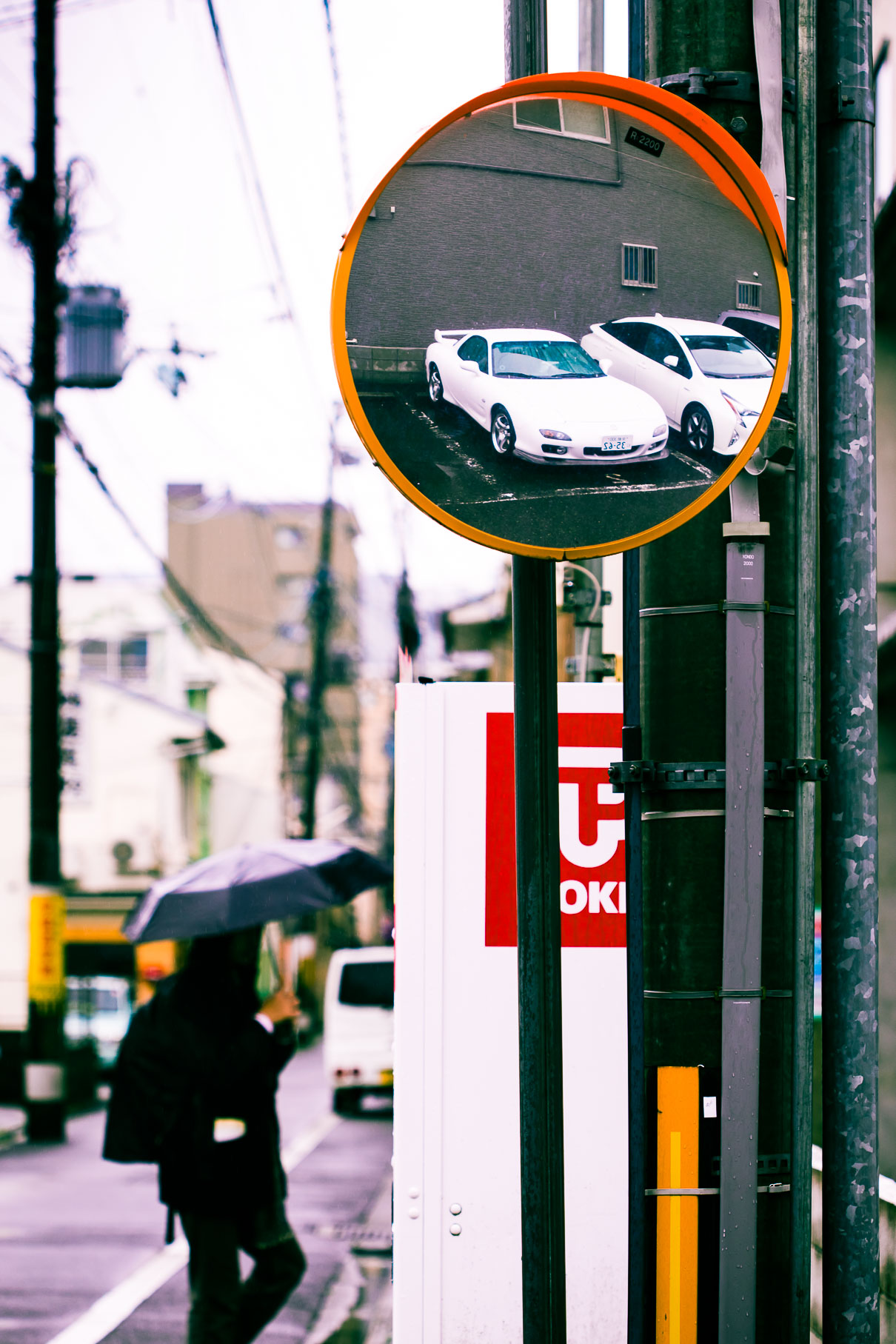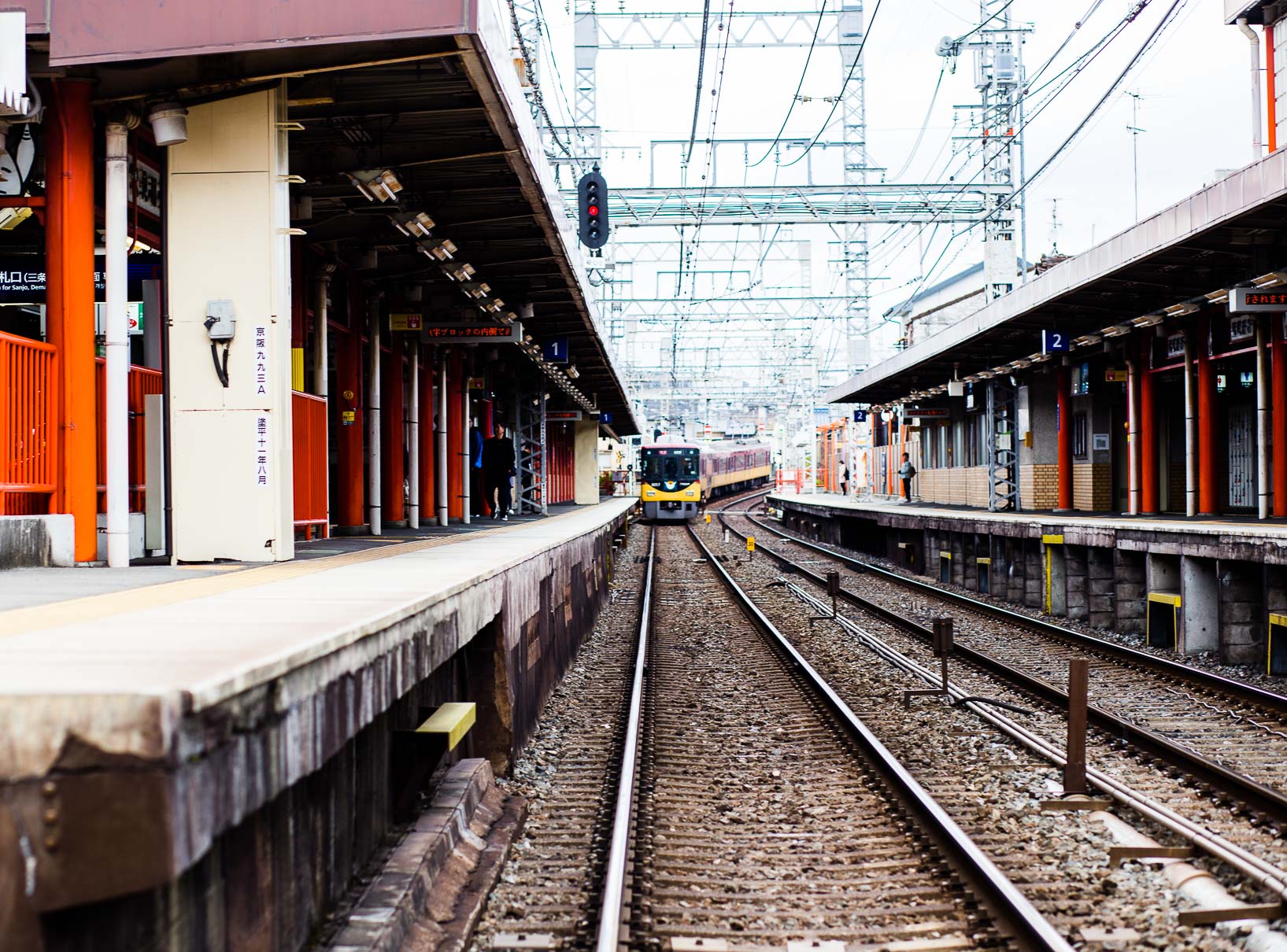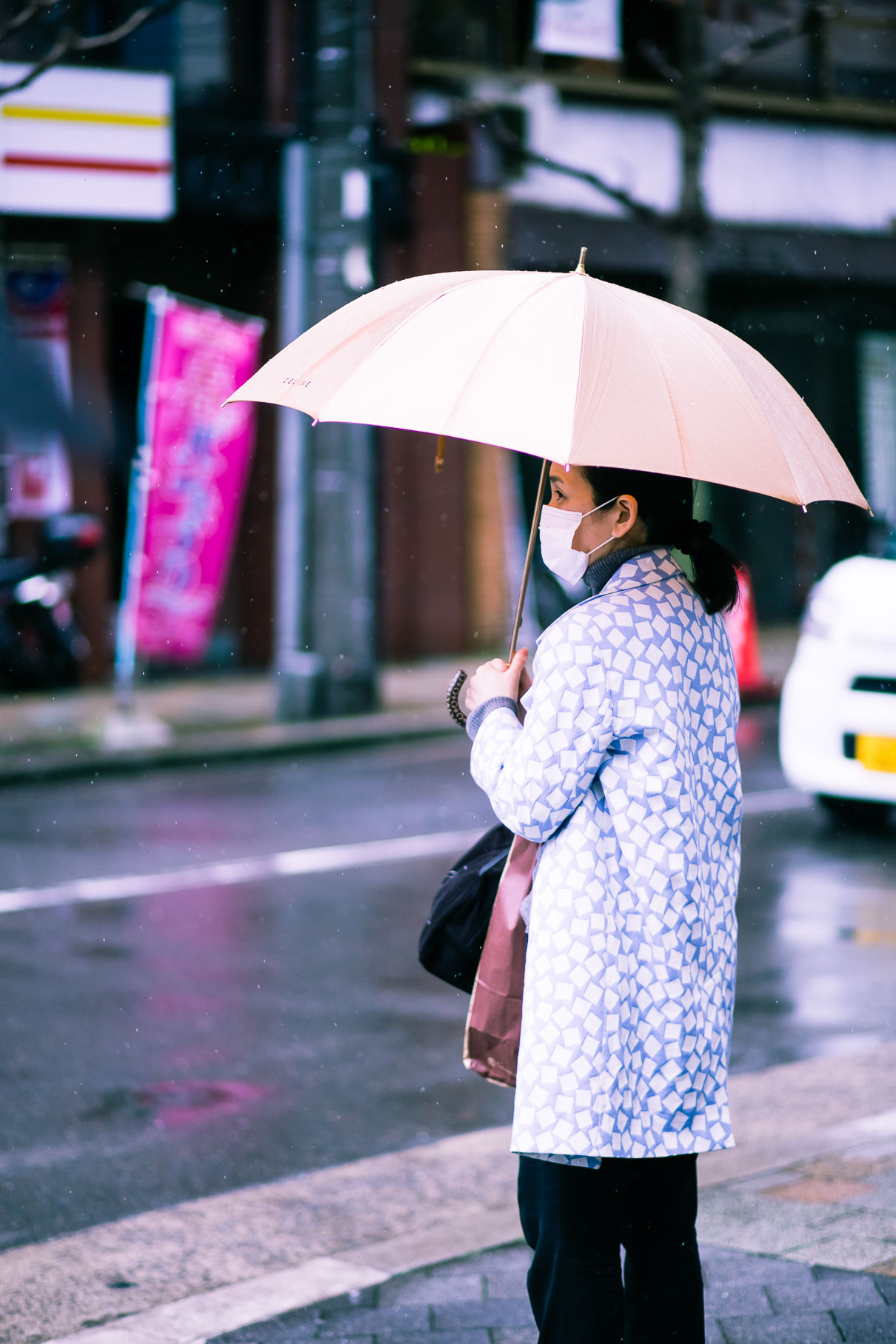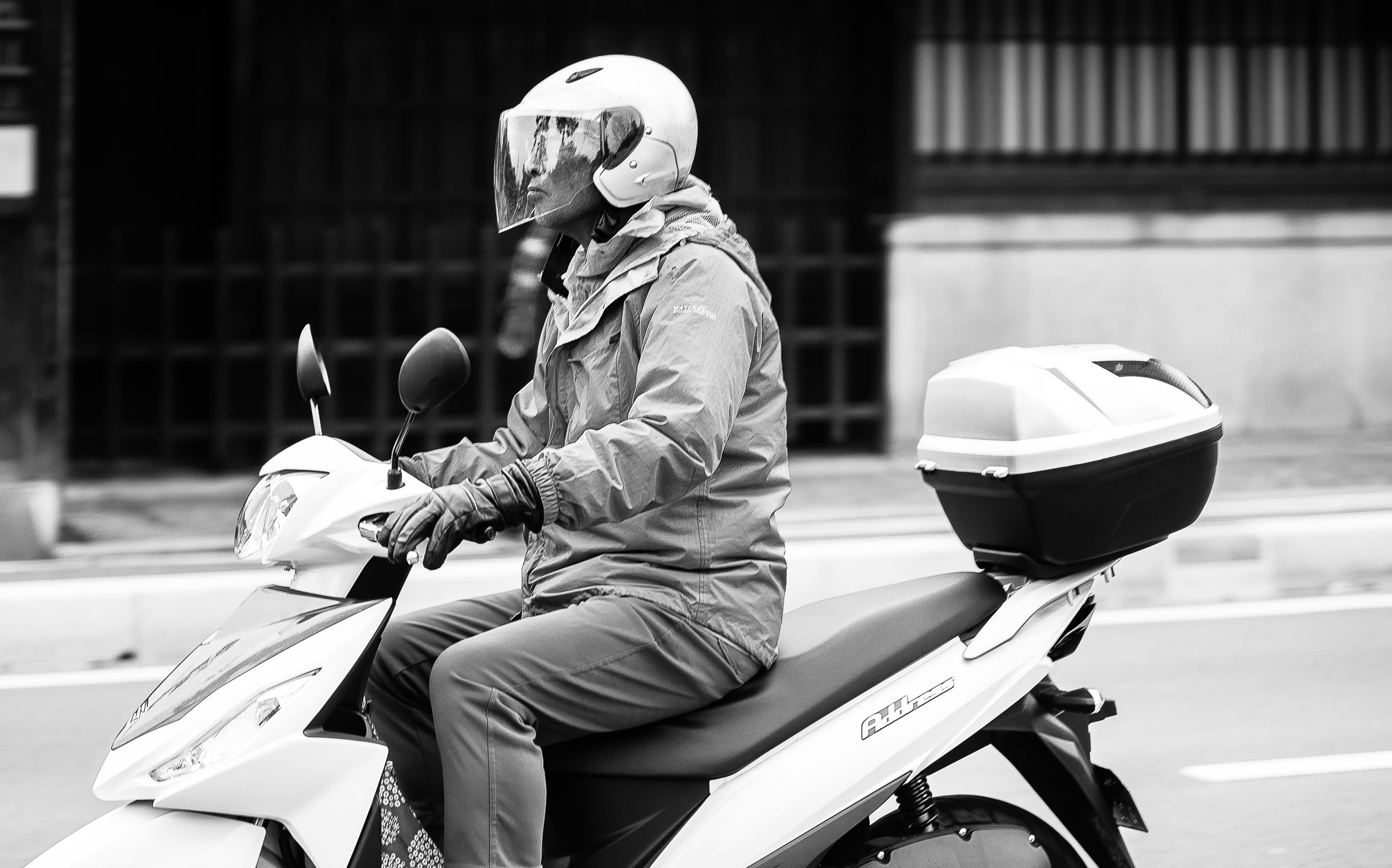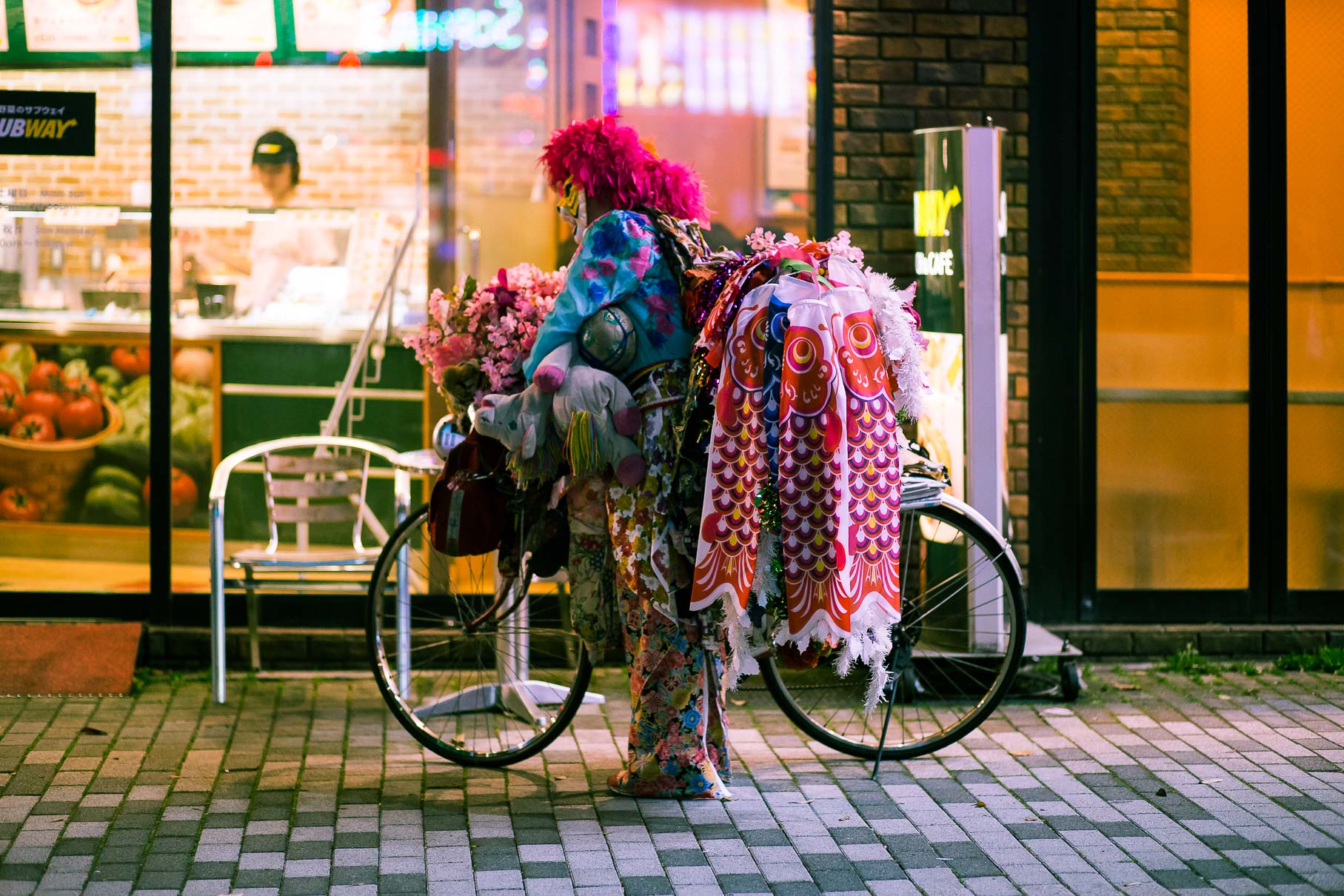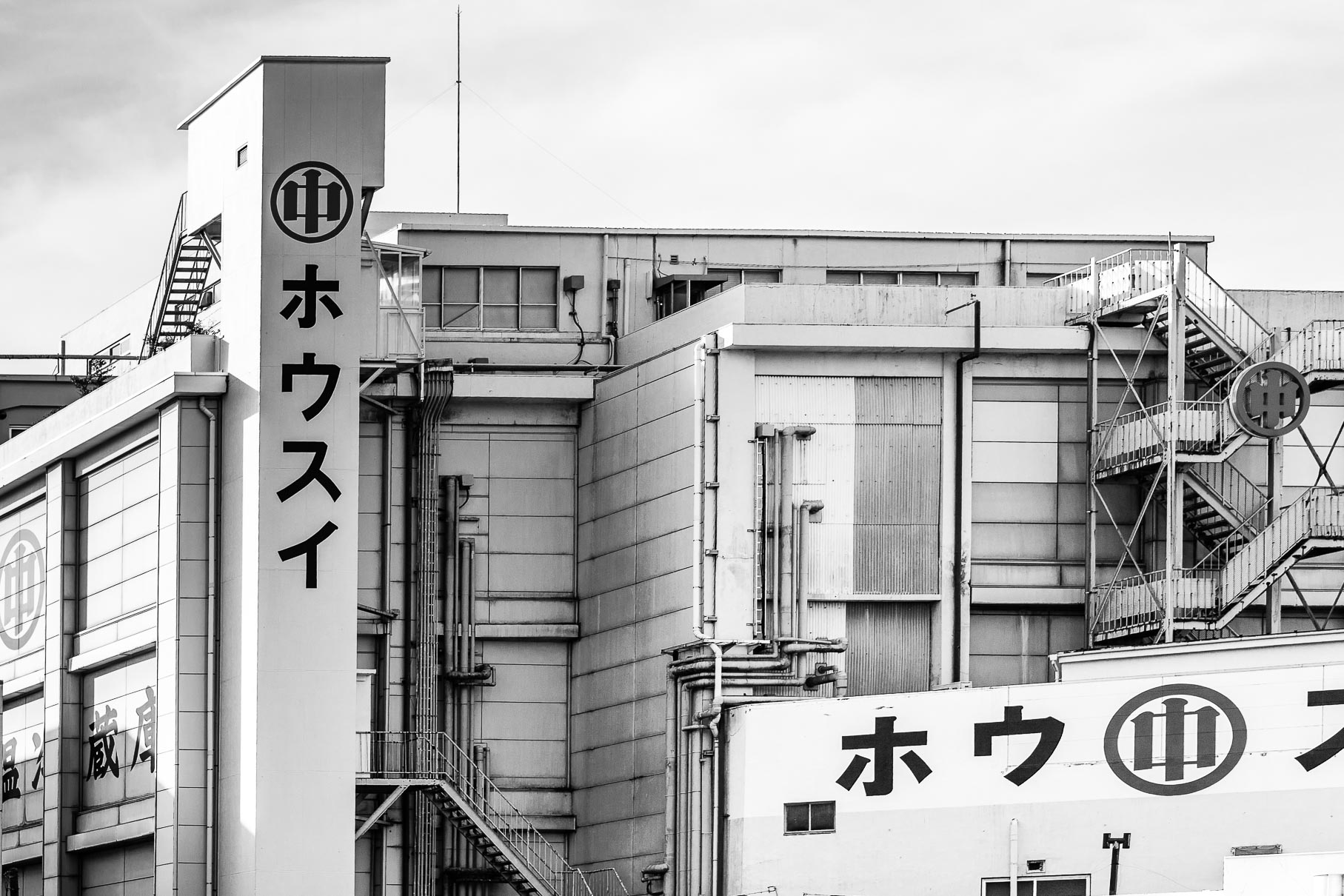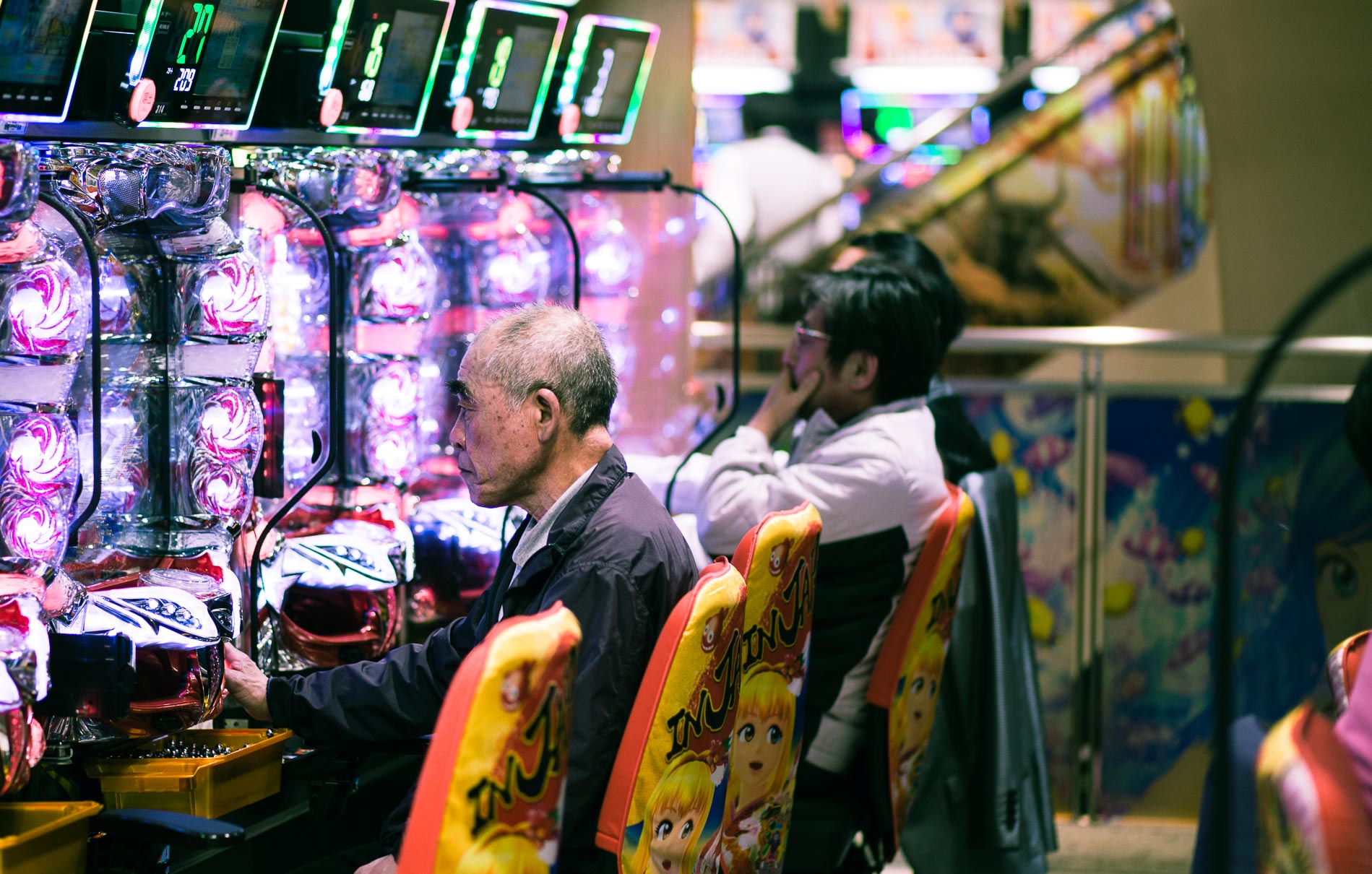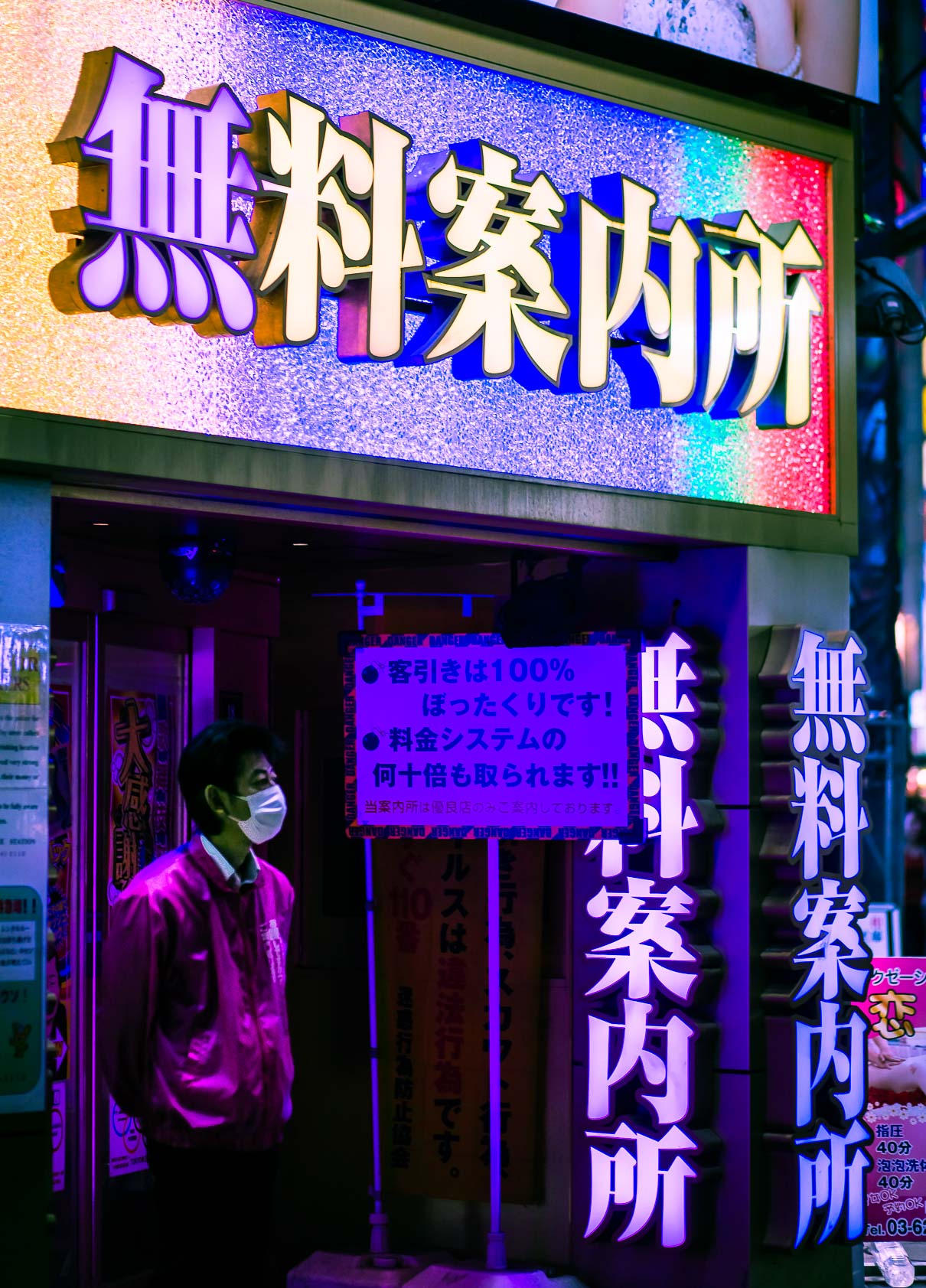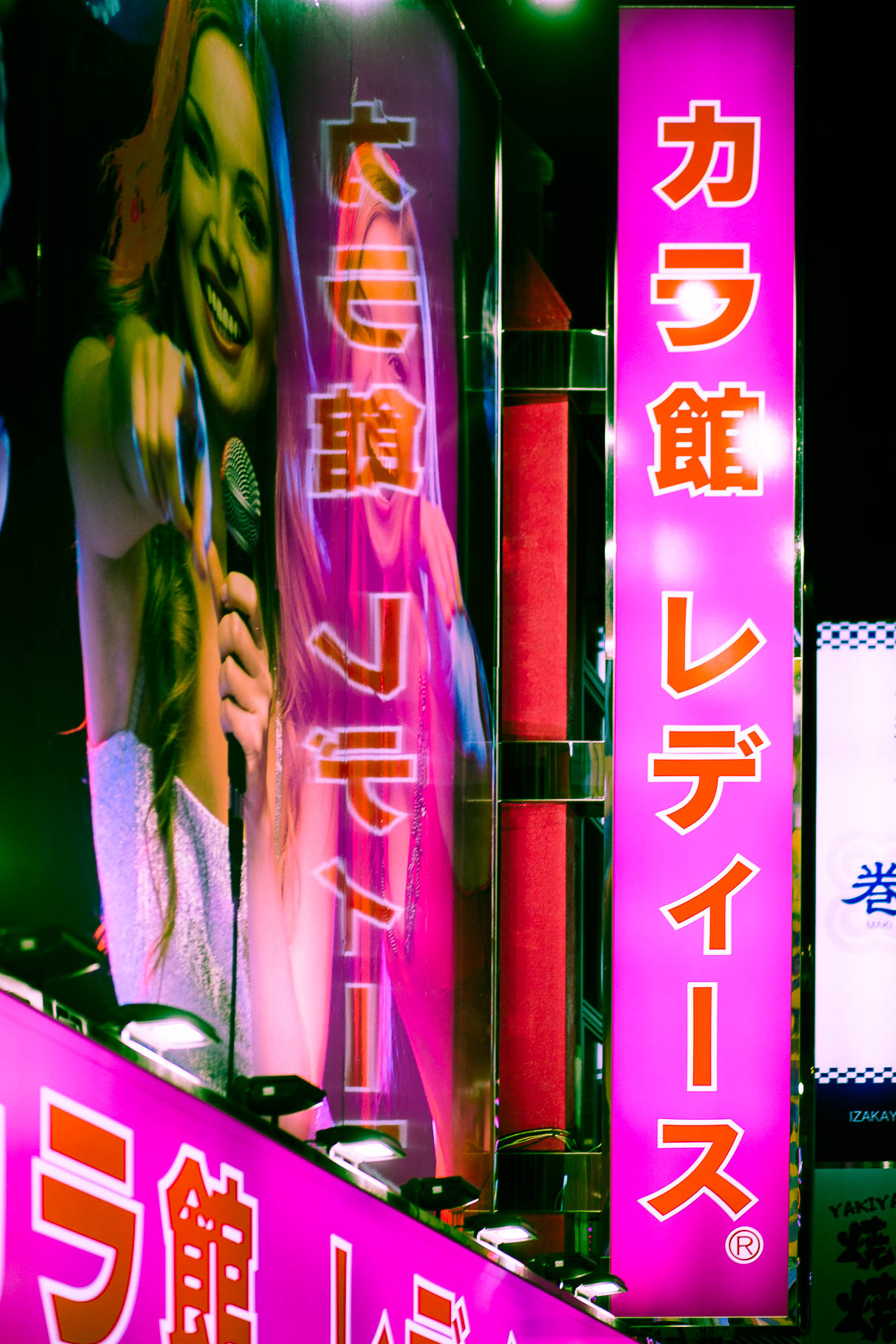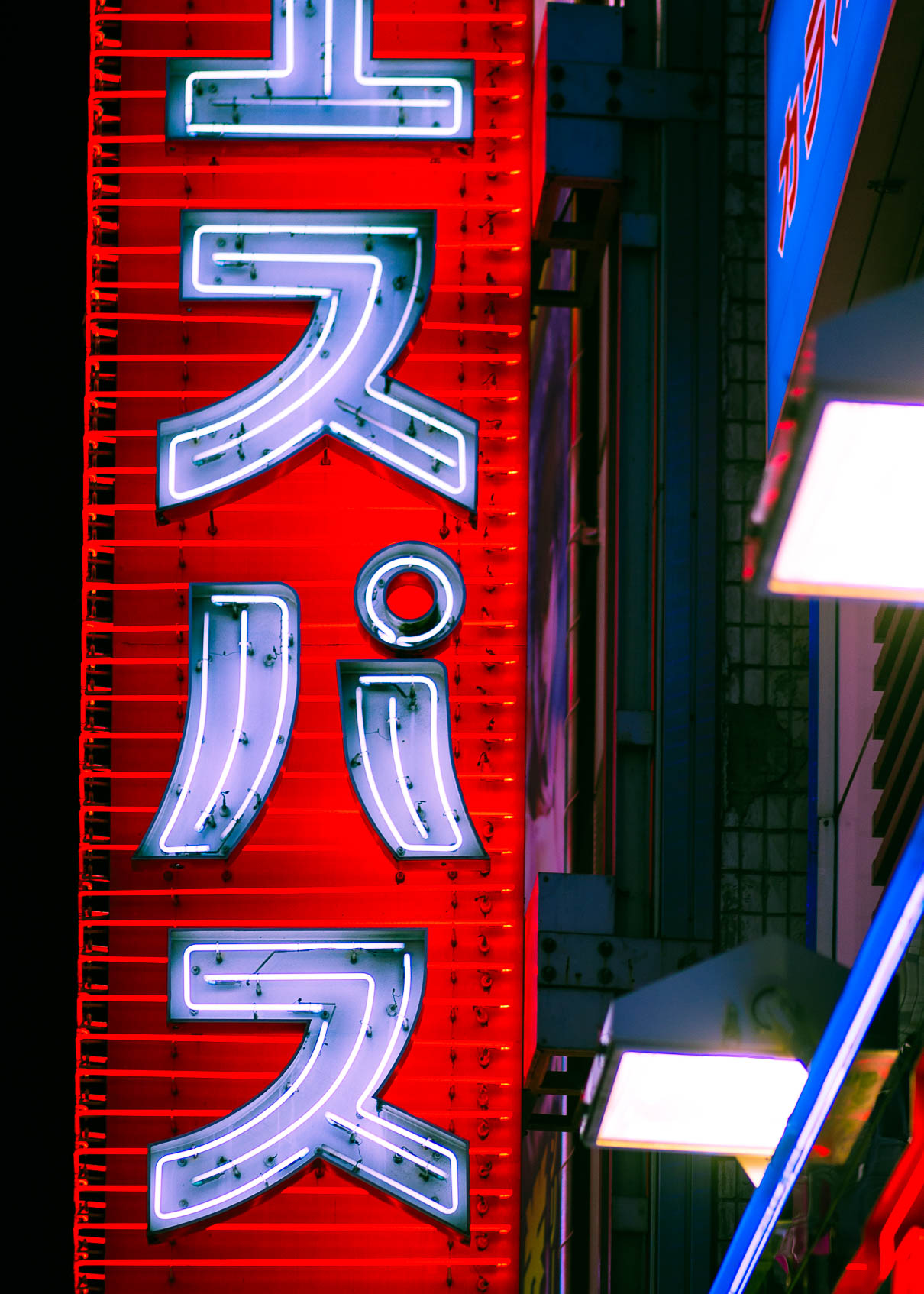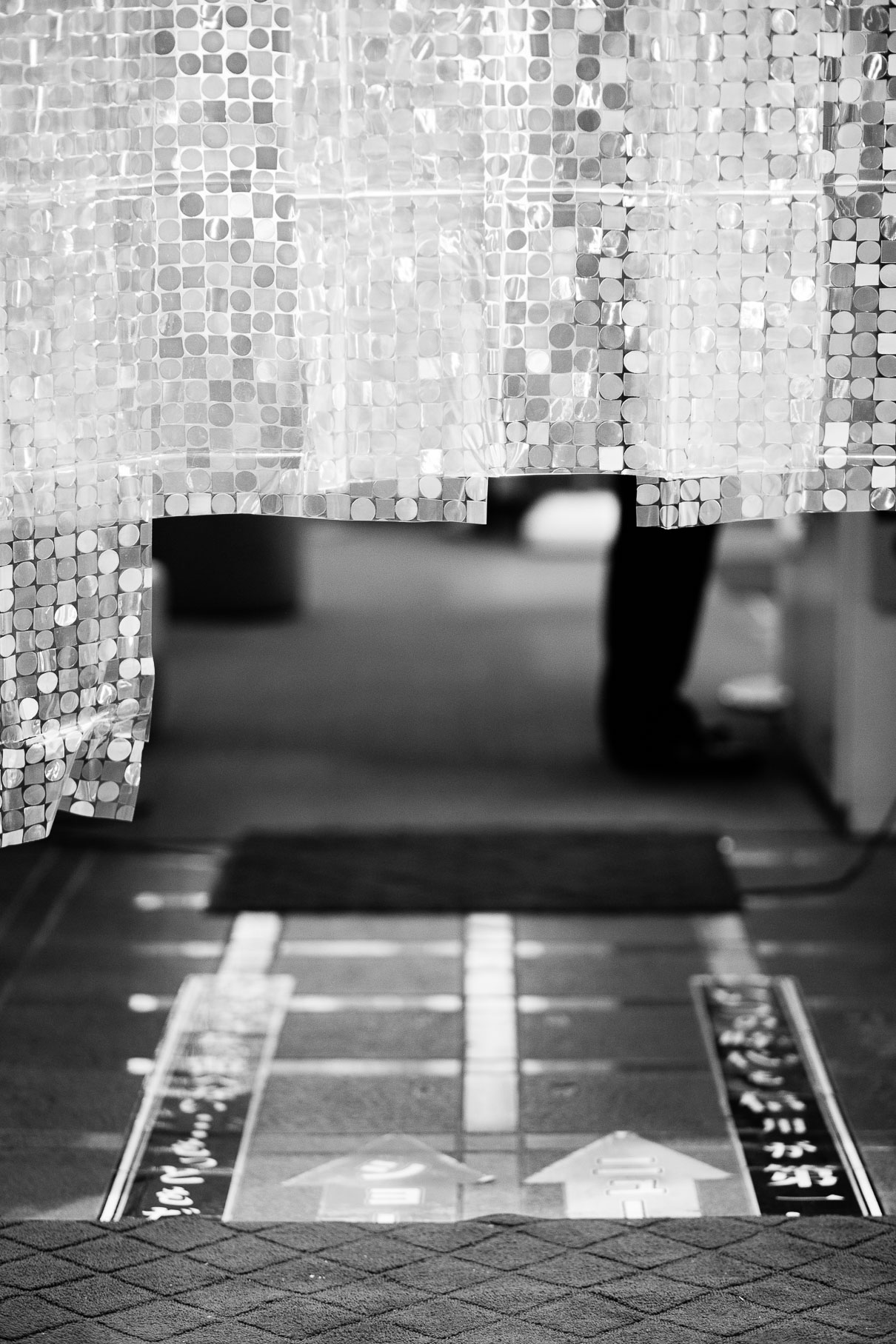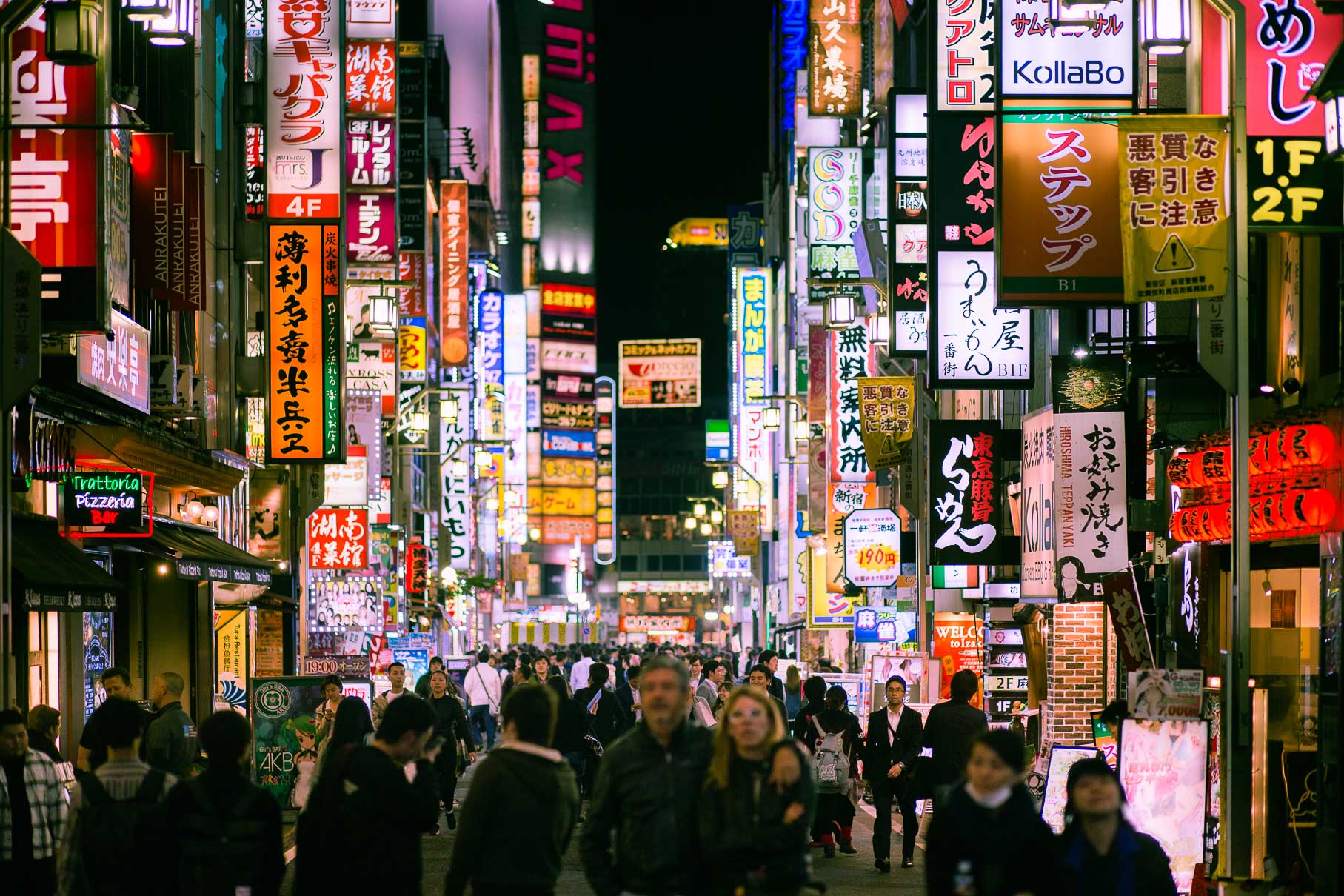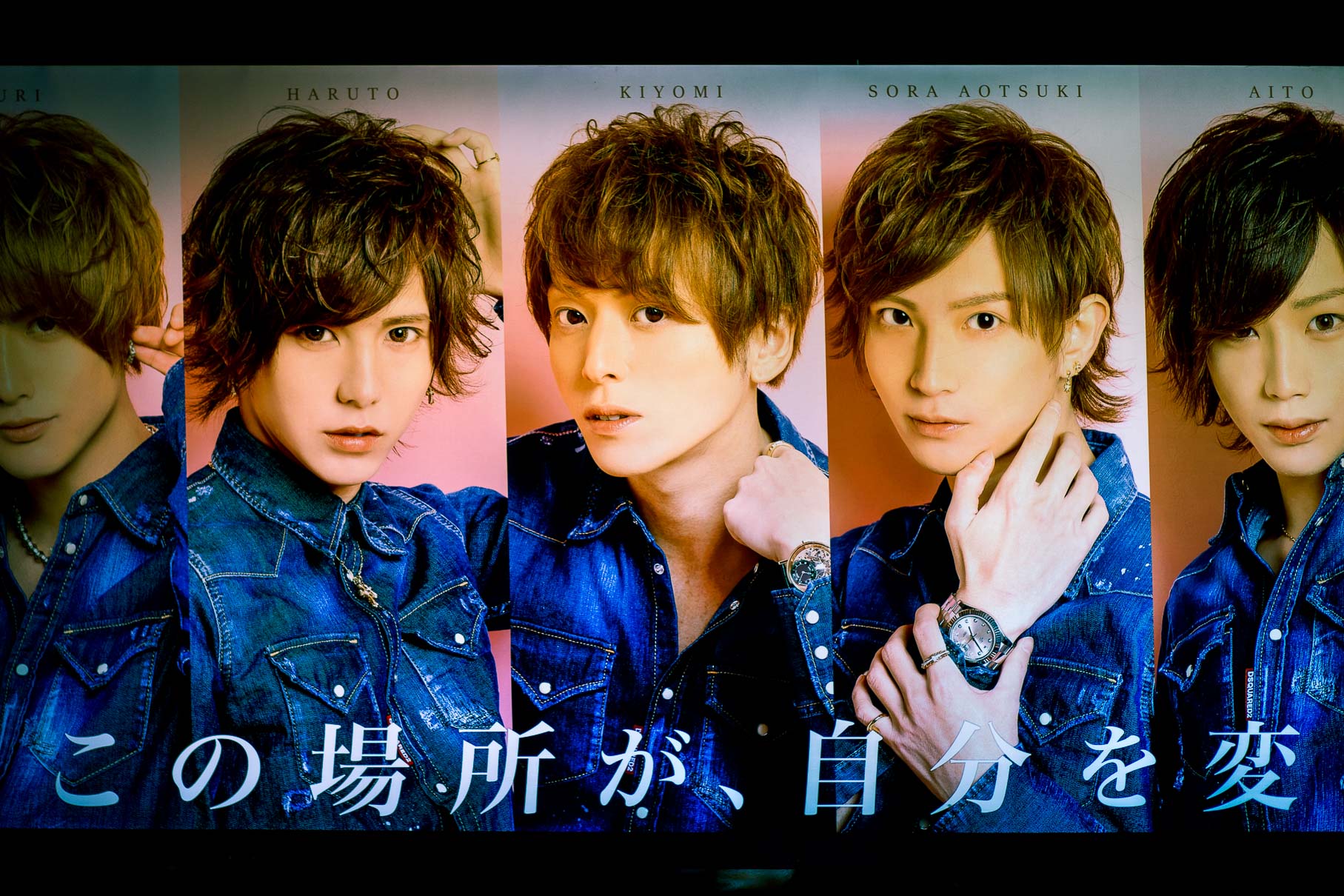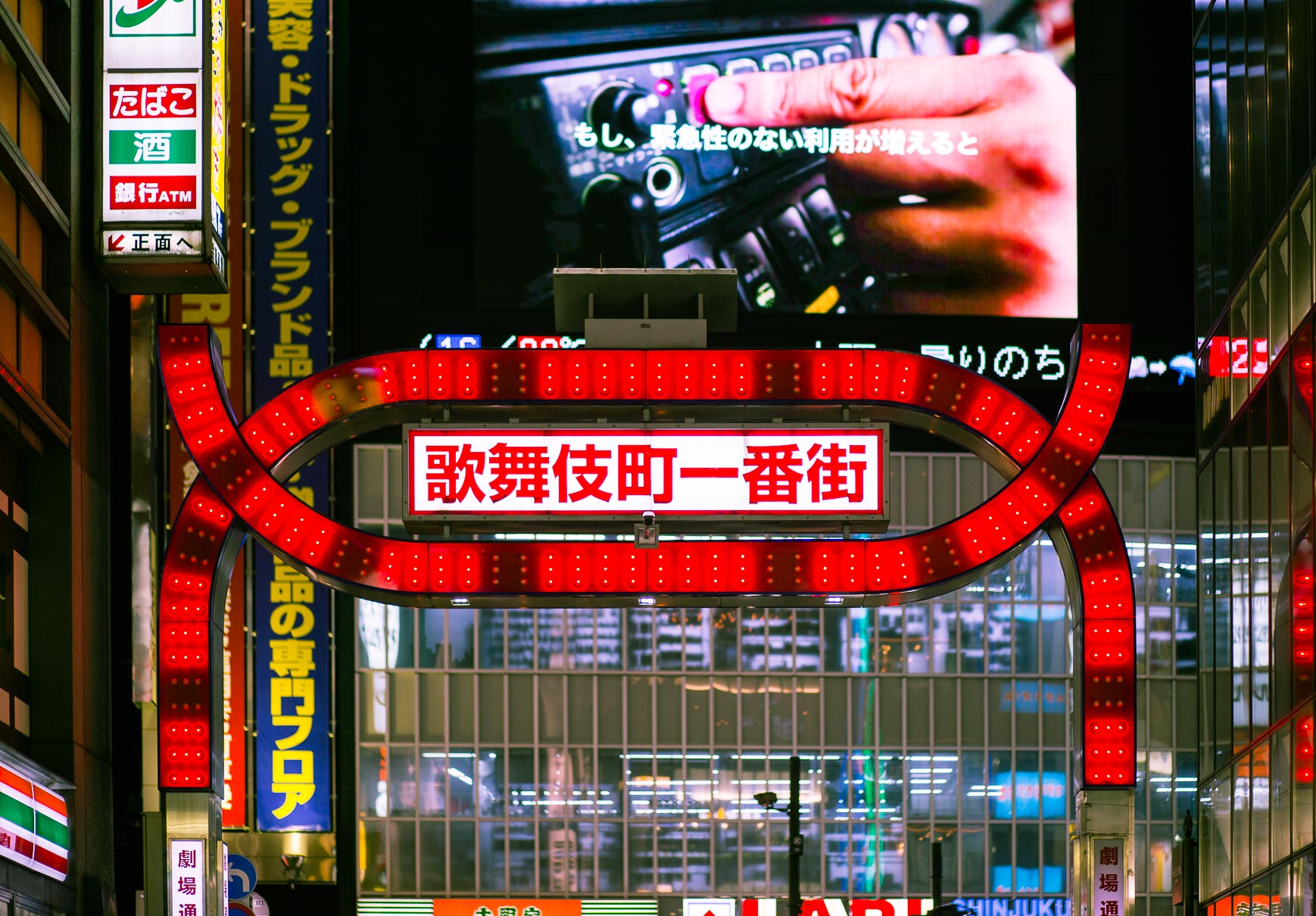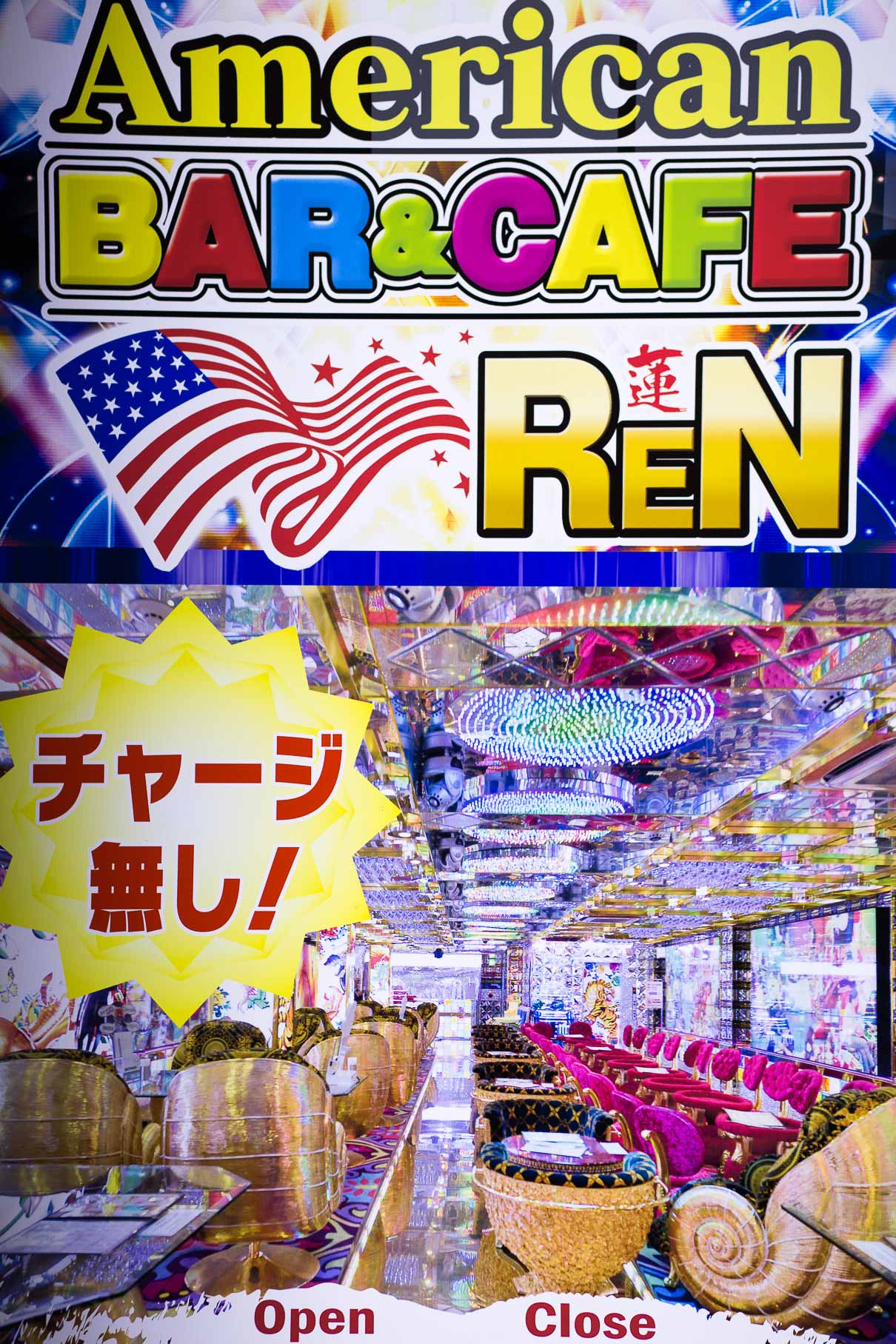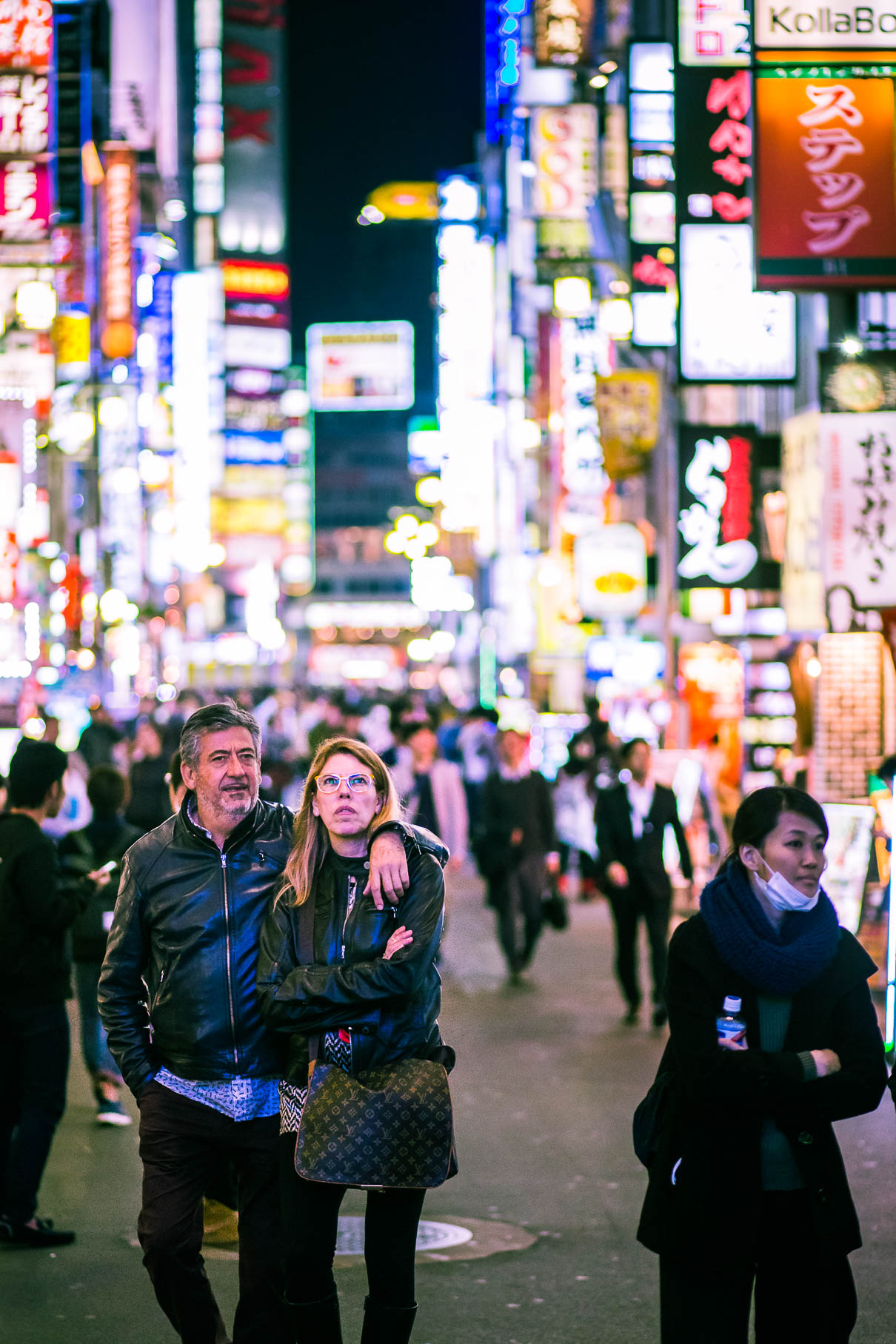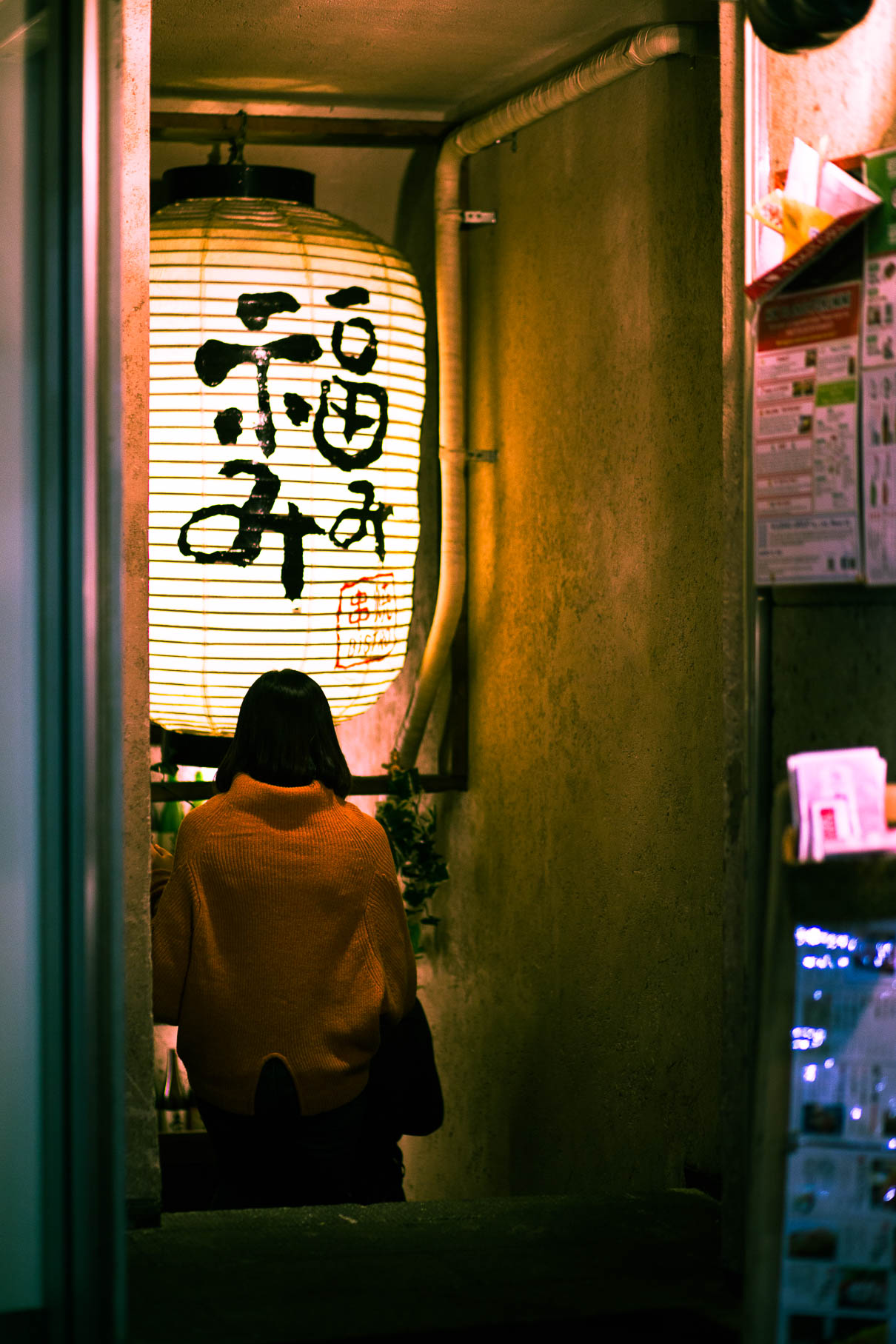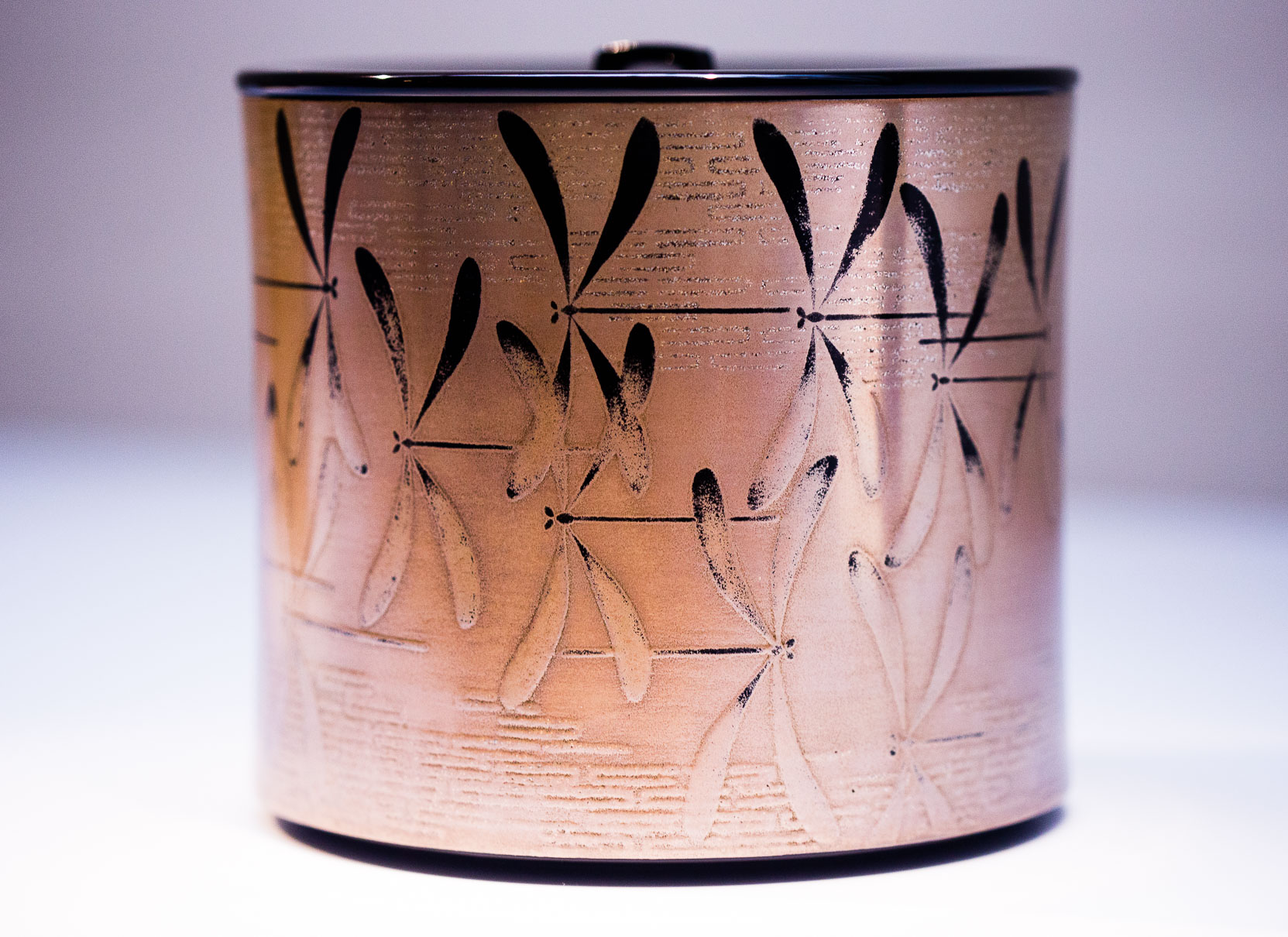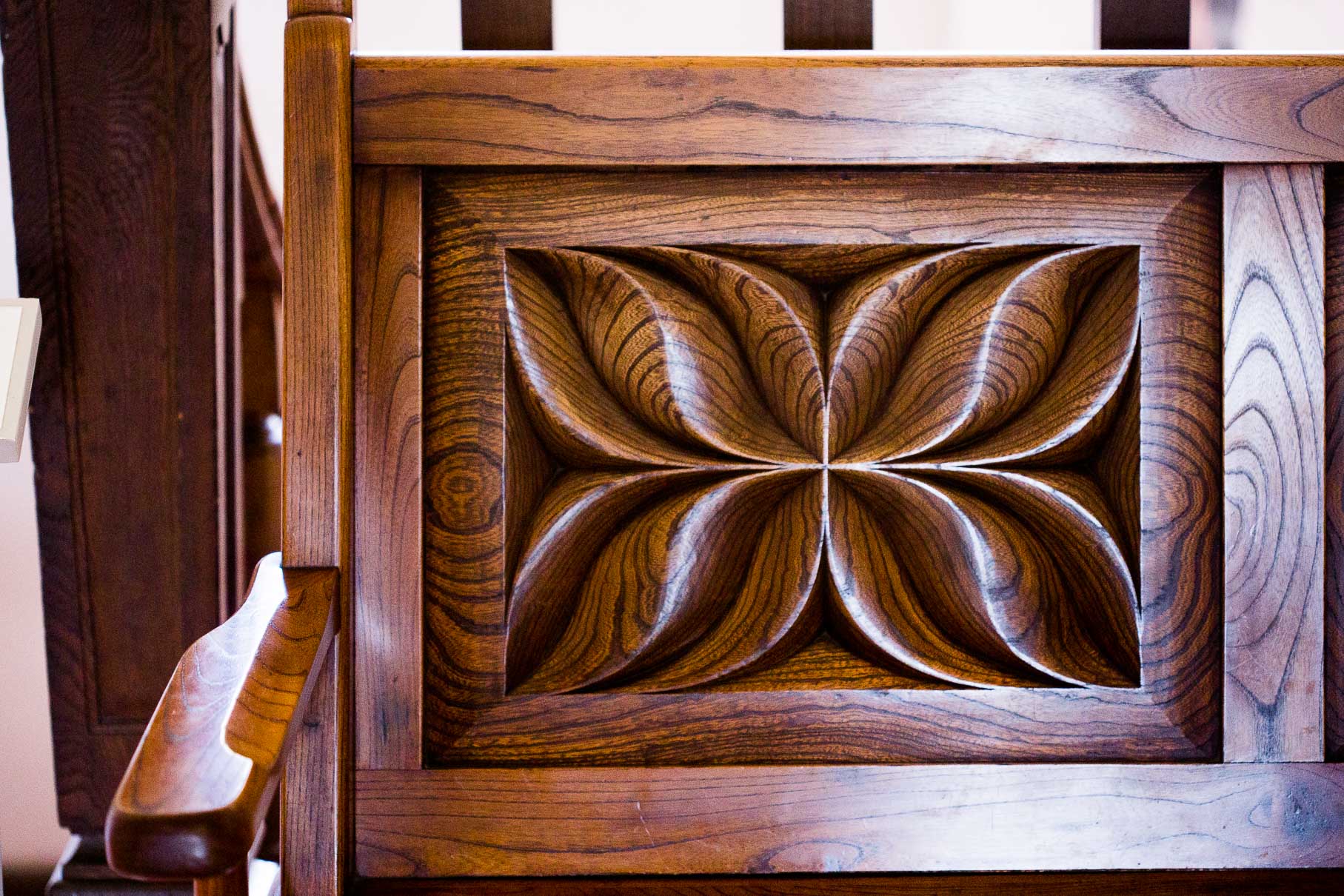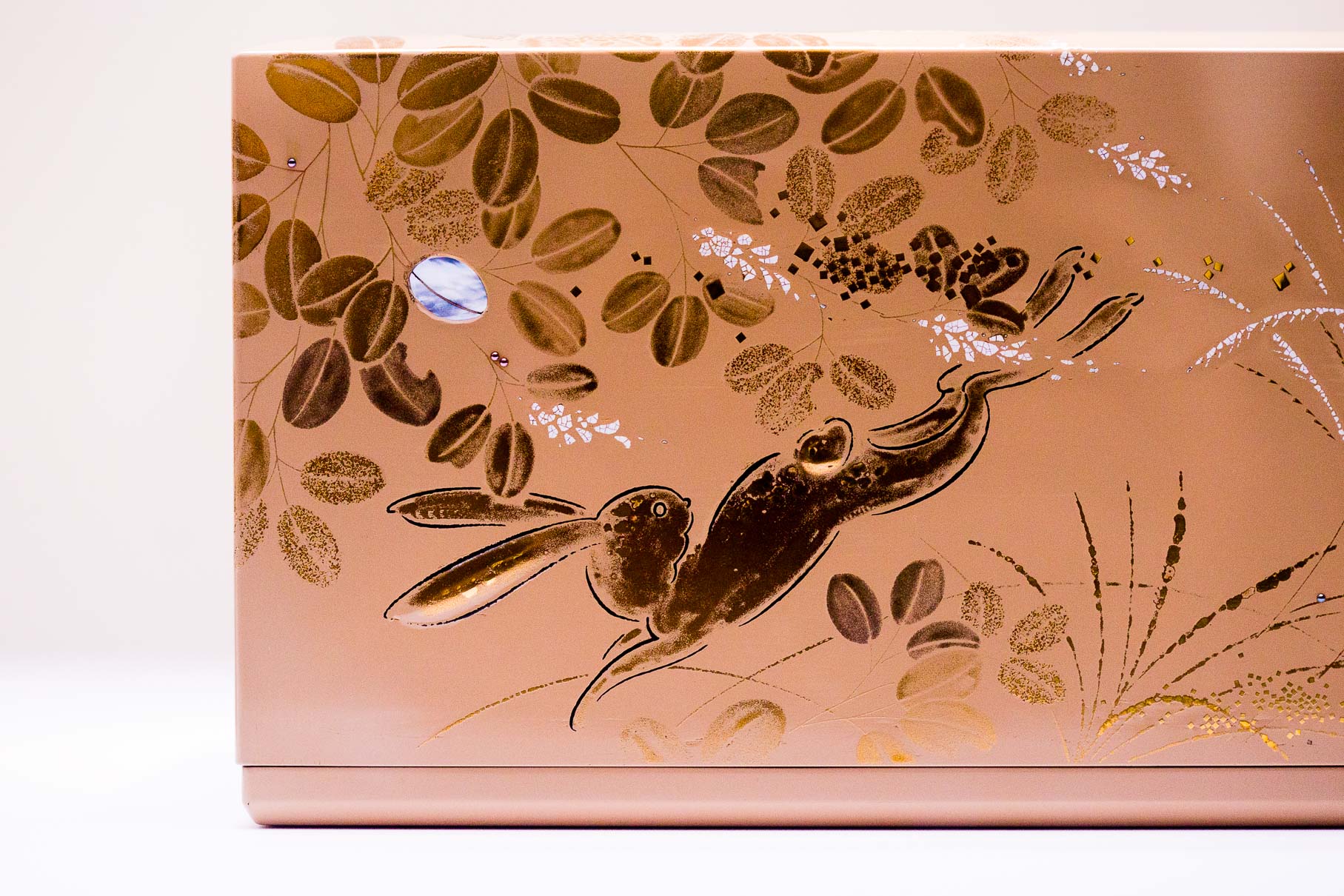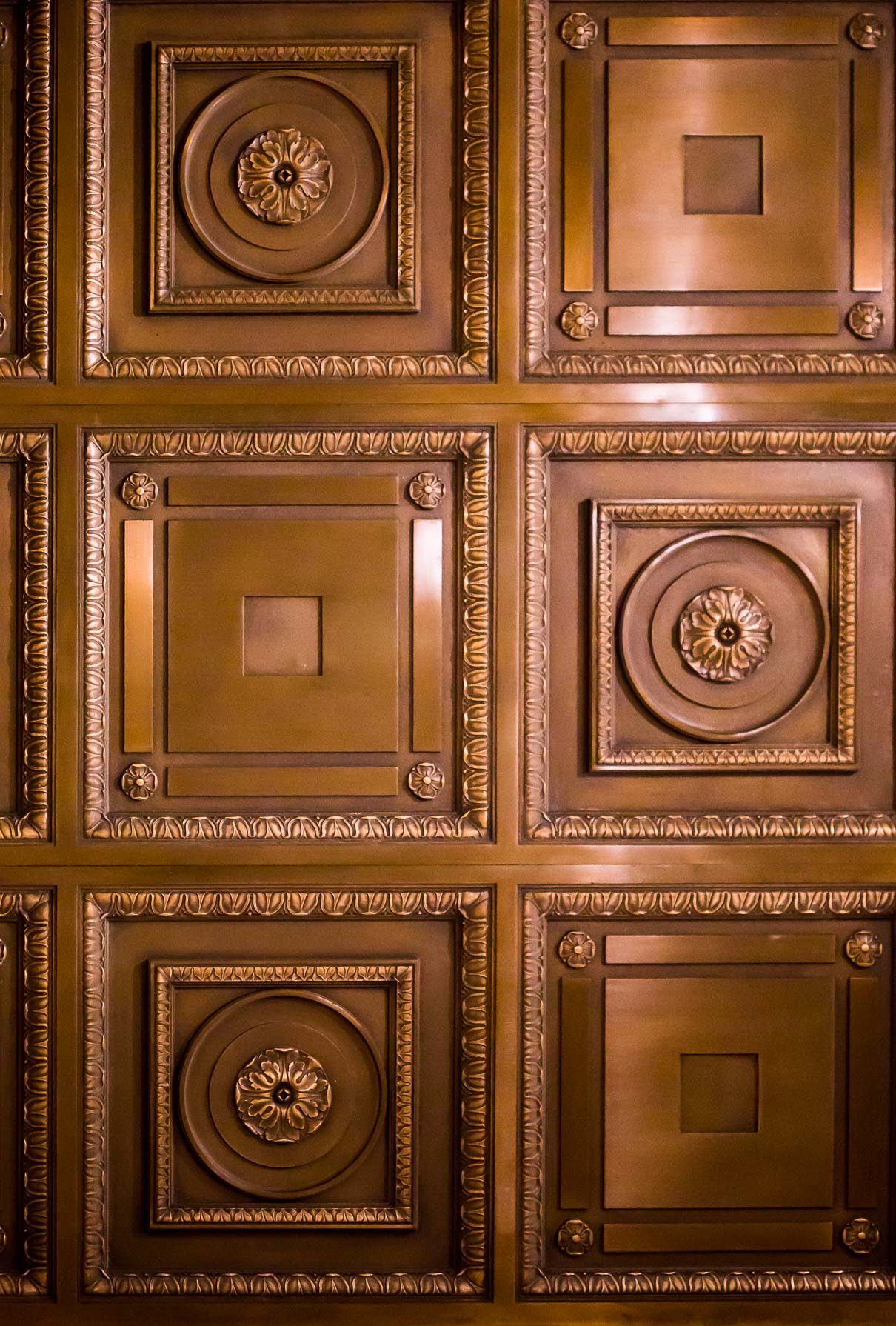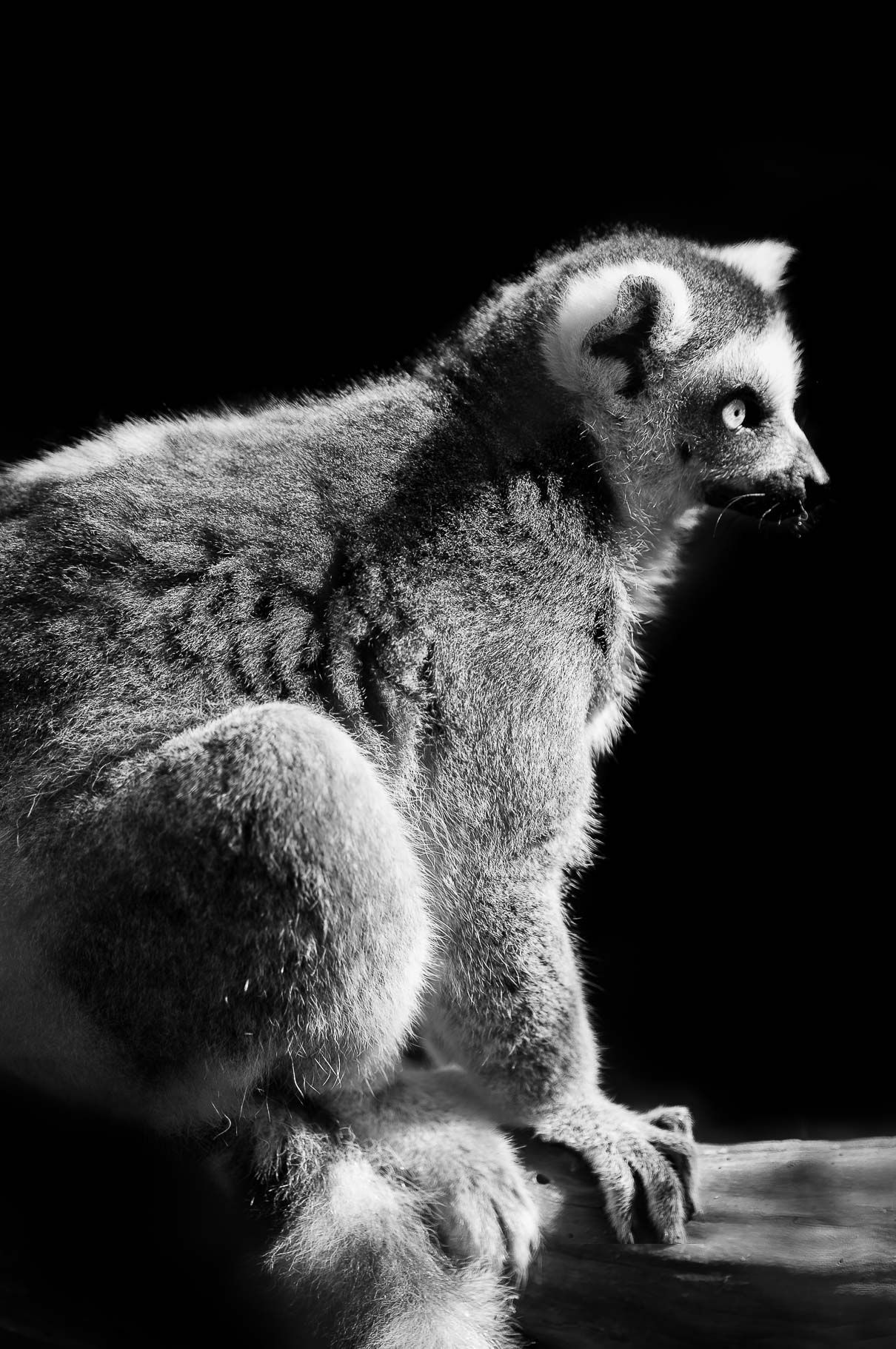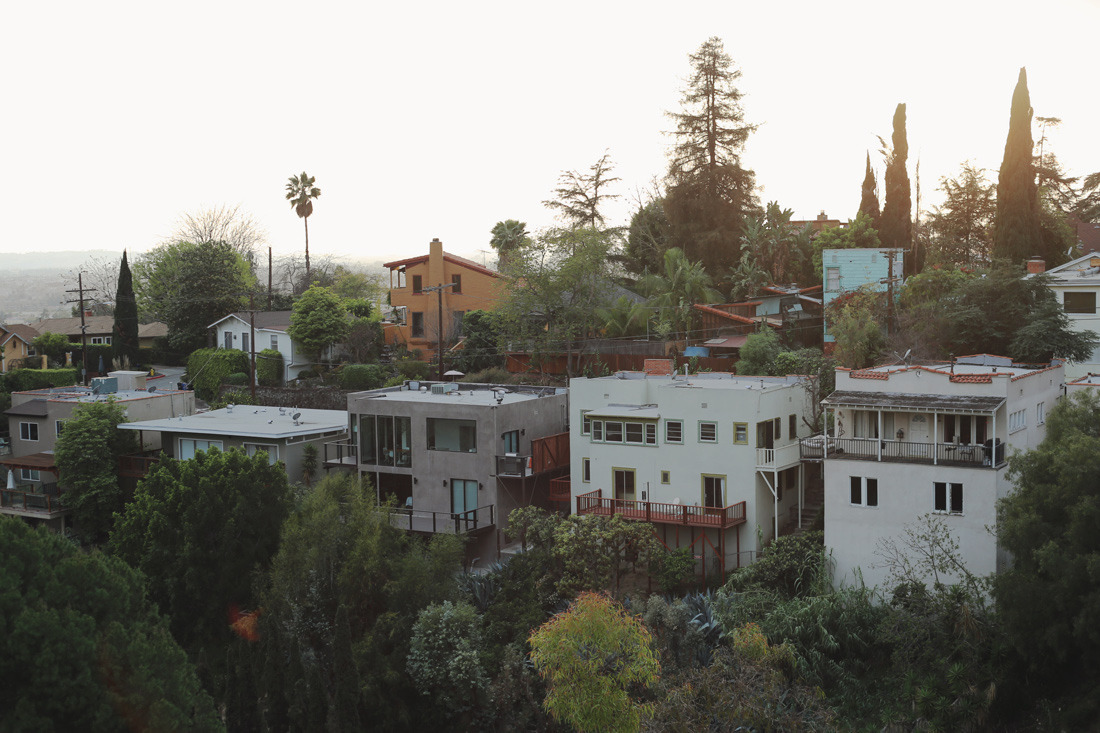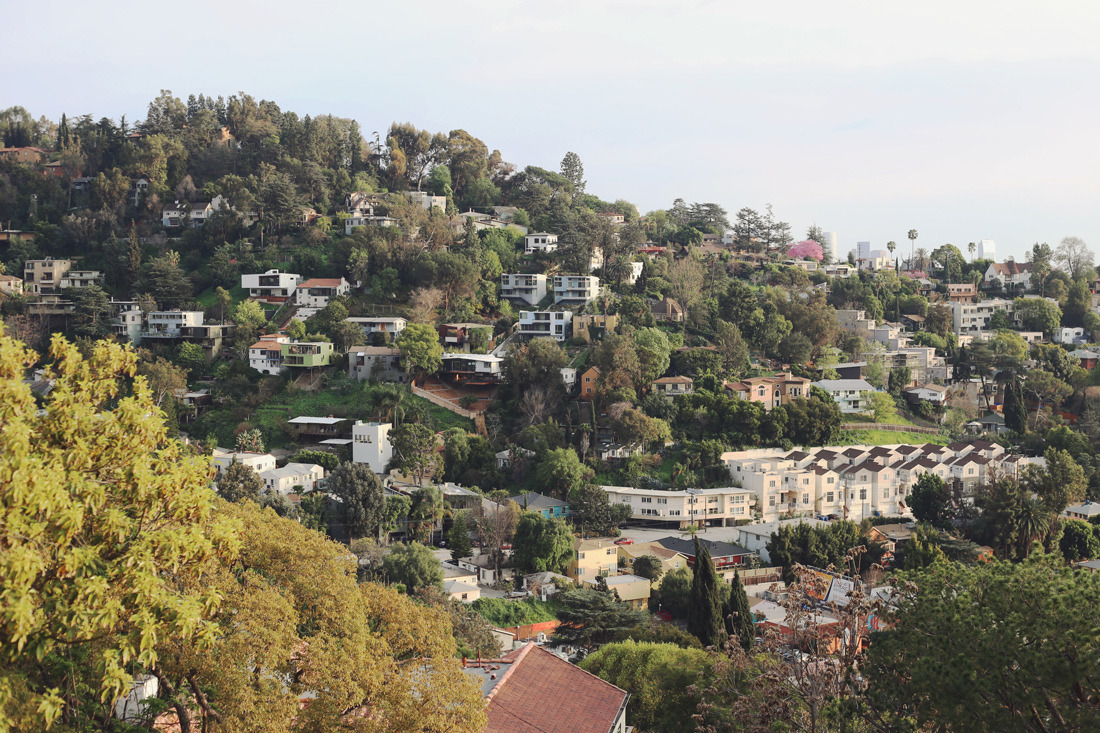In Kyoto, the old capital of Japan, tradition and culture were born and cultivated. The Kyoto Museum of Traditional Crafts houses a stunning collection of treasures, featuring hand-painted kimonos, lacquer boxes, and intricate sculptures. The furniture and fixtures within the museum are works of art themselves.
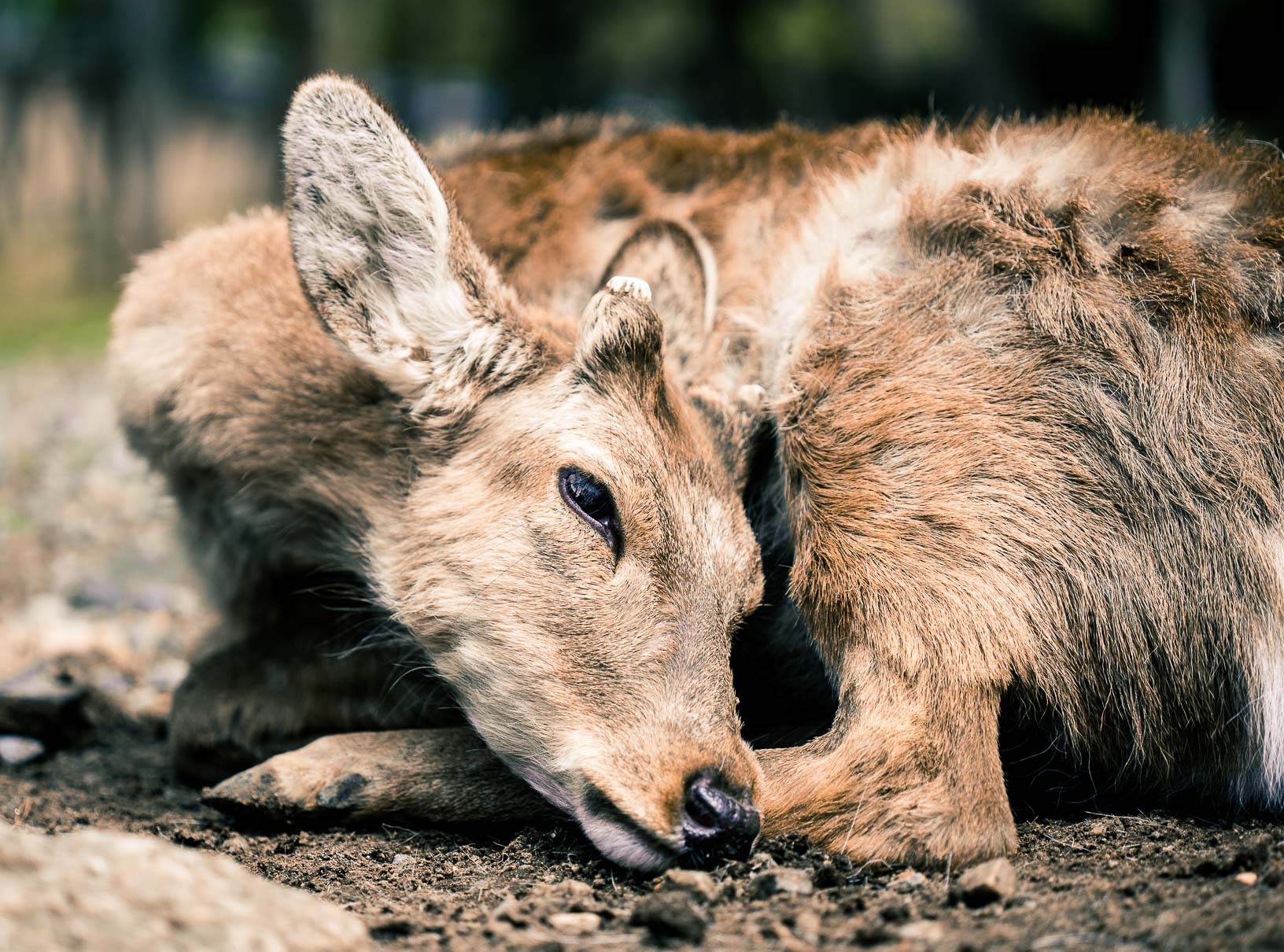
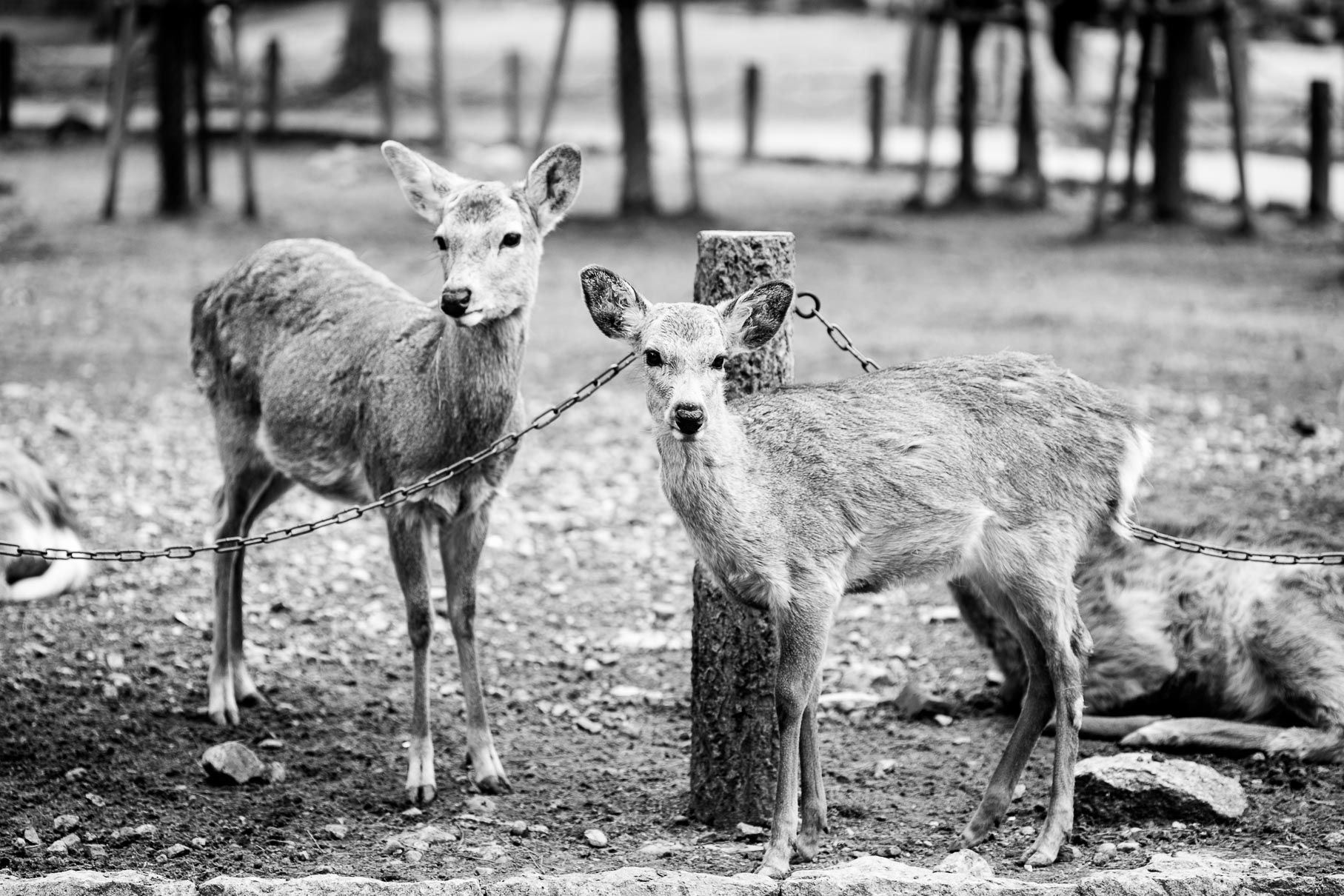
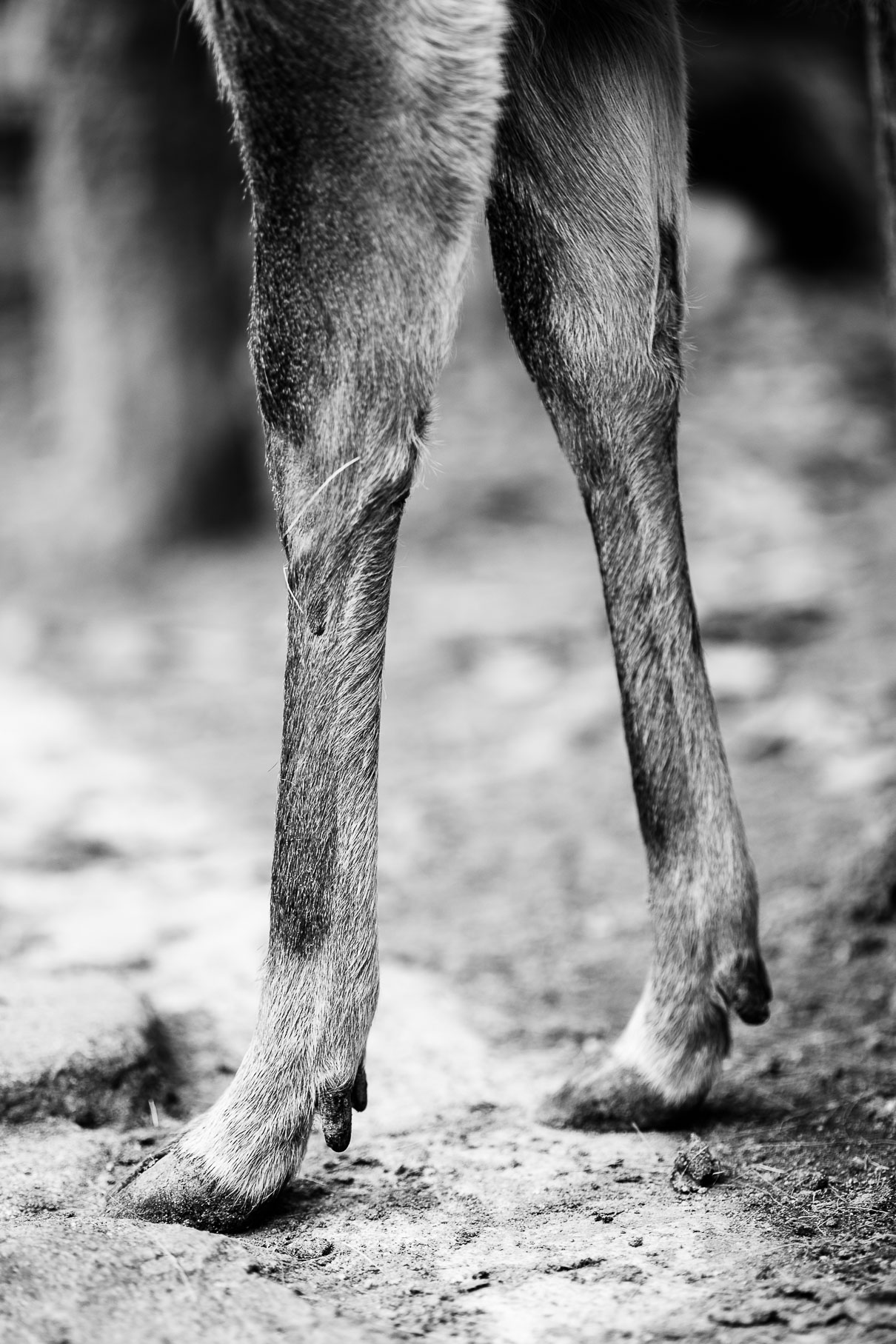
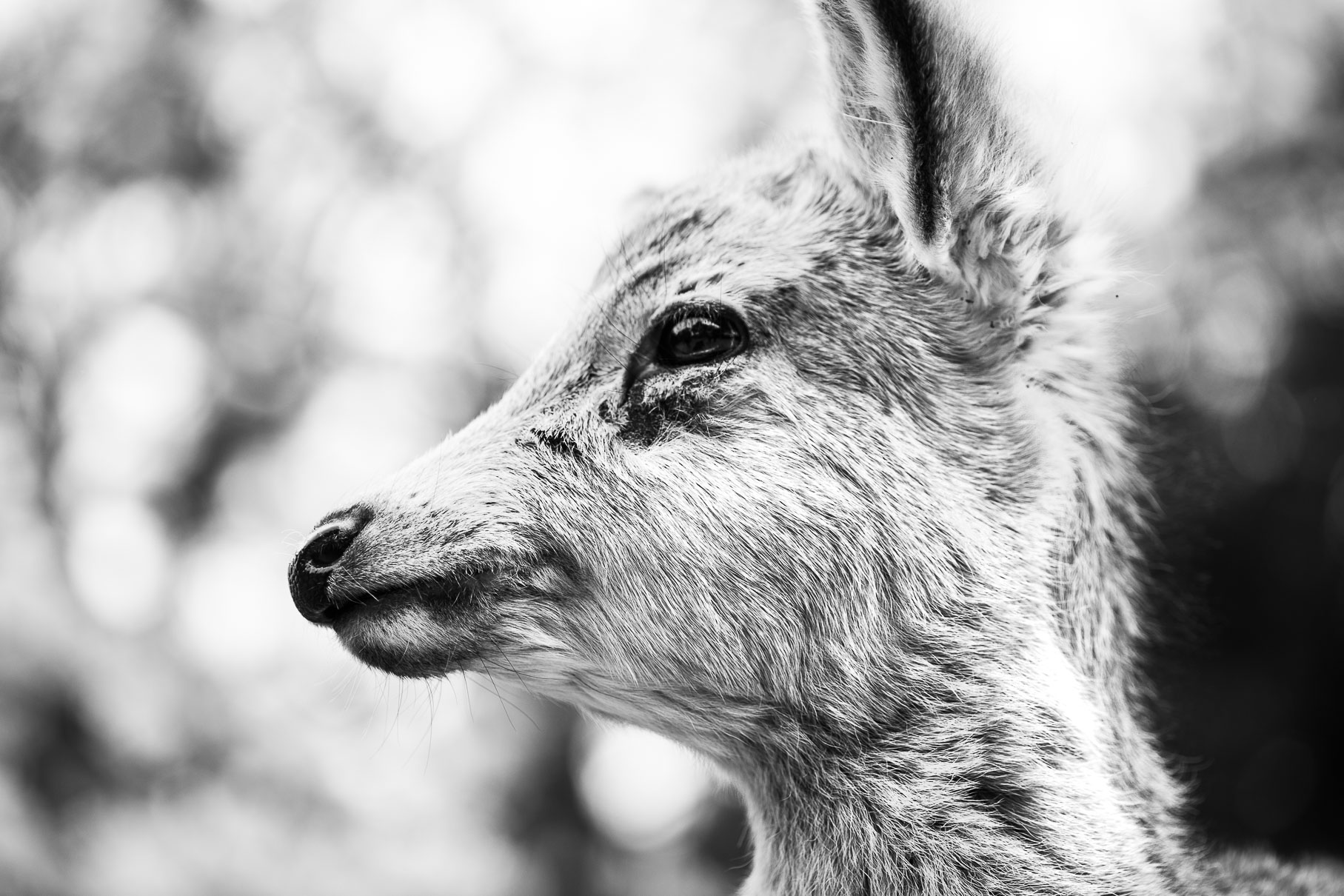
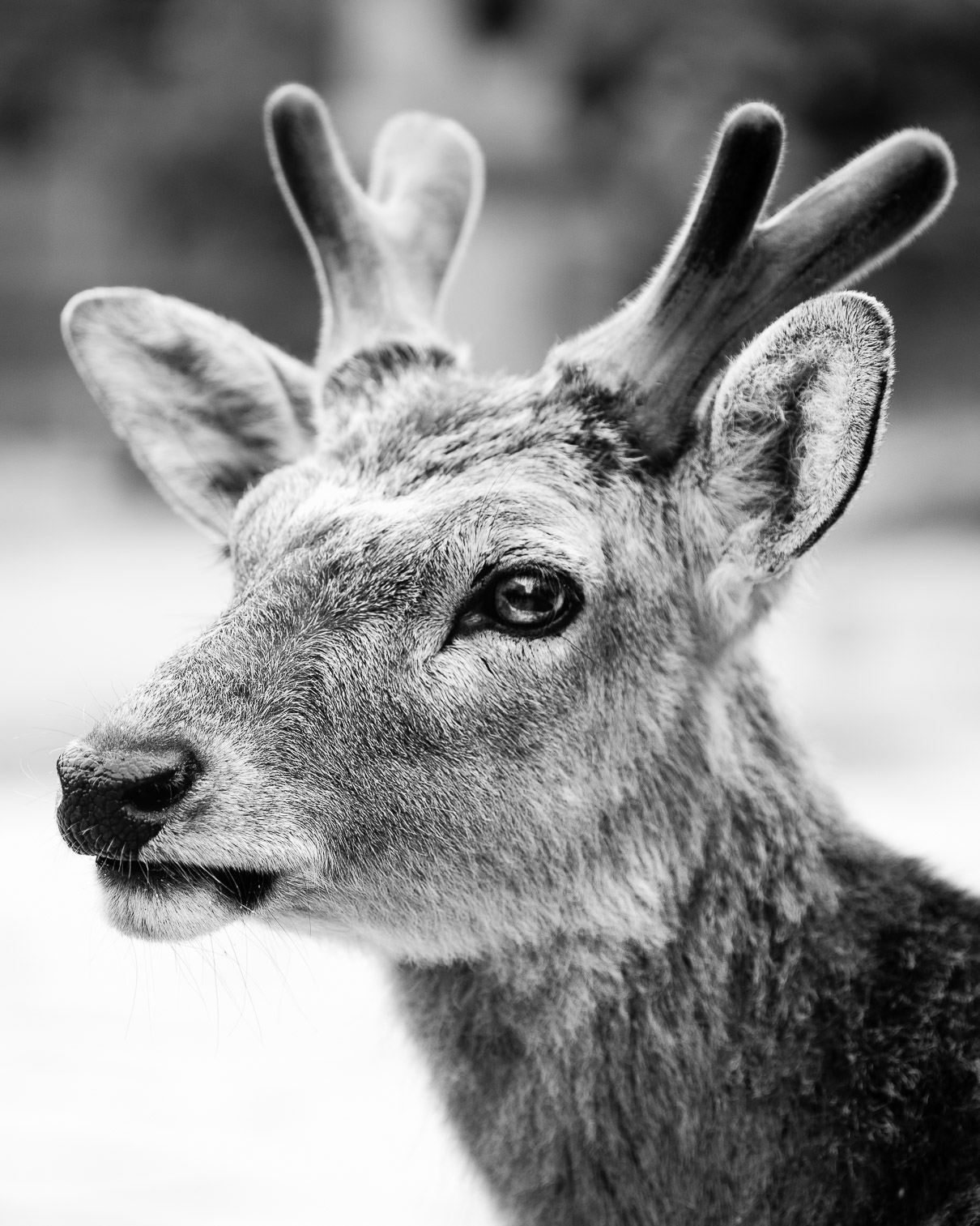
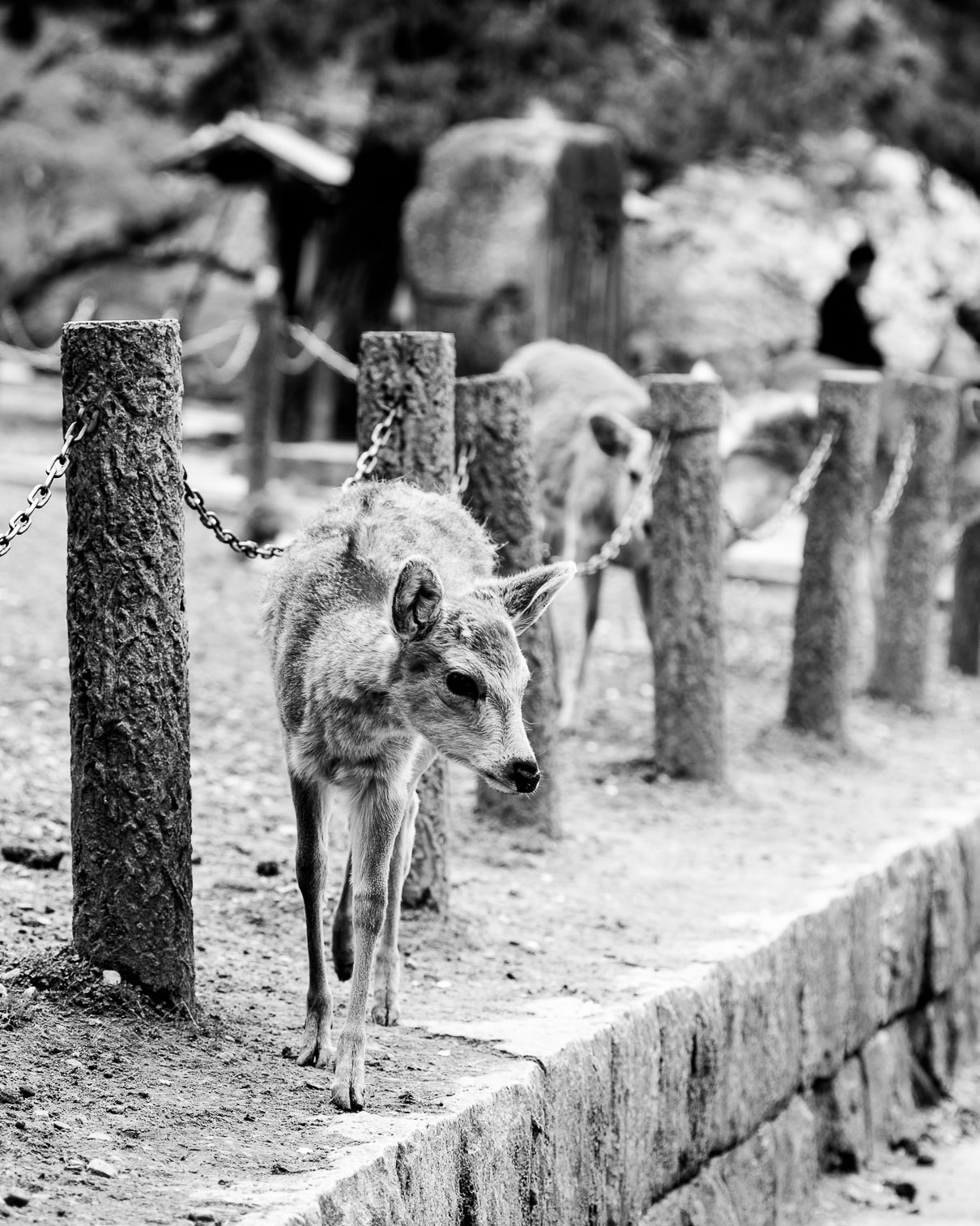
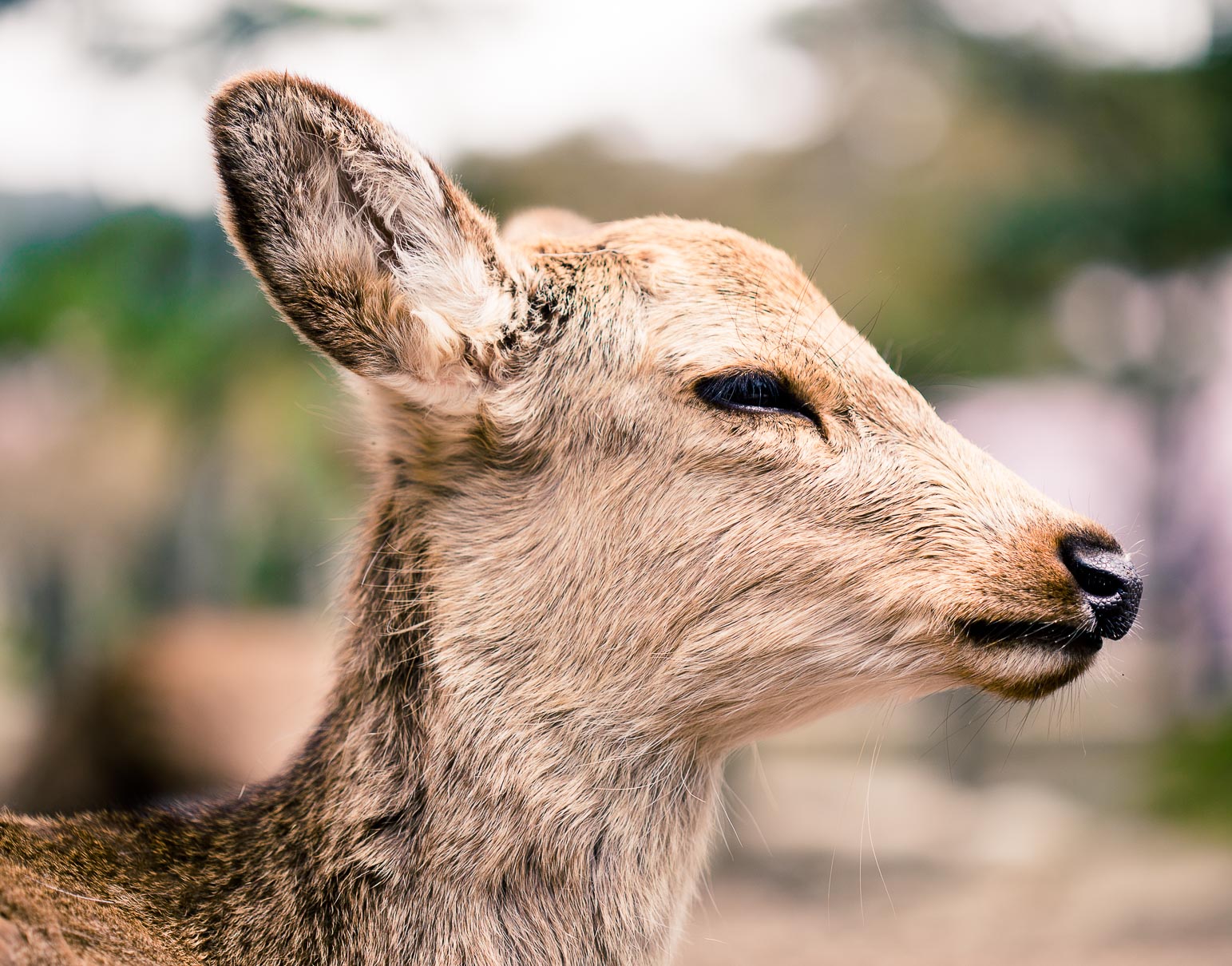

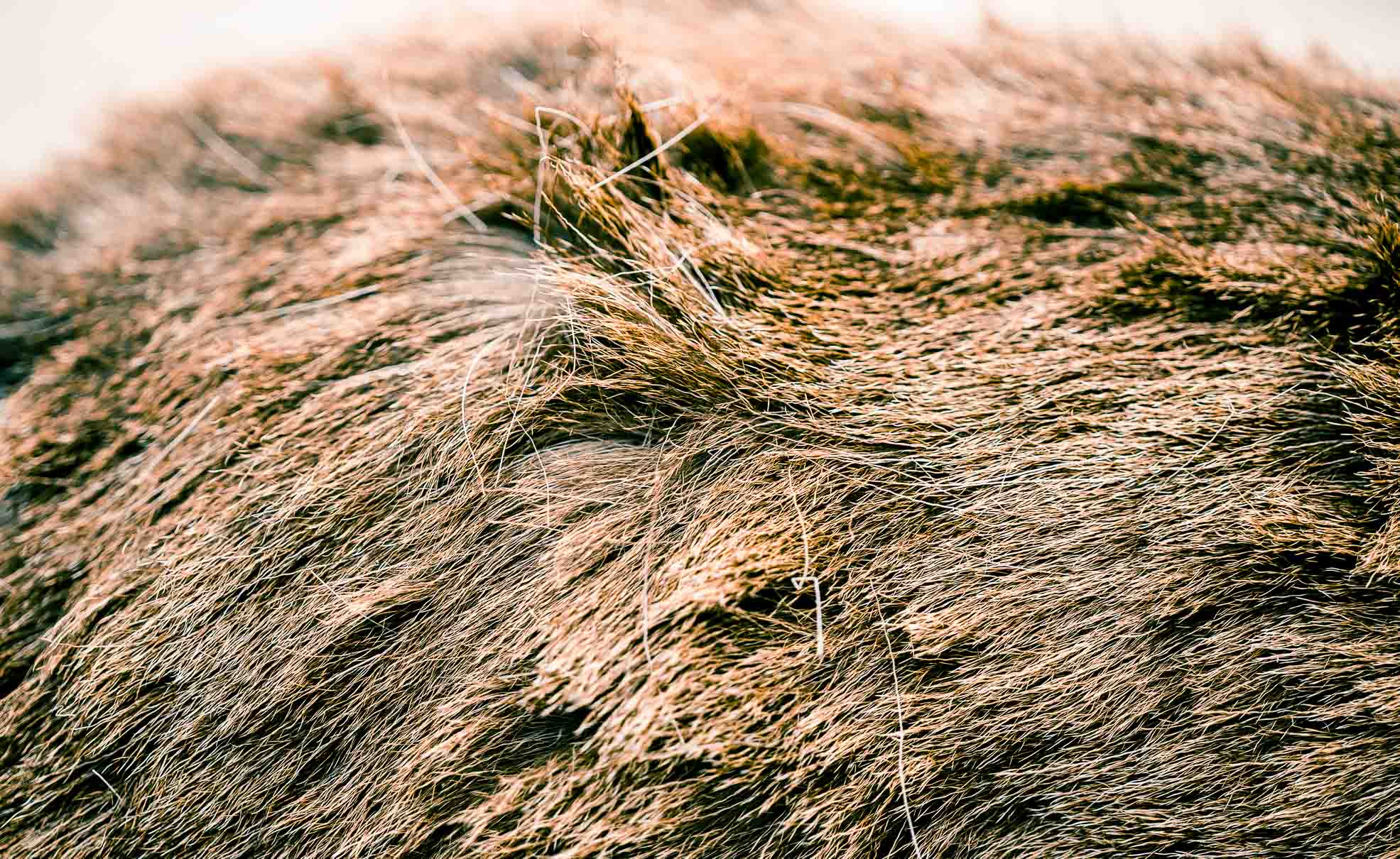
Nara Park, established in 1880 in Japan, is home to over 1,200 freely roaming sika deer. In Shinto, deer are considered to be sacred messengers of the gods. They can be found pensively resting or deviously looking for deer crackers in your pockets.


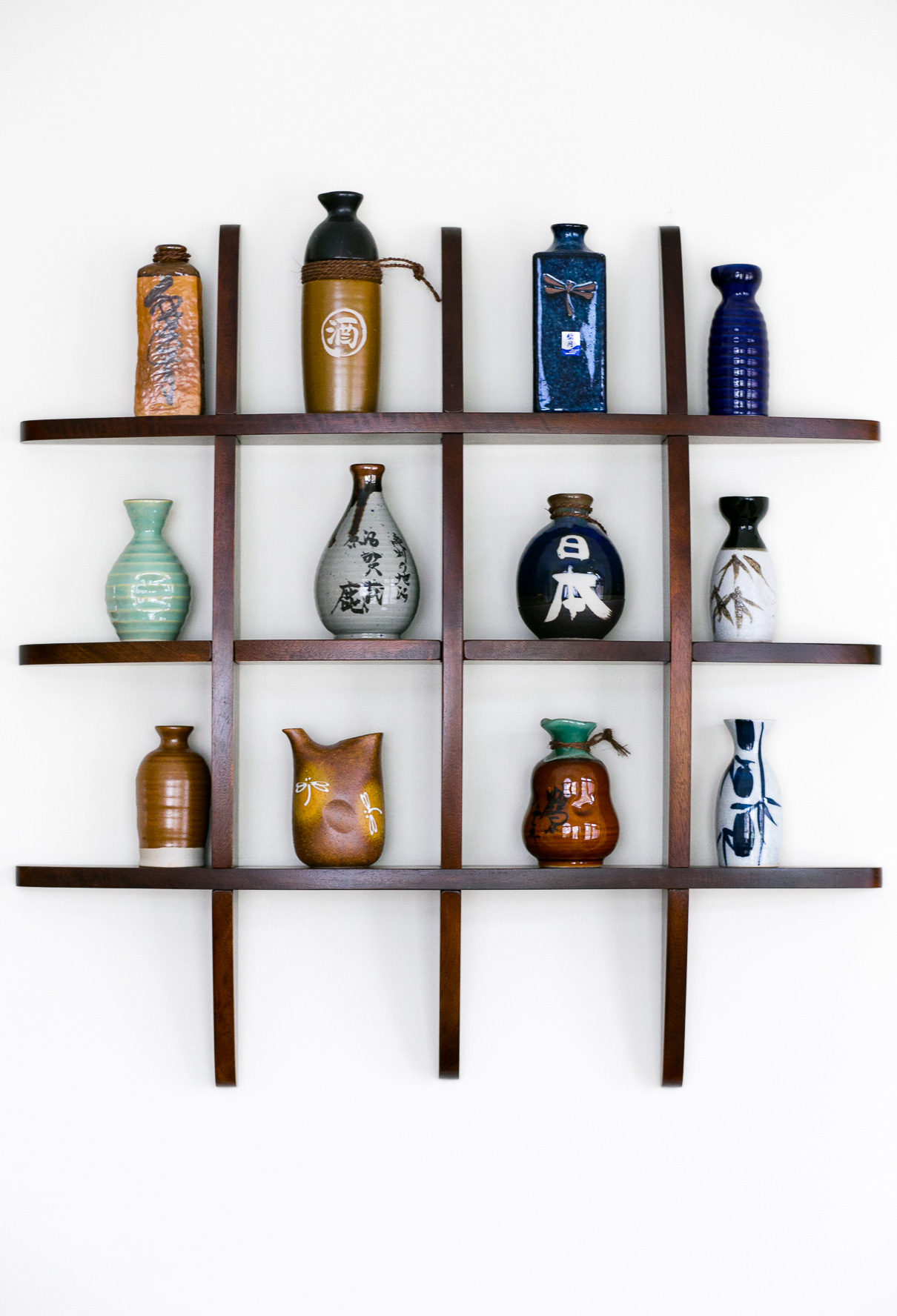


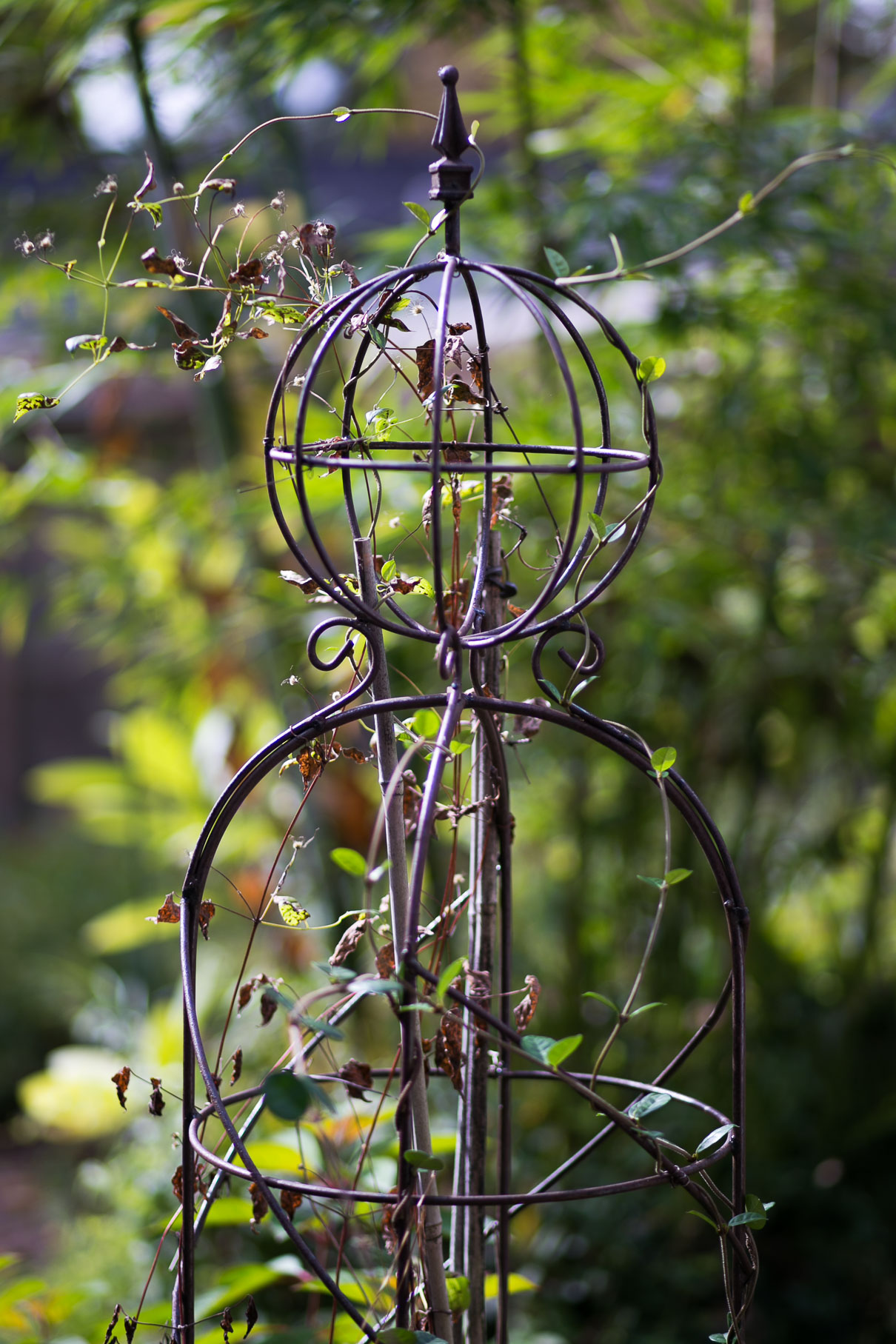





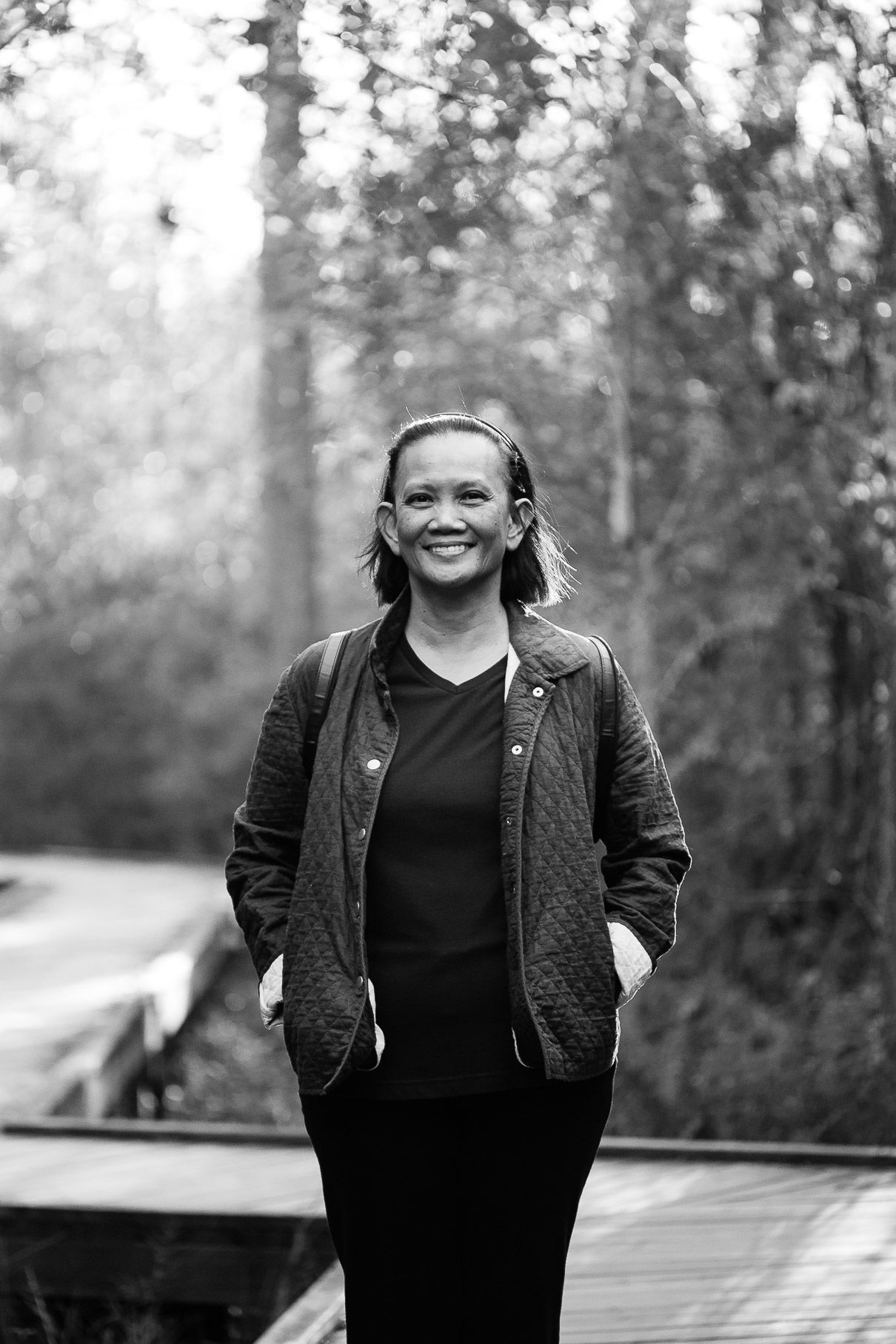
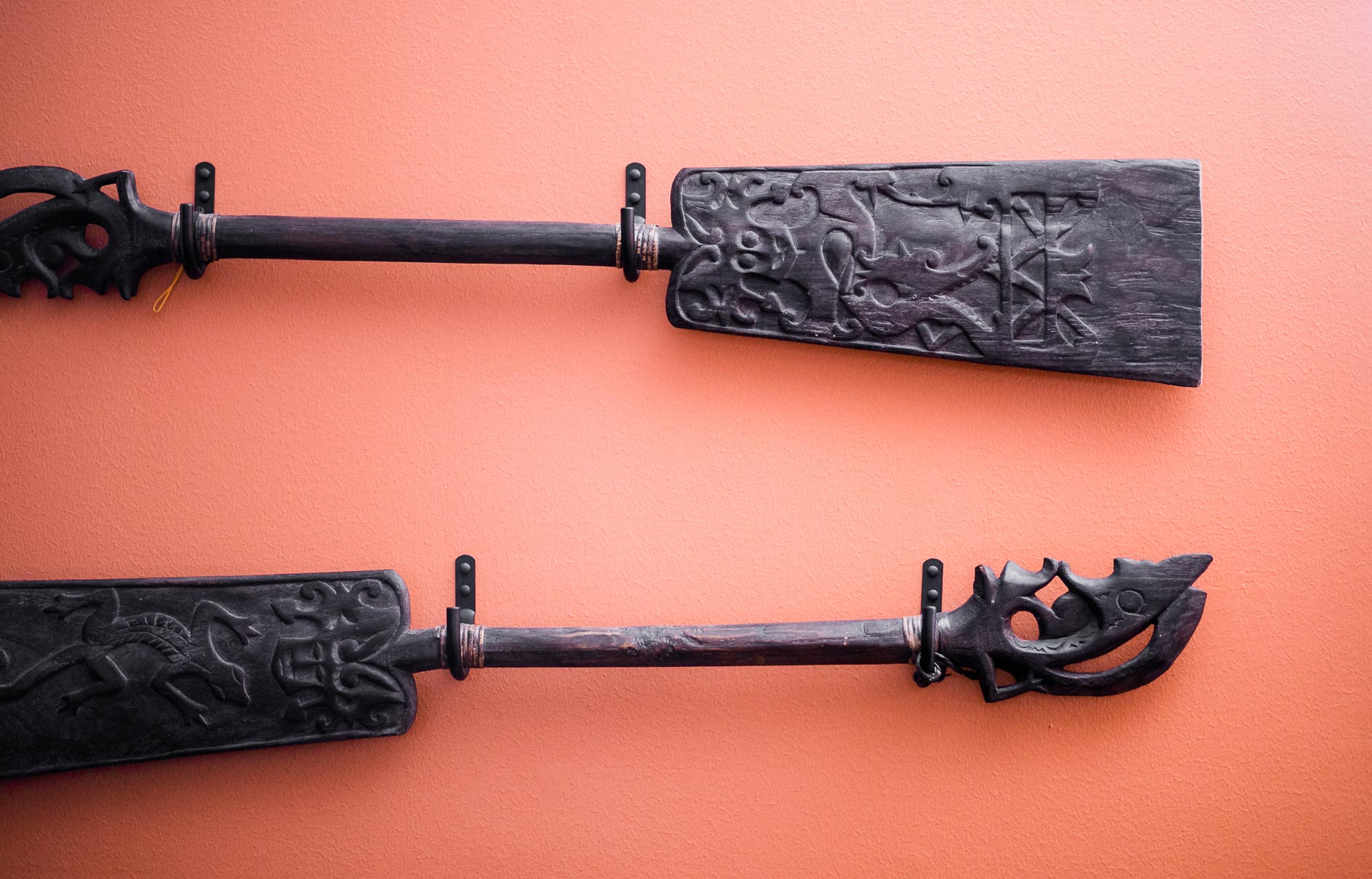
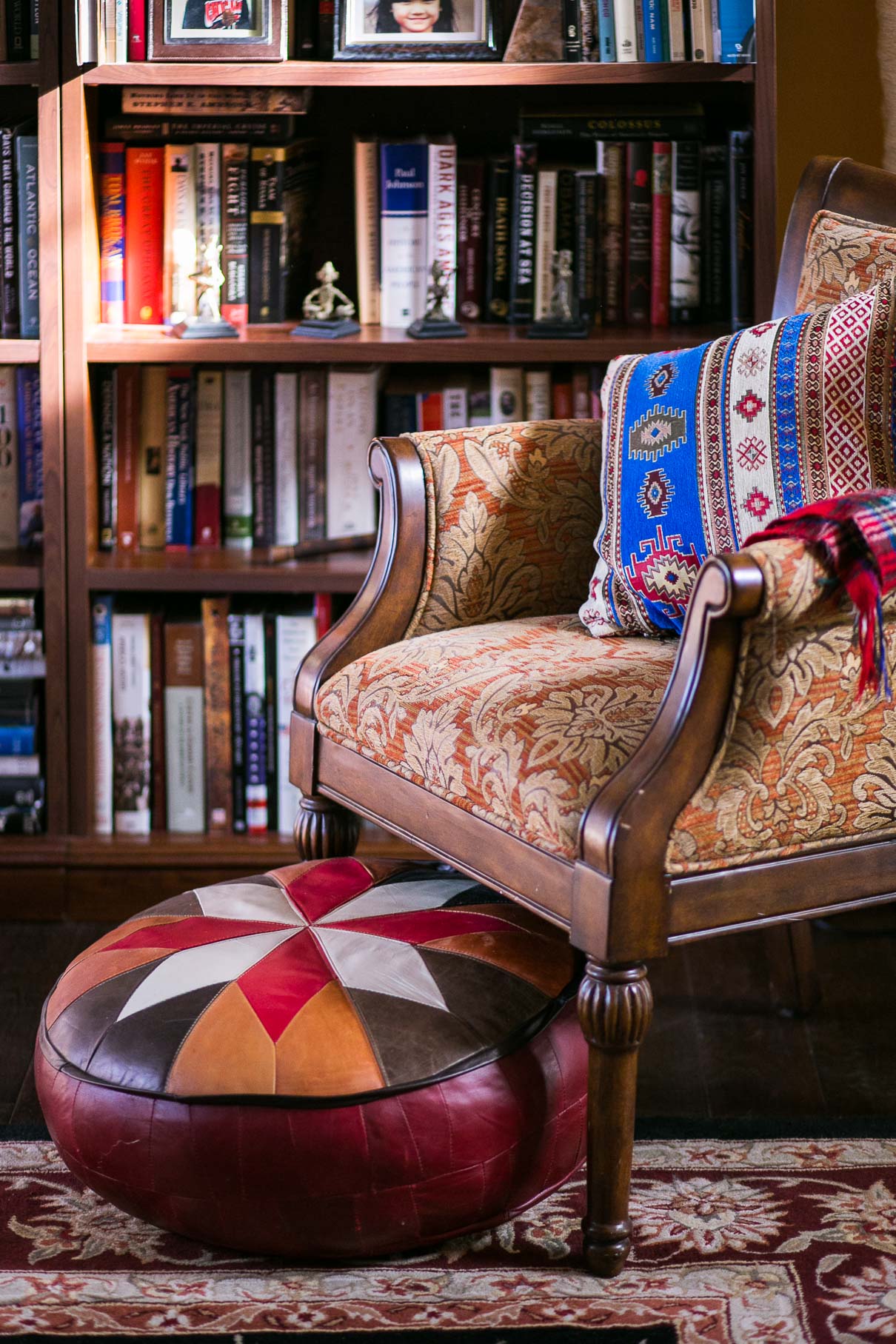
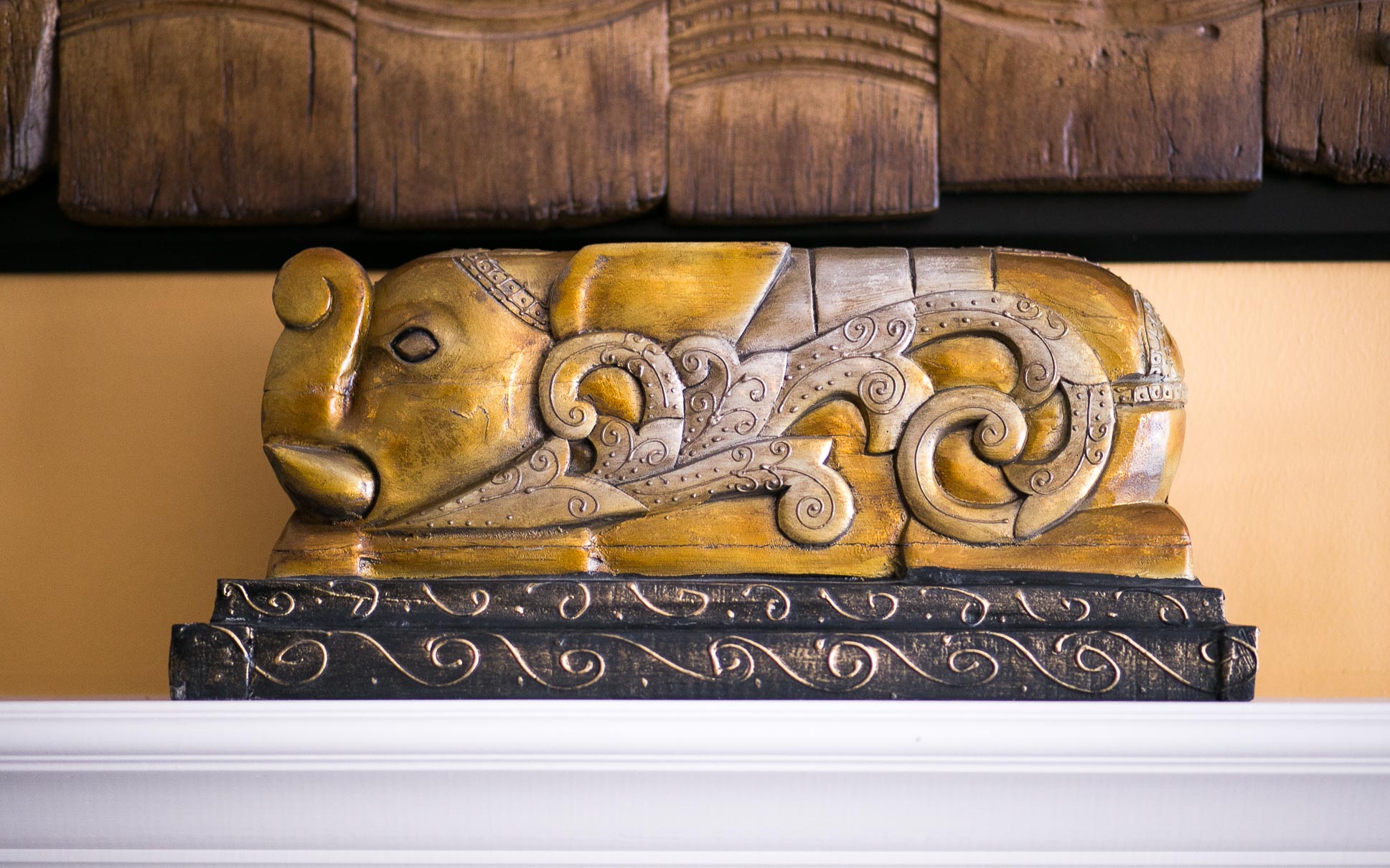
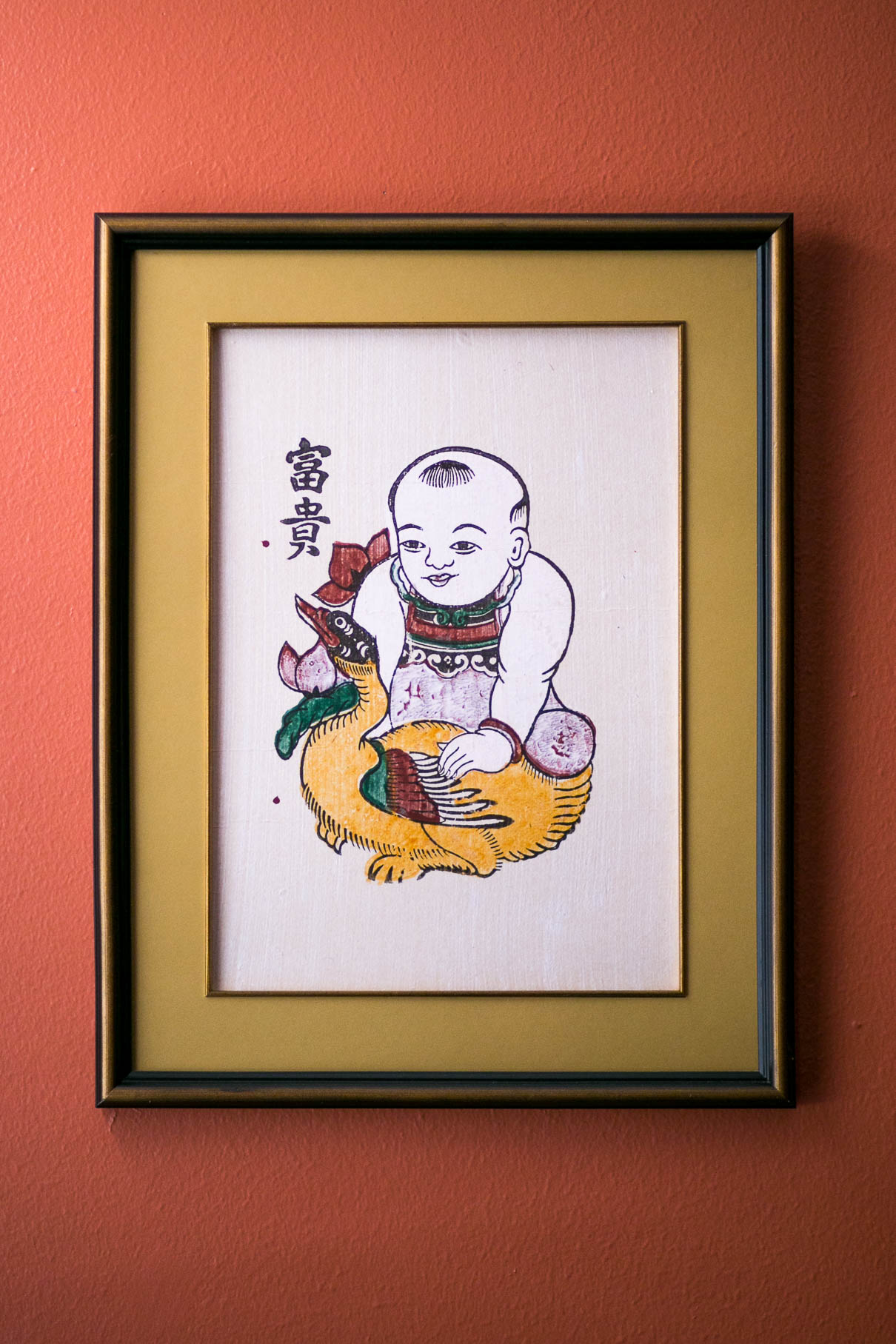
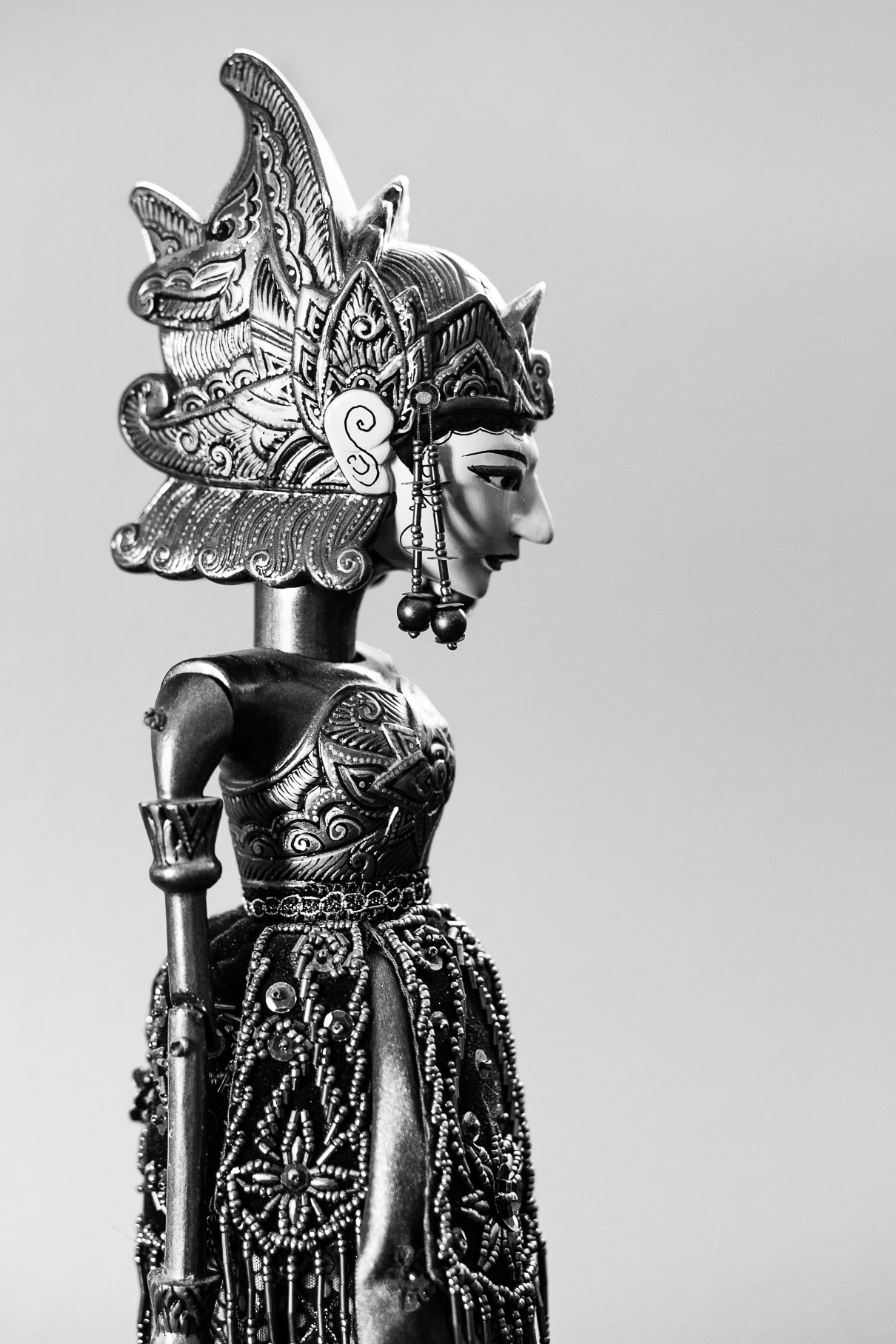
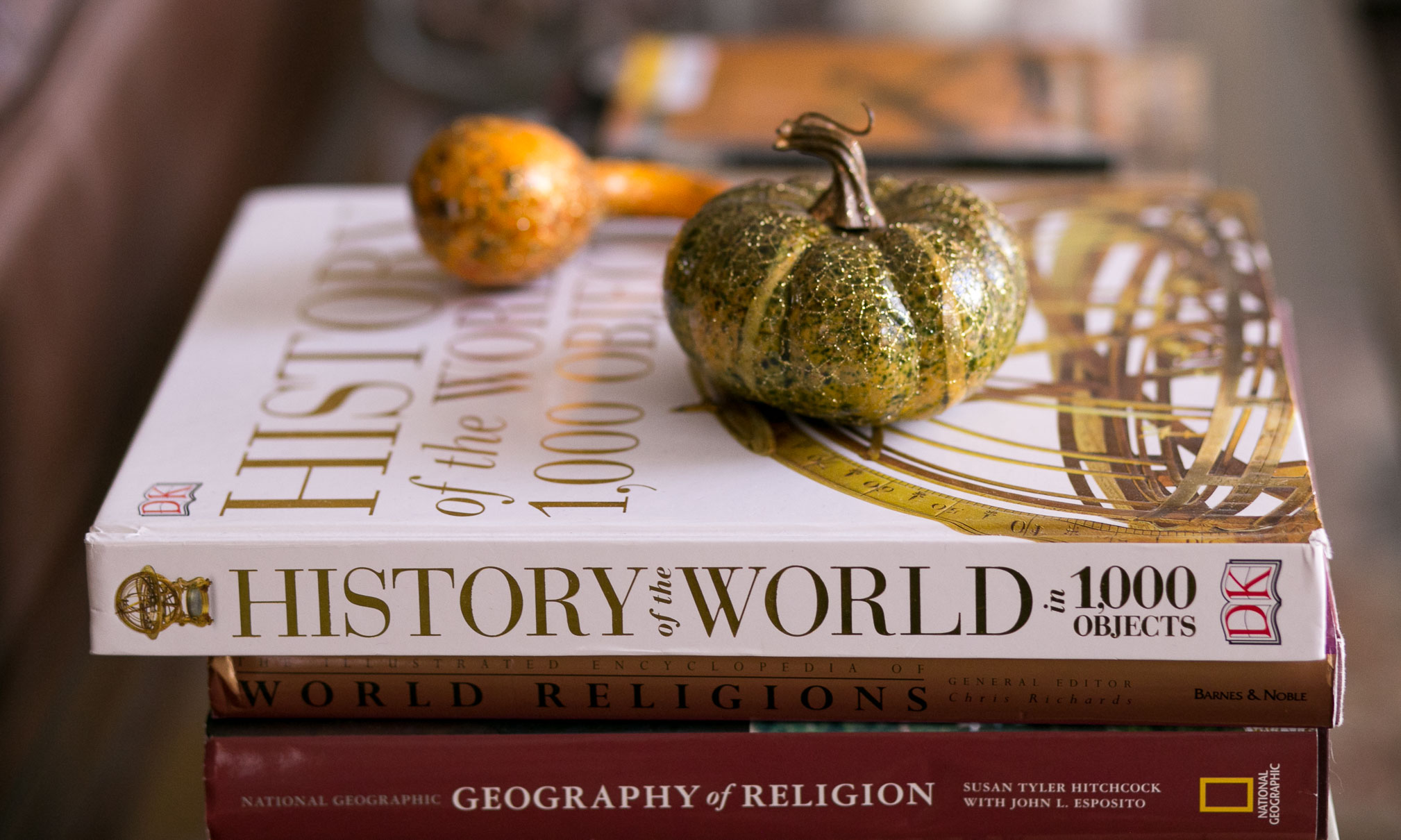
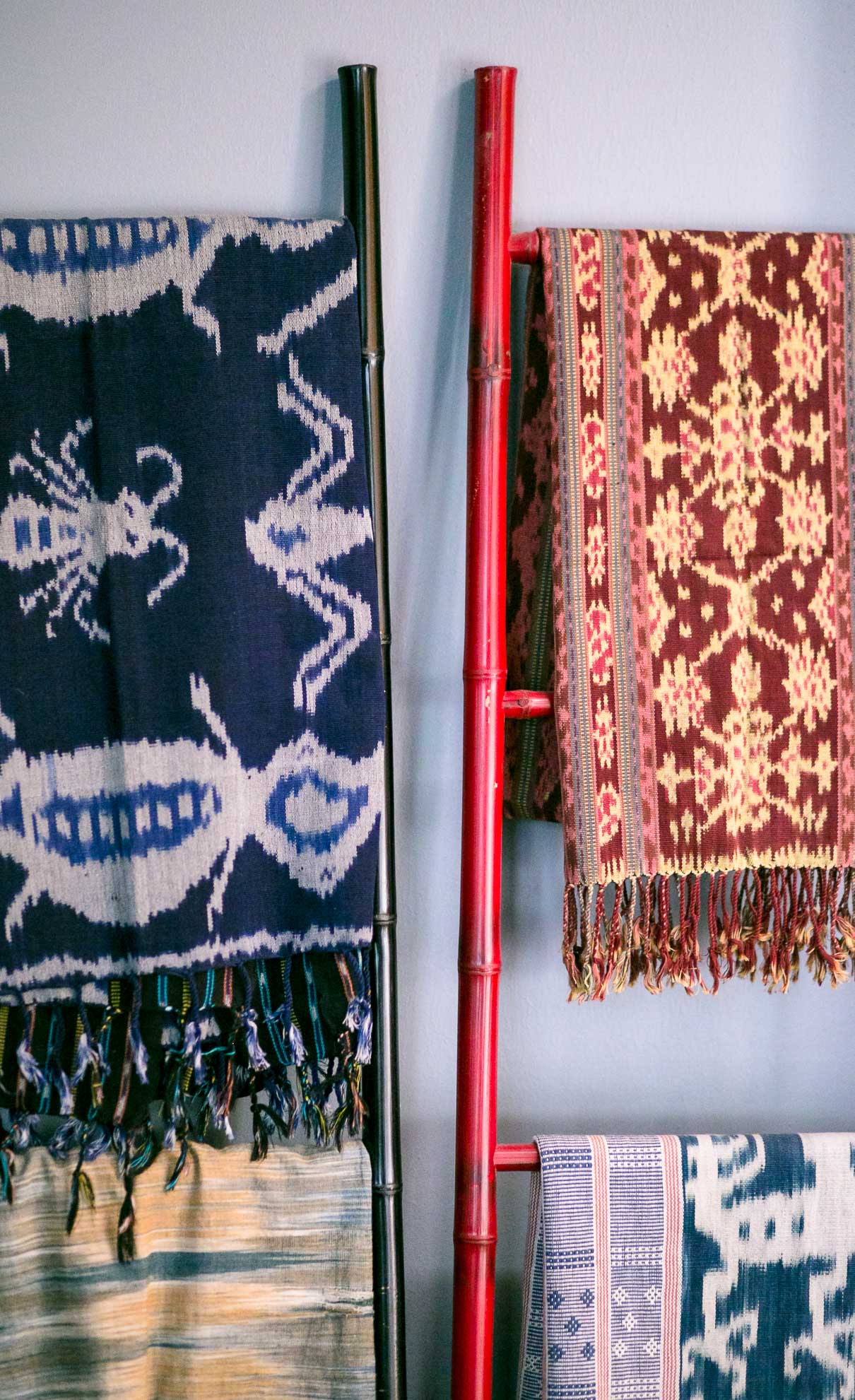
Details of my childhood home, my headquarters for interesting handicrafts and an abundance of books.
The Gentle Barn, located in Santa Clarita, is an sanctuary for animals who have suffered severe abuse and neglect and are too old, sick, weak, or scared to be adopted into homes.
The barn rescues horses, donkeys, cows, pigs, sheep, goats, turkeys, chickens, llamas, peacocks, emus, cats and dogs/ Through the interaction with their animals, children learn reverence for all life.
Each gaze carries a story.
A visit to Farm Sanctuary, a 26-acre shelter located on a beautiful hacienda ranch in Acton, California.
Farm Sanctuary was founded in 1986 to combat the abuses of factory farming and encourage a new awareness and understanding about farm animals. Farm Sanctuary is committed to ending cruelty to farm animals and promoting compassionate vegan living through rescue, education, and advocacy efforts.
The Farm Sanctuary residents are ambassadors for all farm animals on factory farms. These animals began their lives abused and neglected and now spend their days digging in the dirt, basking in the sun, and napping in the straw.
A visit to Wildlife Learning Center, a wildlife park in Sylmar, California.
The park is home to over 100 displaced, rescued, and zoo-born animals. The center’s biologists are dedicated to life-long care for the animals and gives talks regularly throughout the day to educate and inspire visitors to care for wildlife.
Pictured above is Zeus is a blind Western Screech Owl with eyes that look like a starry night sky. Newton, fierce and much larger than little Zeus, is a tawny owl.
Machu Picchu, one of the seven wonders of the world, is a 15th-century Inca citadel situated in the near the Cusco region of Peru. Machu Picchu is perched high in the Andes Mountains about the Urubamba River valley. The Urubamba River is also called Willkamayu, Quechua for "Sacred River".
Terraces — The Inca engineered stepped agricultural systems along the sides of mountains and hills. These terraces were built to enable irrigation of crops, protect against landslides, and reduce soil erosion from heavy rainfall.
Sacred Rock — Overlooking the central plaza of Machu Picchu is the Sacred Rock, a large stone that resembles Yanantin Mountain behind it. Sacred Rock is a powerful symbol of Machu Picchu and is recognized as a spiritual area for meditation and absorbing positive energies.
Made to Measure — Machu Picchu was built in the classical Inca style, with polished dry-stone walls. The Inca were masters of a construction echnique called ashlar, in which blocks of stone are cut to fit together without any mortar. This mortar-free construction helps to protect from earthquake damage.
Cusco, a city located in southeastern Peru near the Andes mountains, was the historic capital of the Inca Empire from the 13th to the 16th century. At its center is the Plaza de Armas, both the cultural and spiritual meeting place of Cusco.
Clothing: Clothing in Peru is richly steeped in tradition. Many young women wear modern clothing but may be seen in traditional dress on special ocassions, or within their communities. A typical Peruvian outfit may consist of colorful skirts, called "polleras" or "melkkhay", a carrying cloth to hold children or goods, and a hat. Anywhere from one to fifteen skirts may be layered for a graduated effect. The style of a woman's hat reflects the culture of her region or village.
Convento de San Francisco: The Covento de San Francisco is a Roman Catholic church and monastary located near the city center of Lima. The building, noted for its Spanish baroque architectural style, contains catacombs and a world-renowned library.
Alpaca: Alpaca are kept in herds that graze in the Andes mountains of Peru. Alpaca textiles are known for their lustrous, silky quality. The fibers, which come in 52 natural colors in Peru, are used to make blankets, gloves, hats, scarves, and more. Throughout the streets of Cusco, there are many traditionally dressed women carrying what they want tourists to believe are baby alpaca. In reality, they're baby goats.
Bravo on Sol: Cusco's streets are filled with colorful artwork and details. A beautiful and massive mural by Juan Bravo brings life to the Avenida del Sol. Completed in 1992, the artist illustrates the birth of the Inca civilization through to the Spanish conquest. Modern day independent Peru is depicted towards the end of the piece, with a symbolic winding rainbow.
Cuy: Cuy (pronounced "kwee") is one of Peru's most famous dishes. It's fried or roasted guinea pig, often cooked whole (little teeth and all) then doused in salt and garlic to crisp up the skin.




